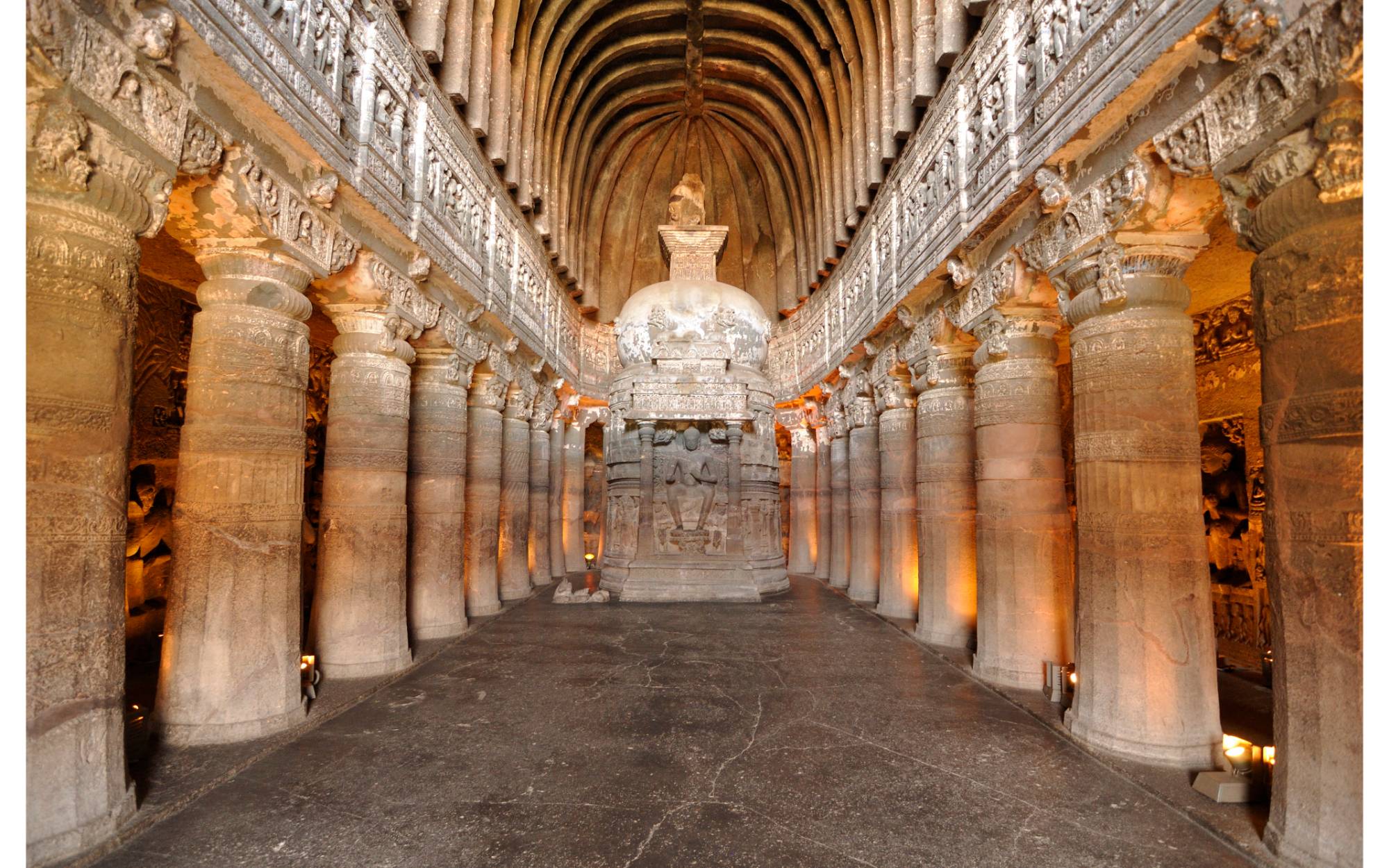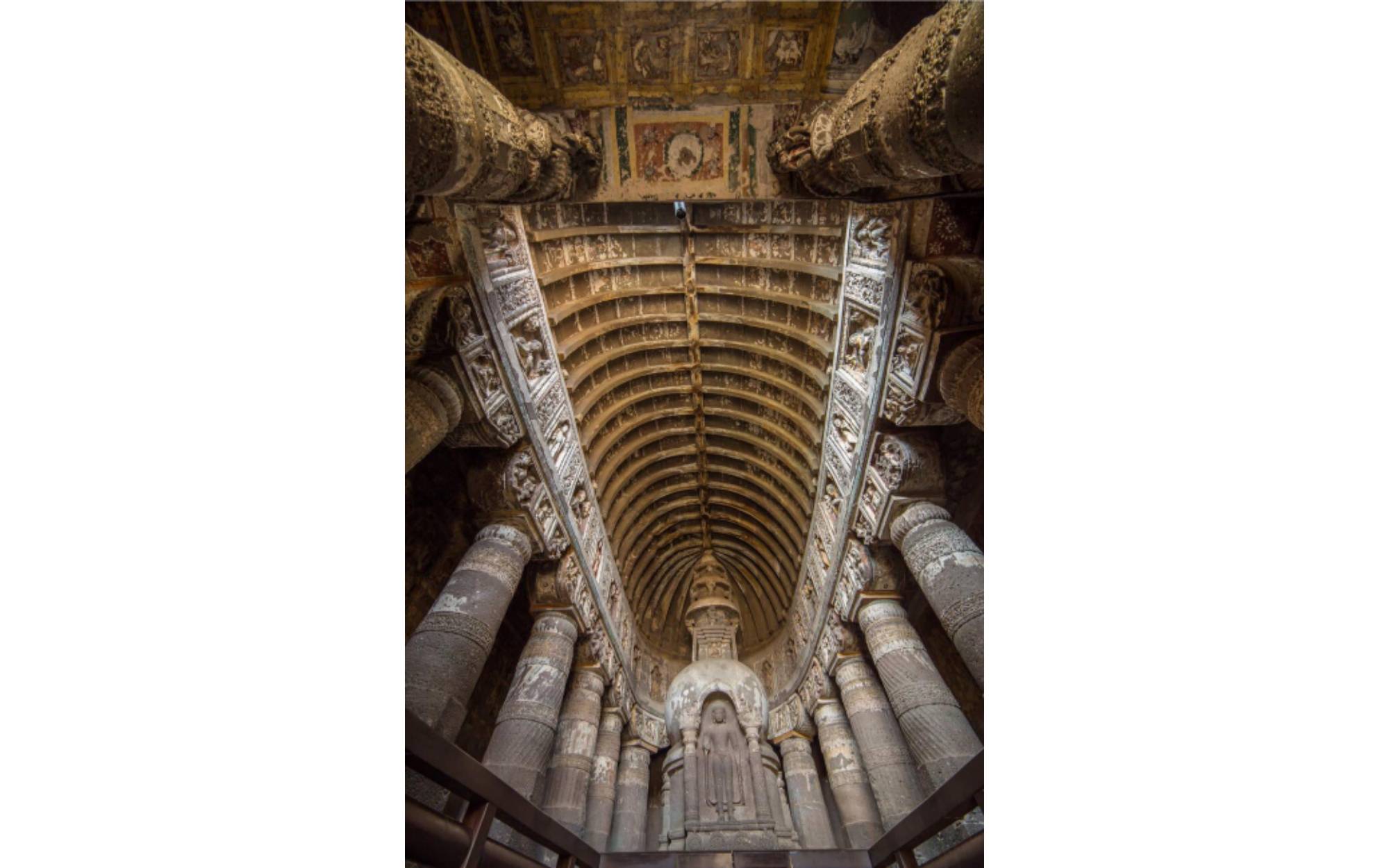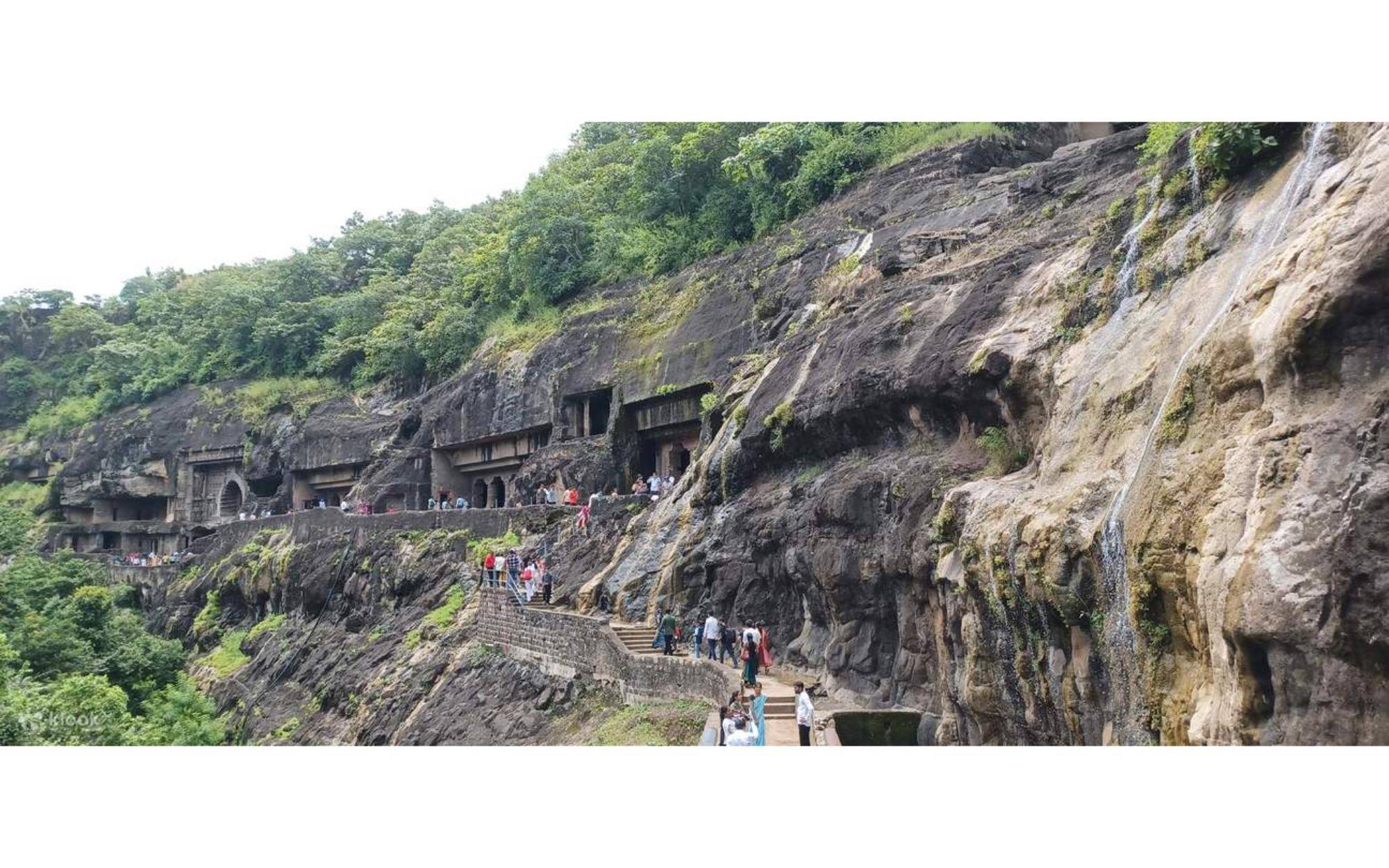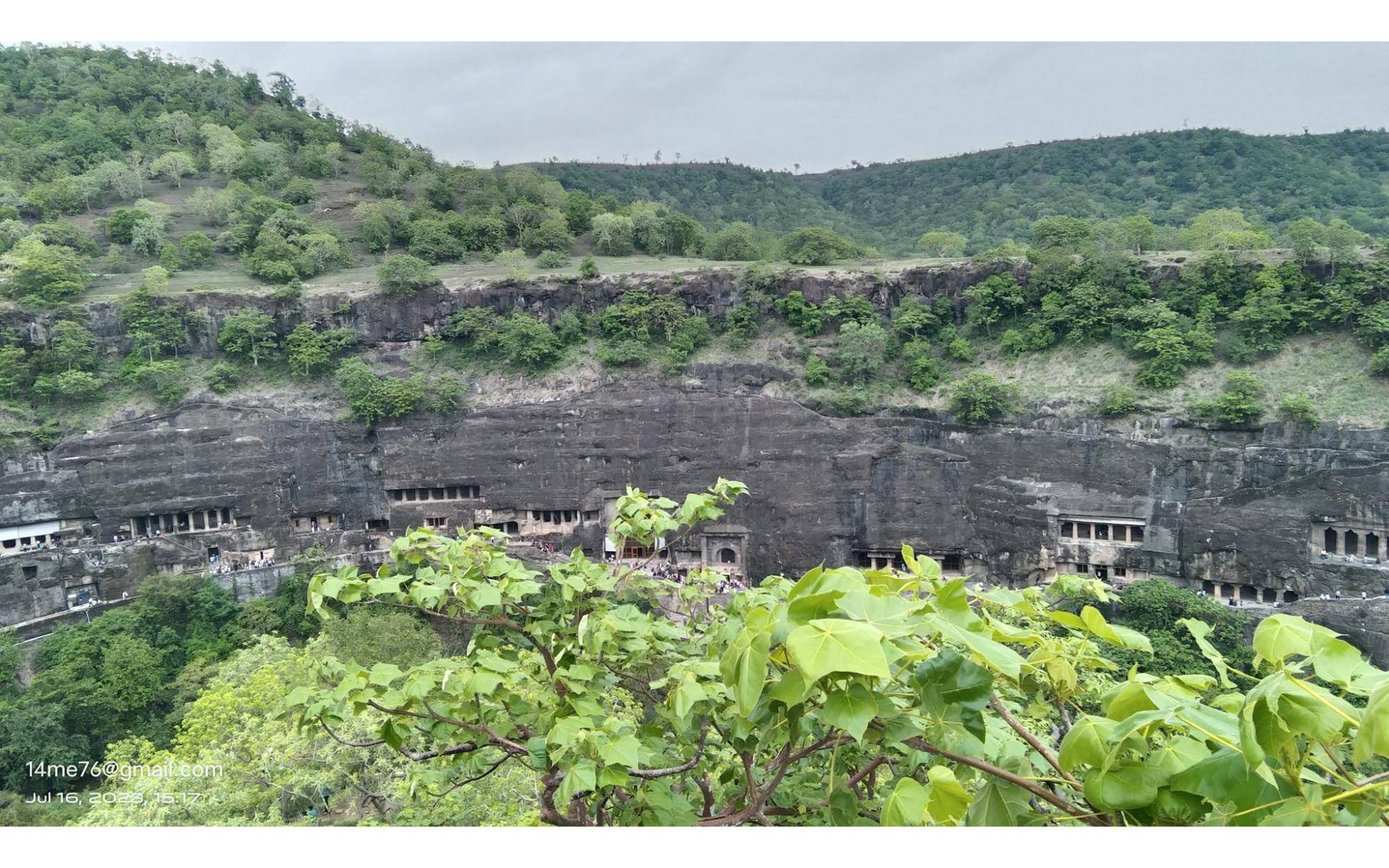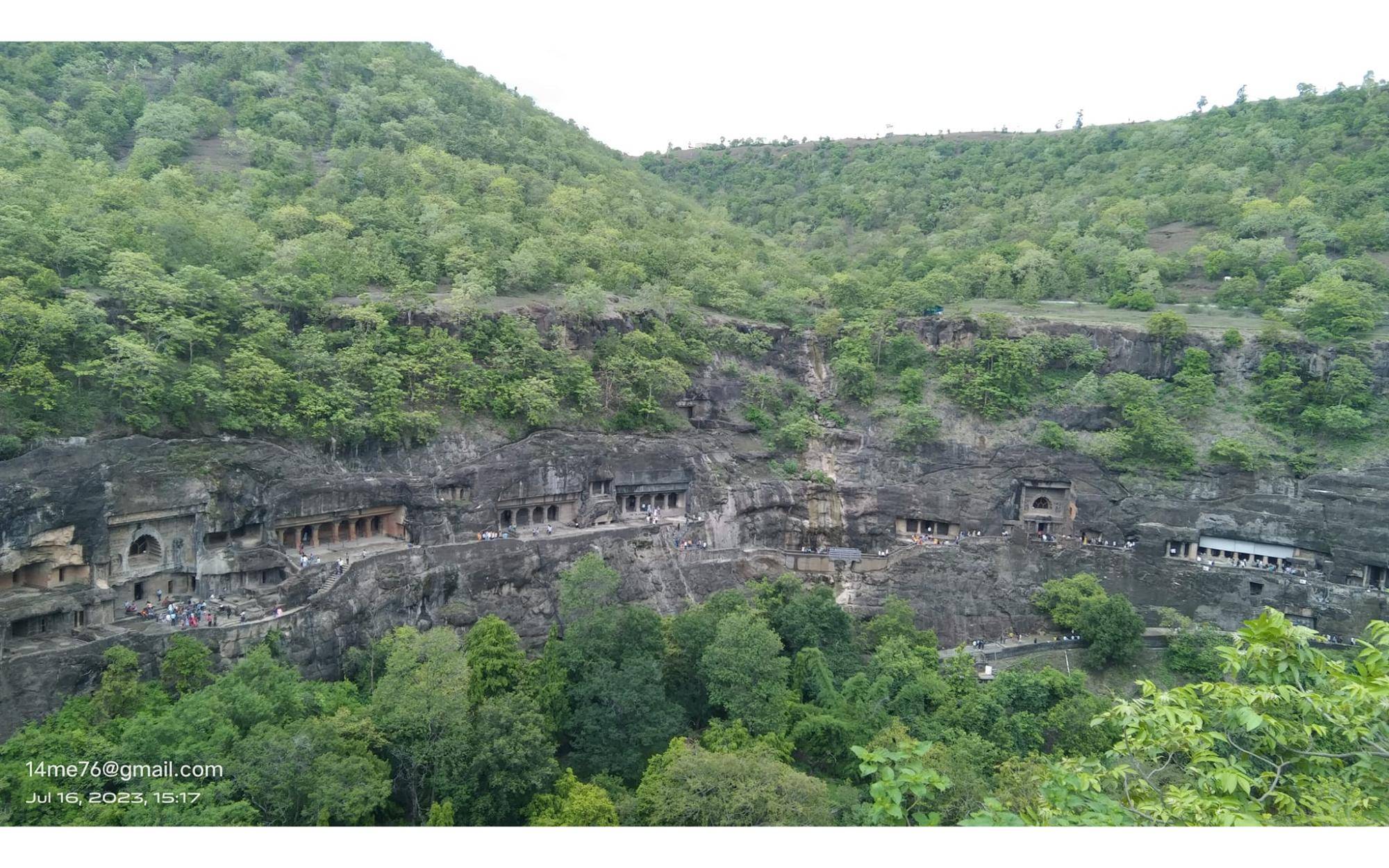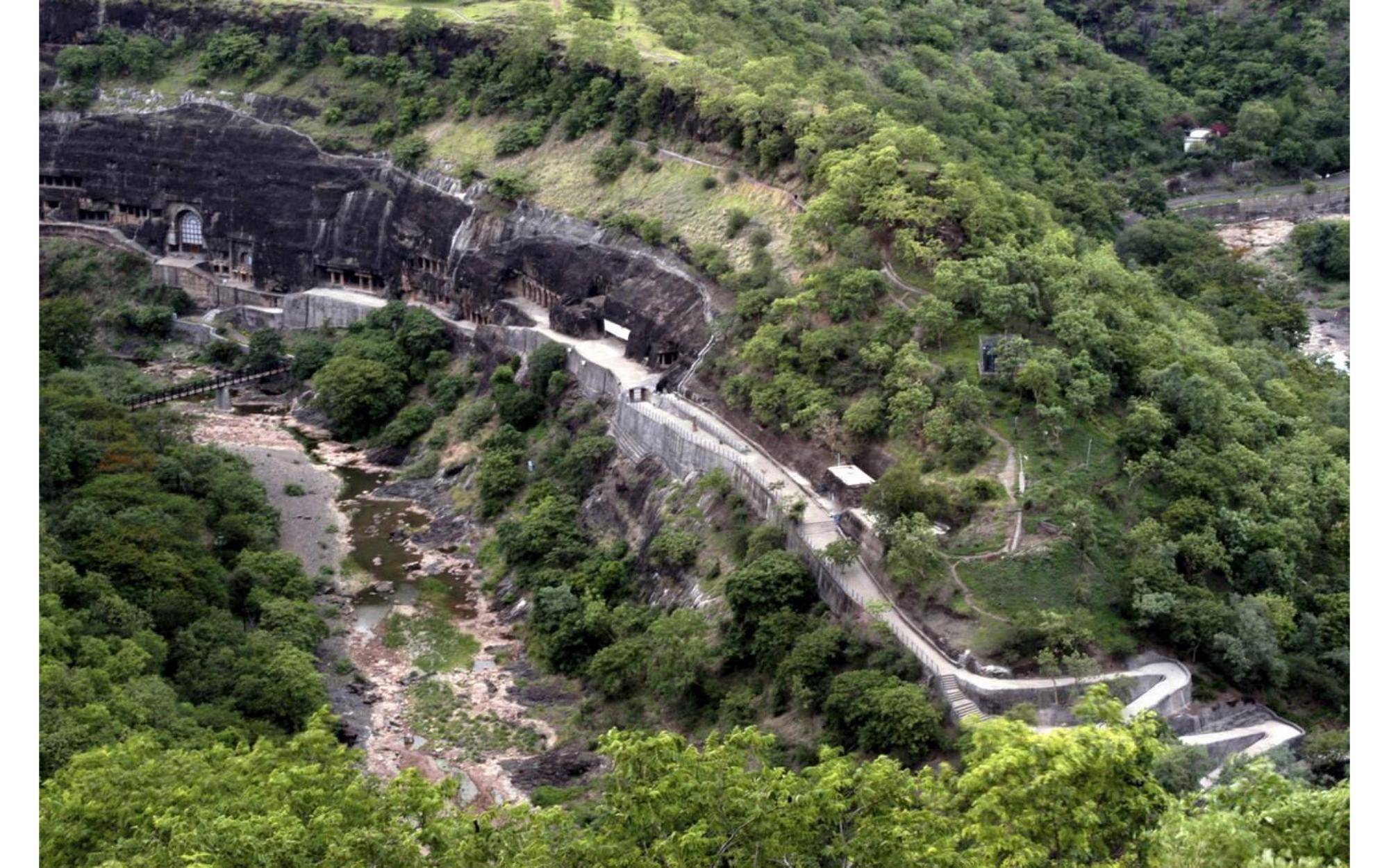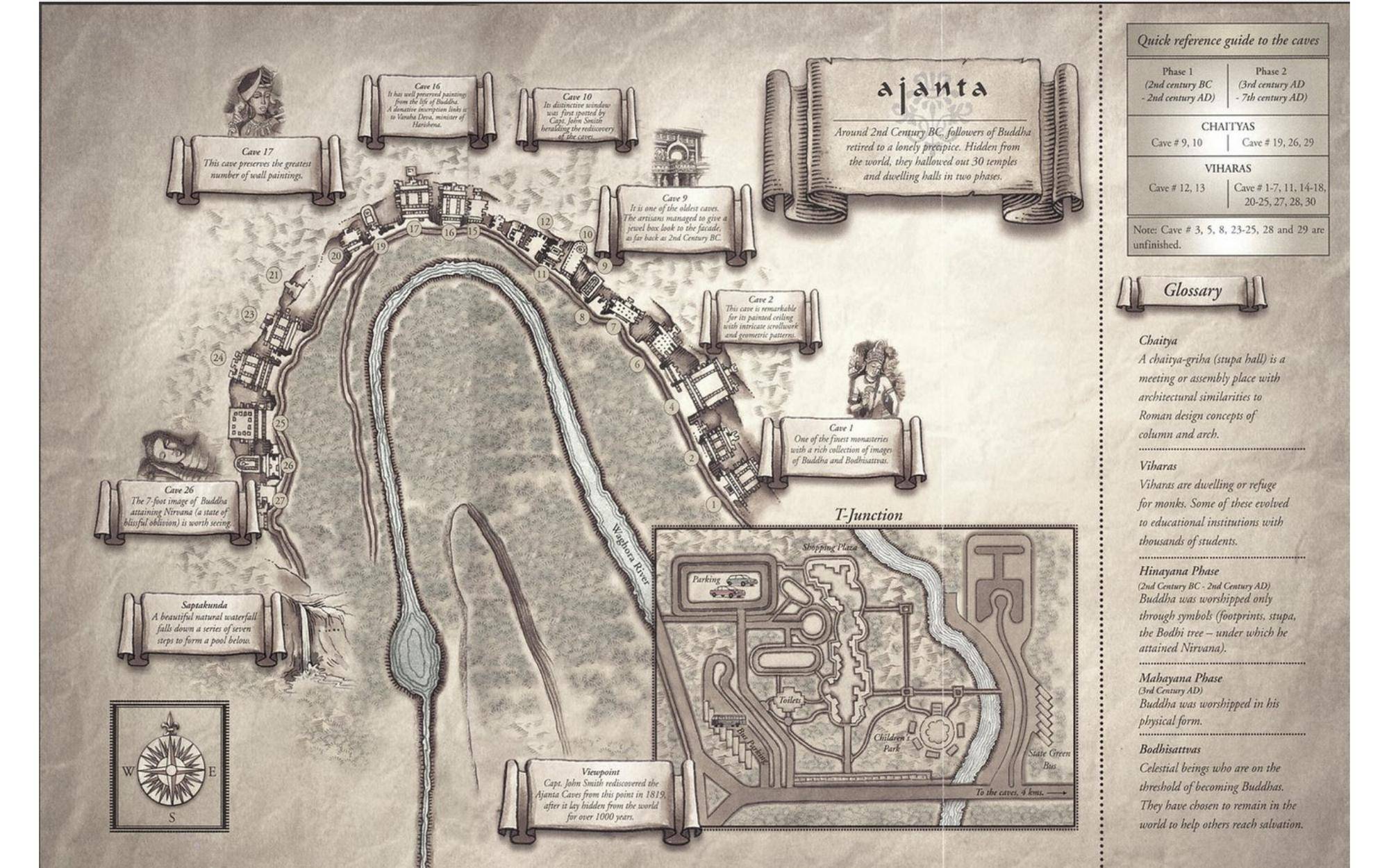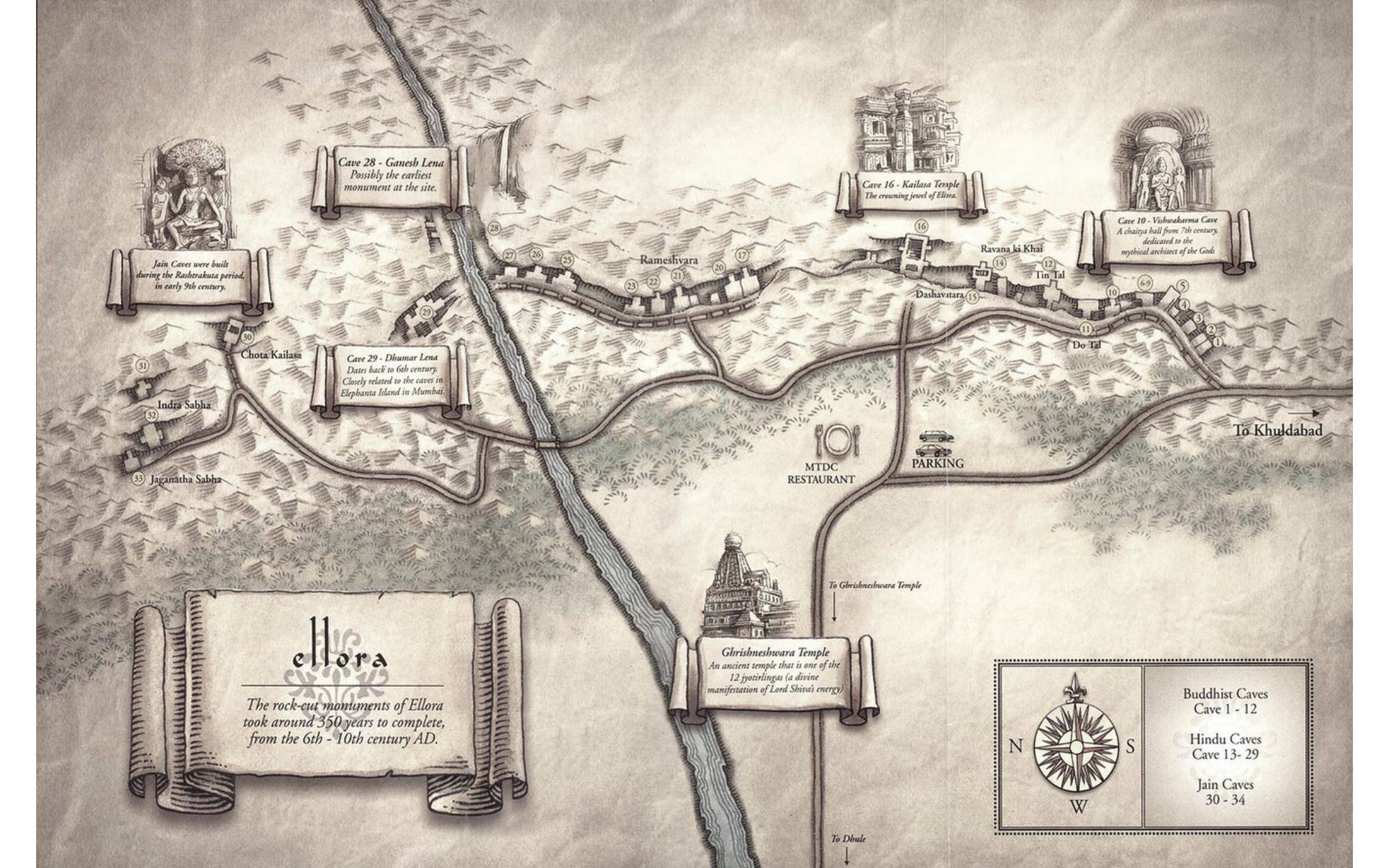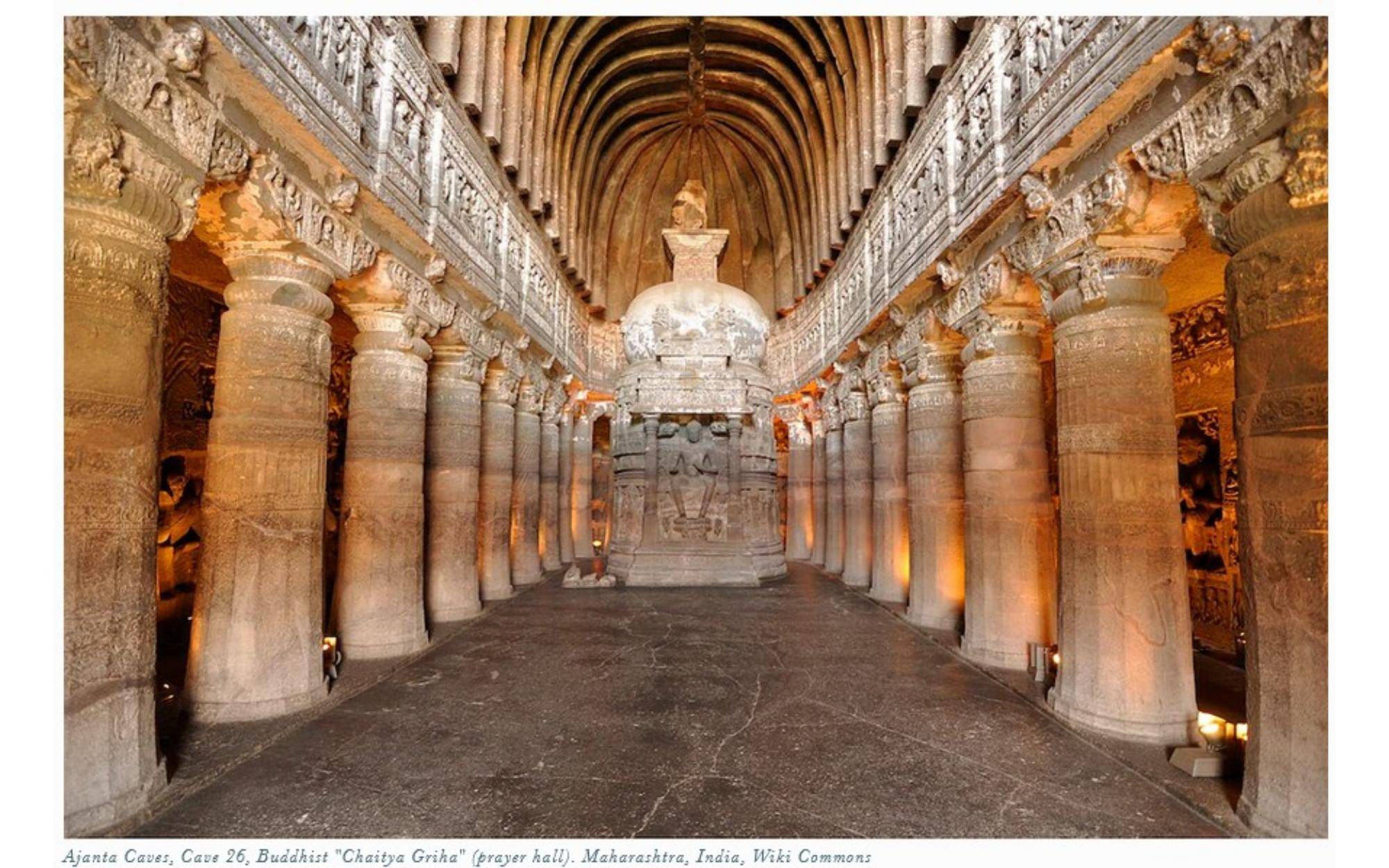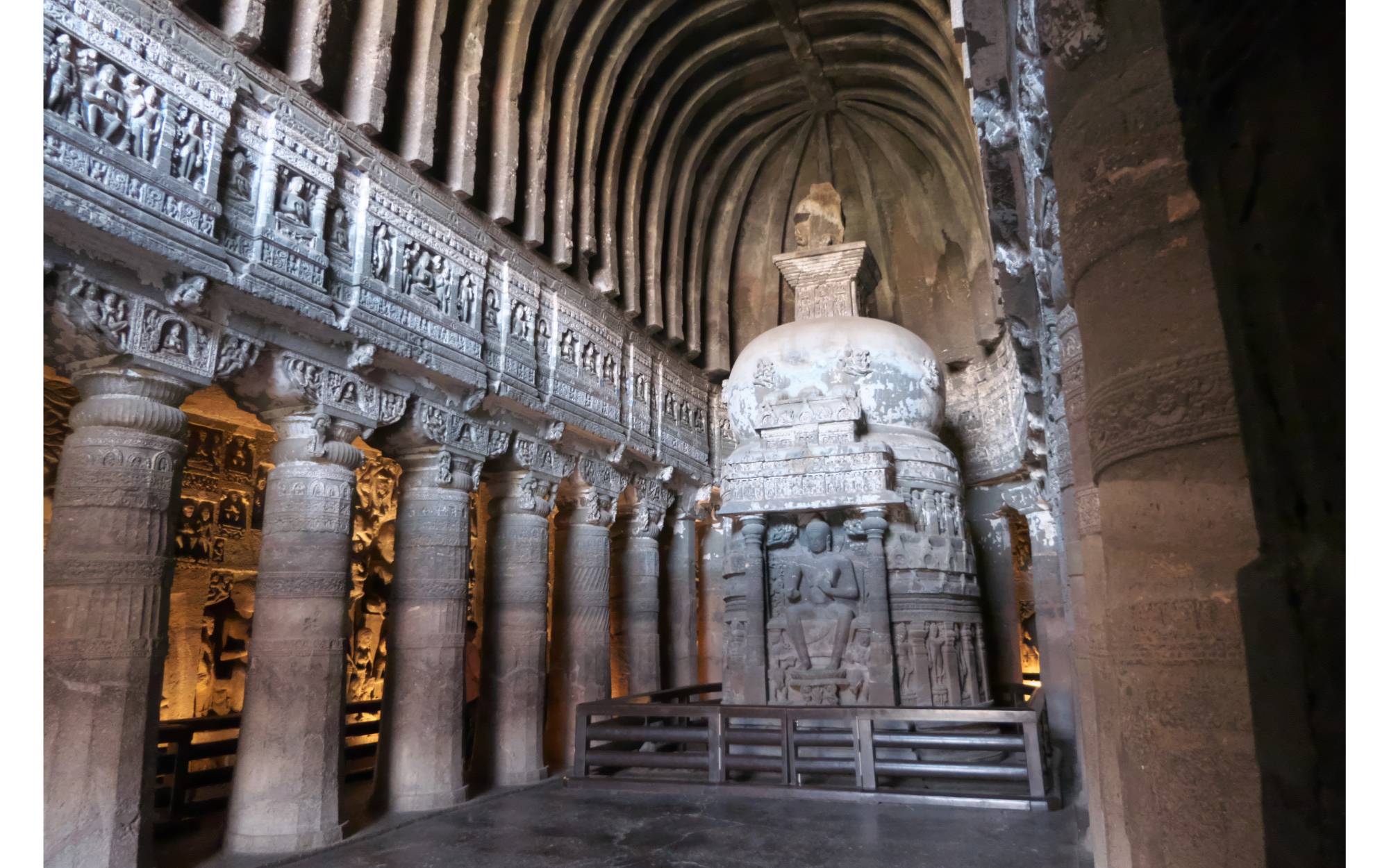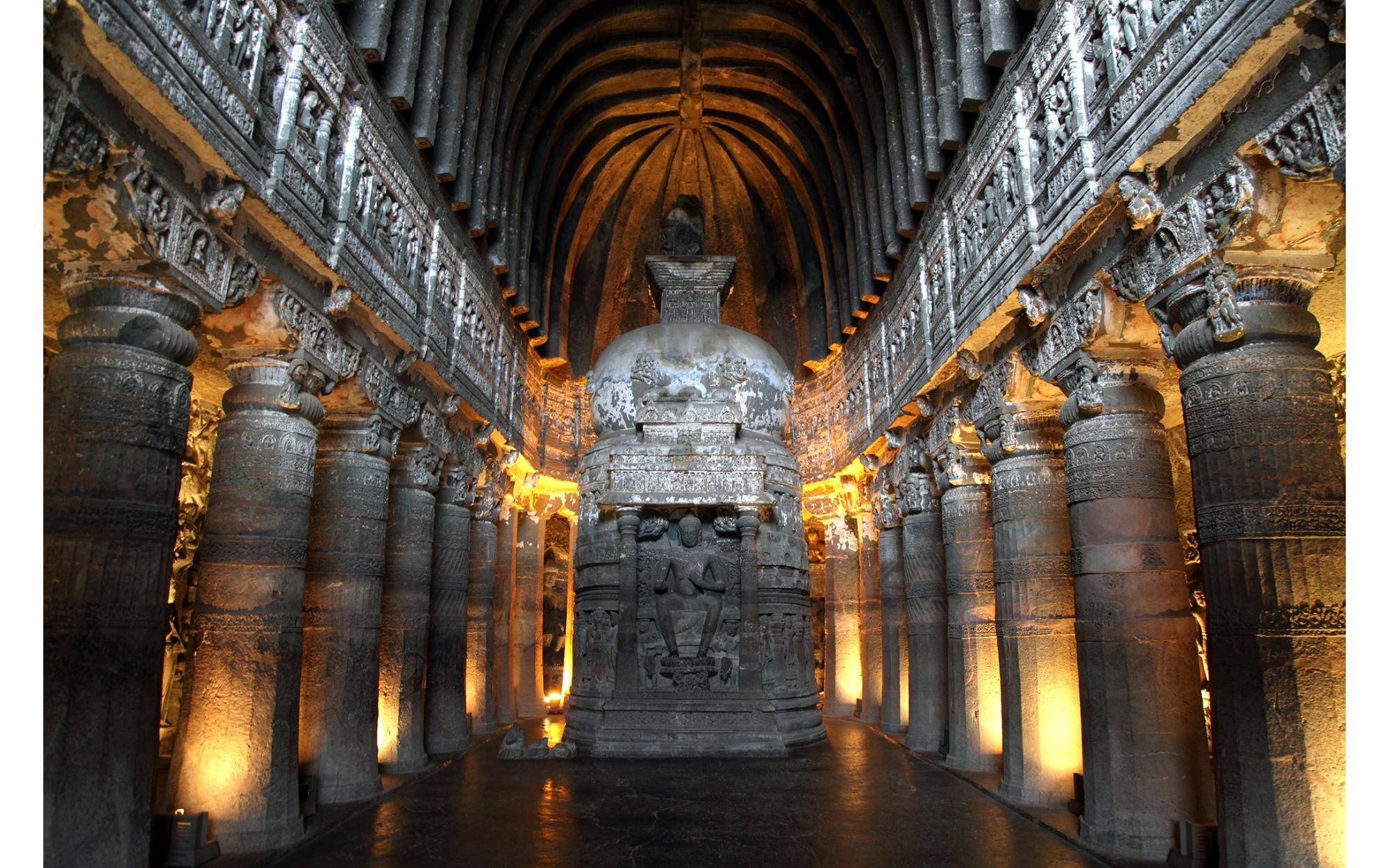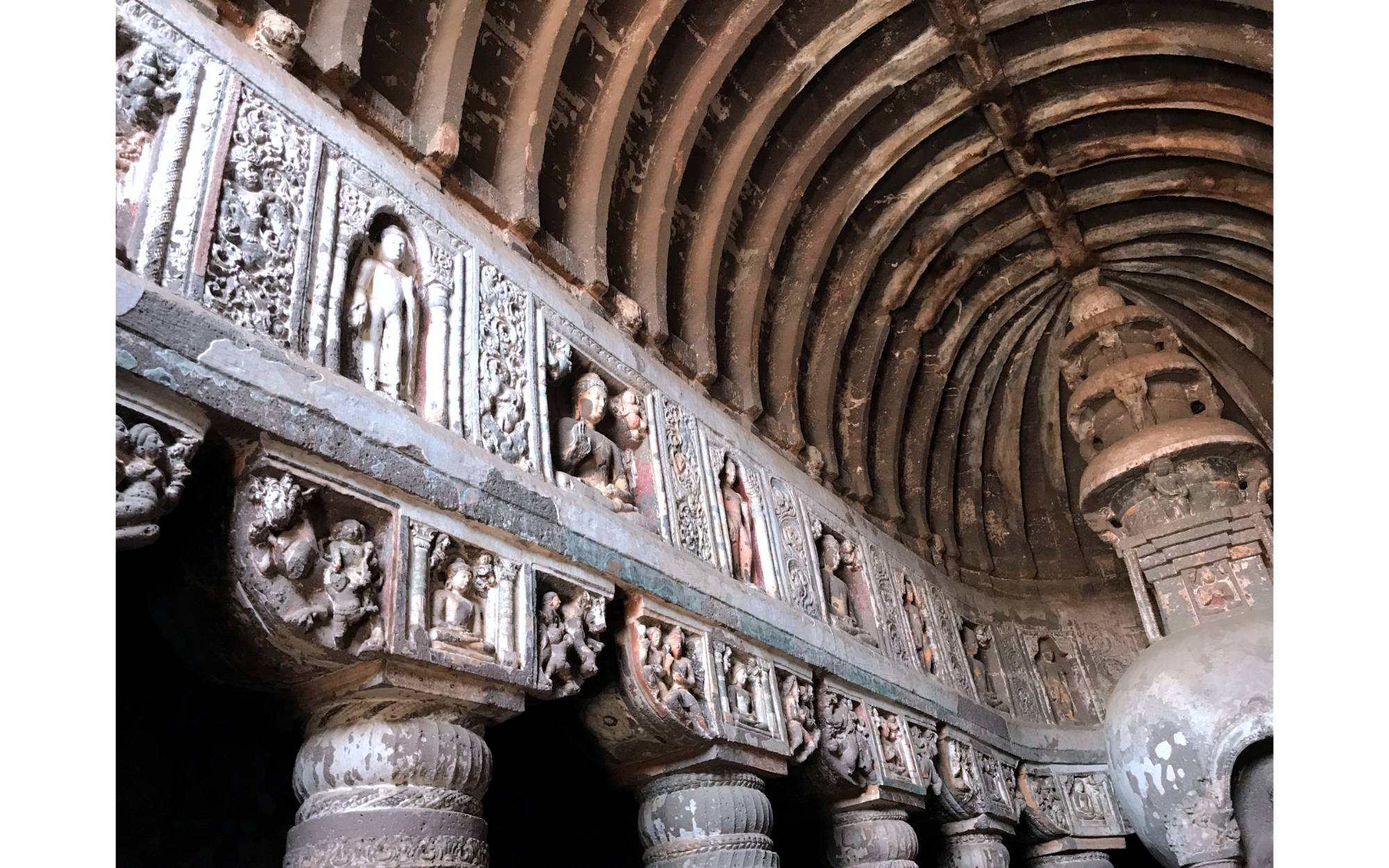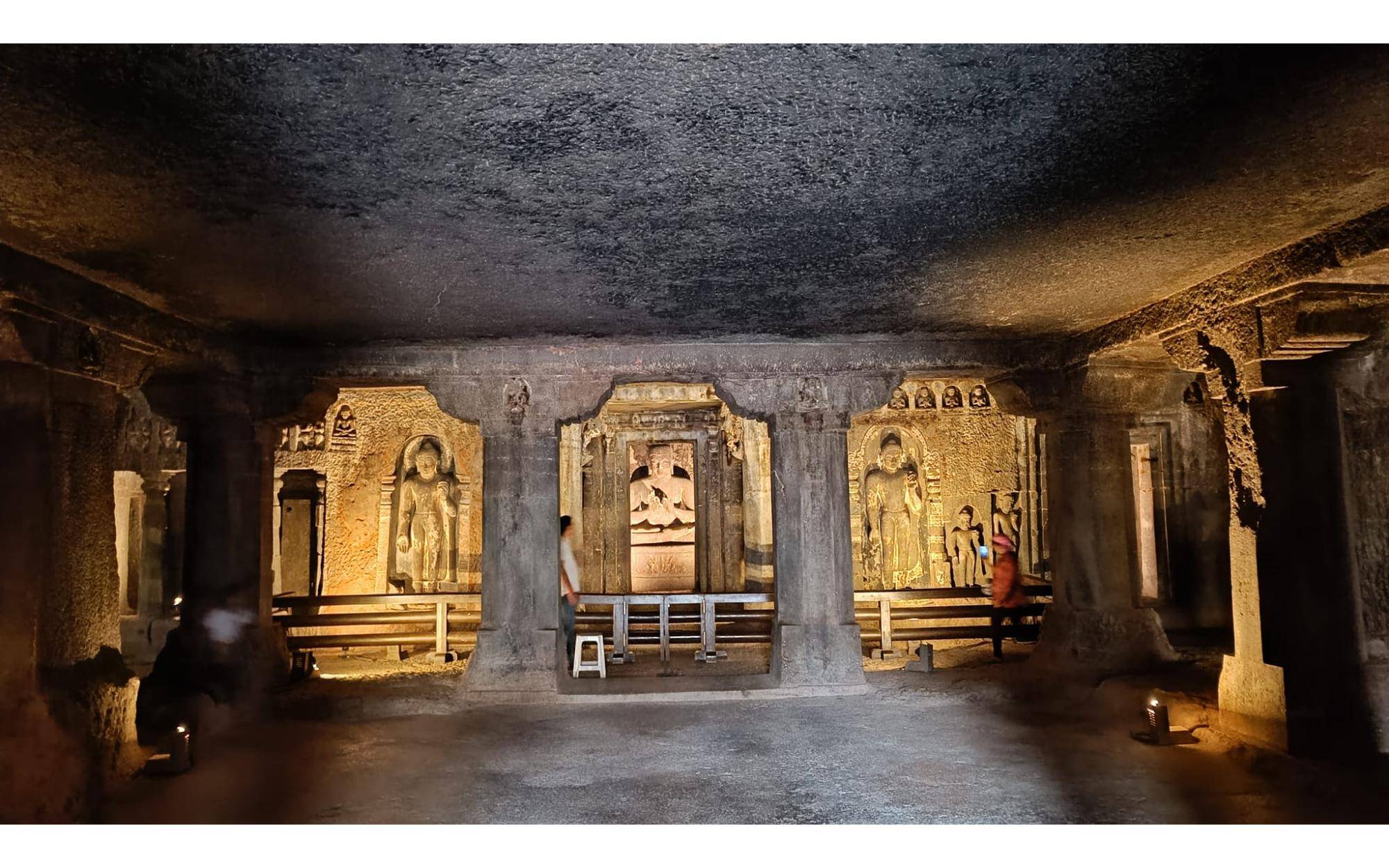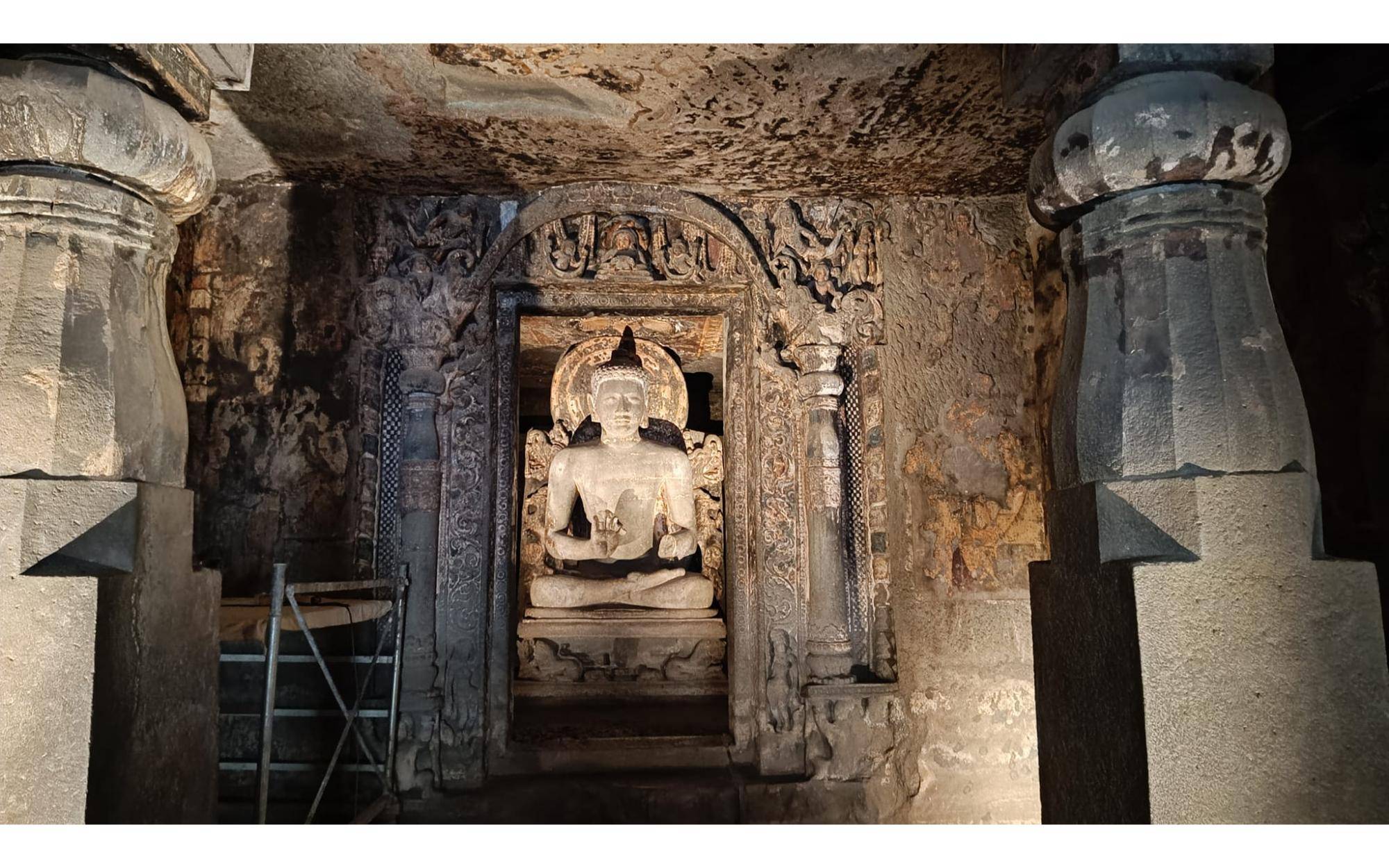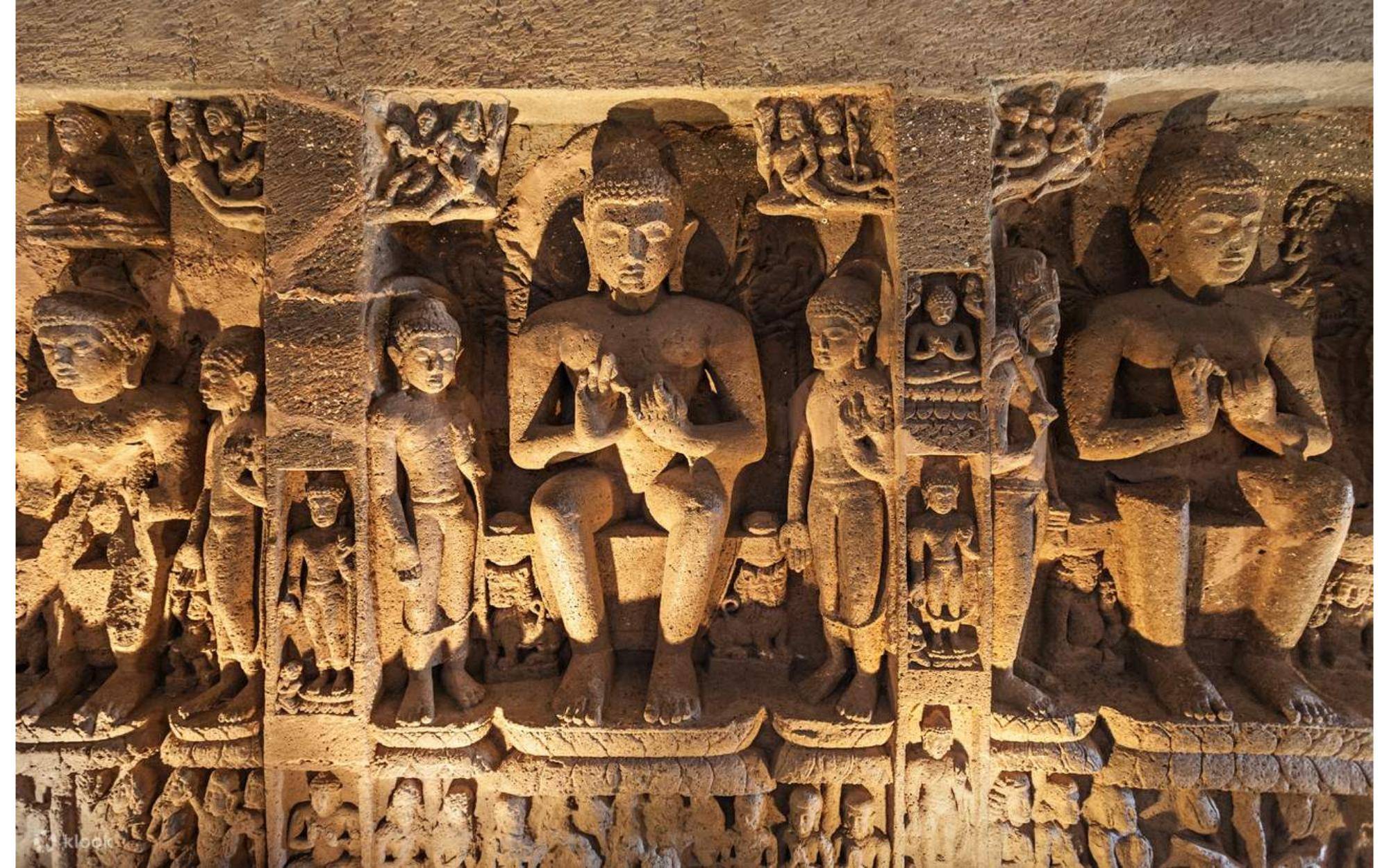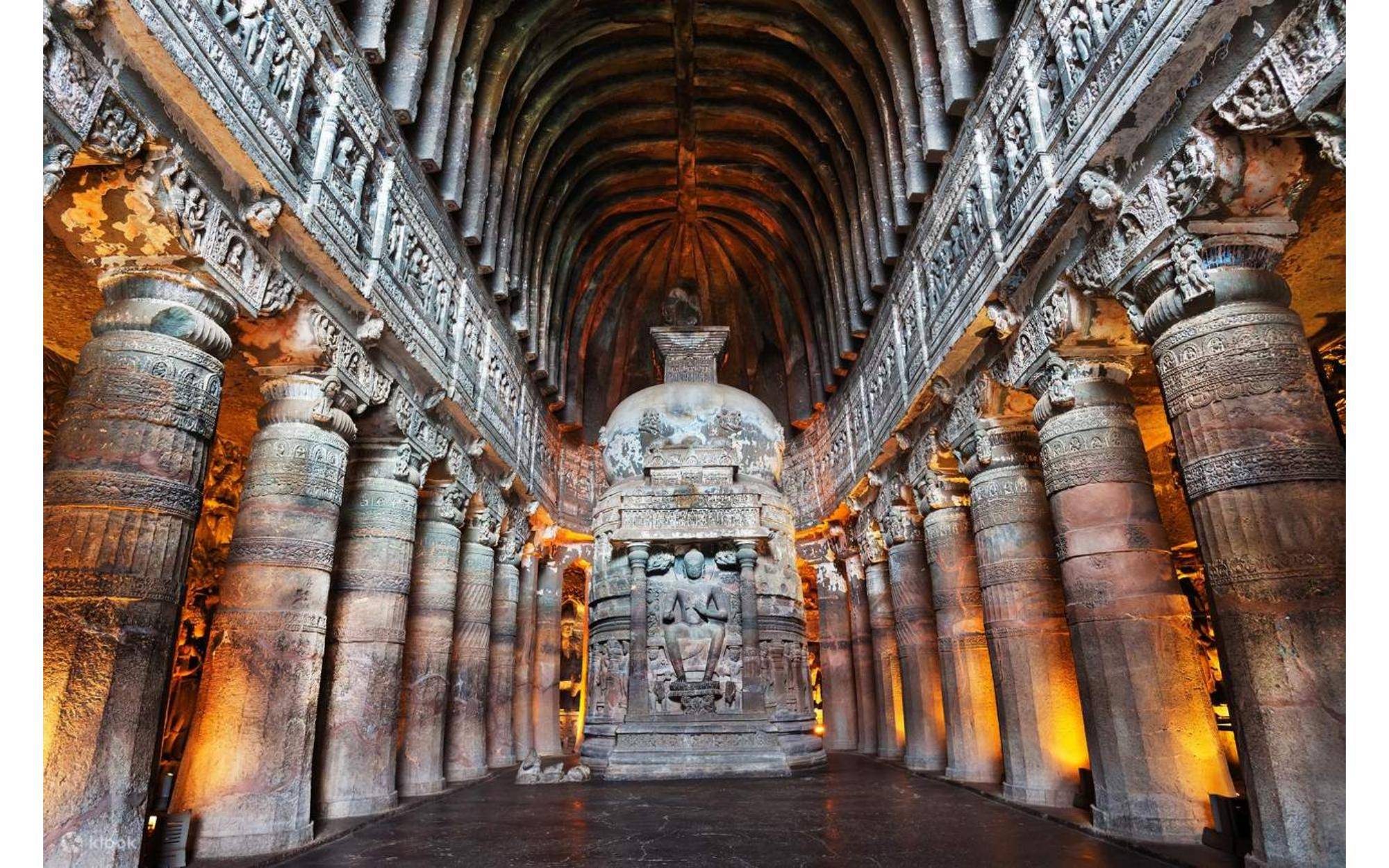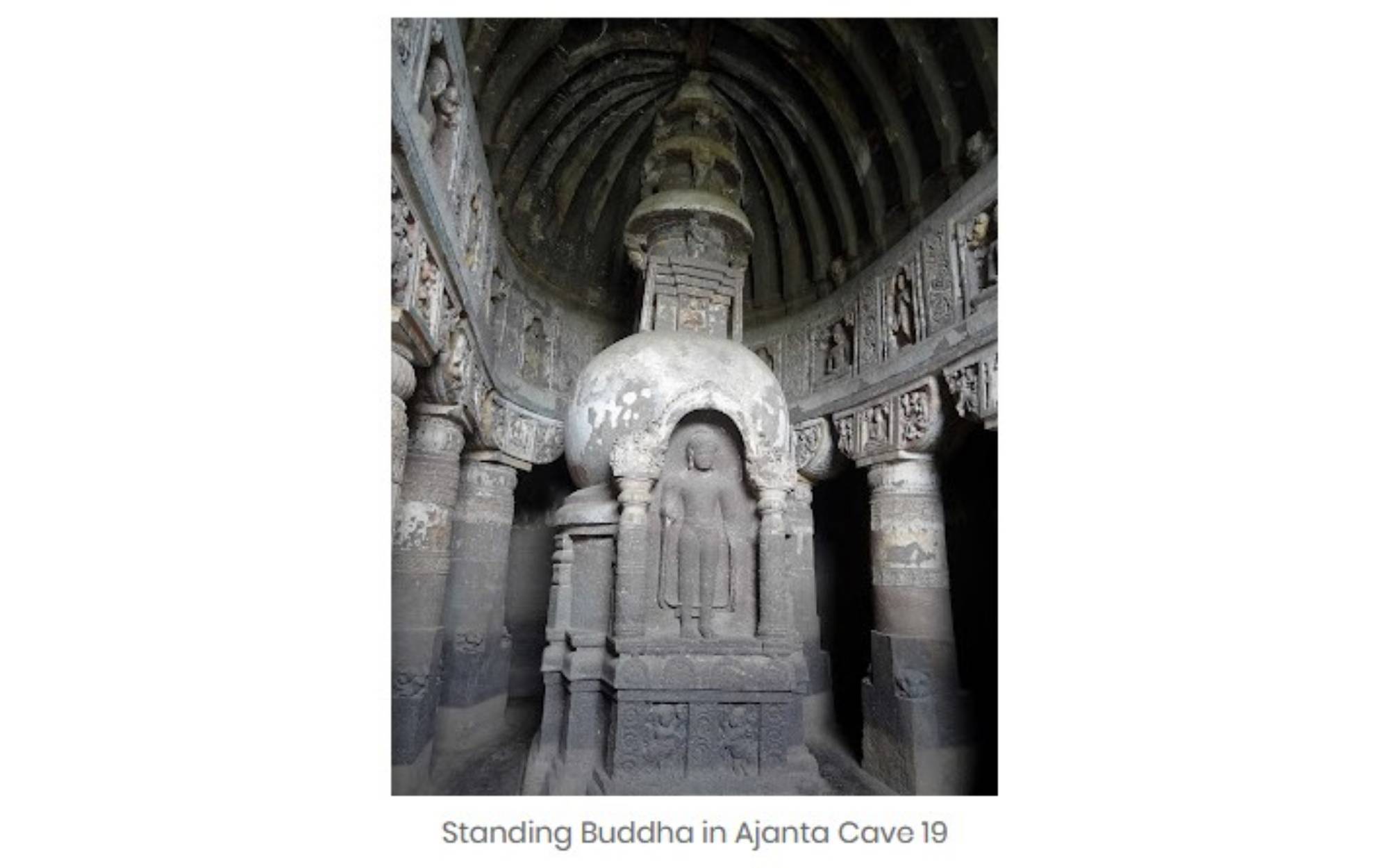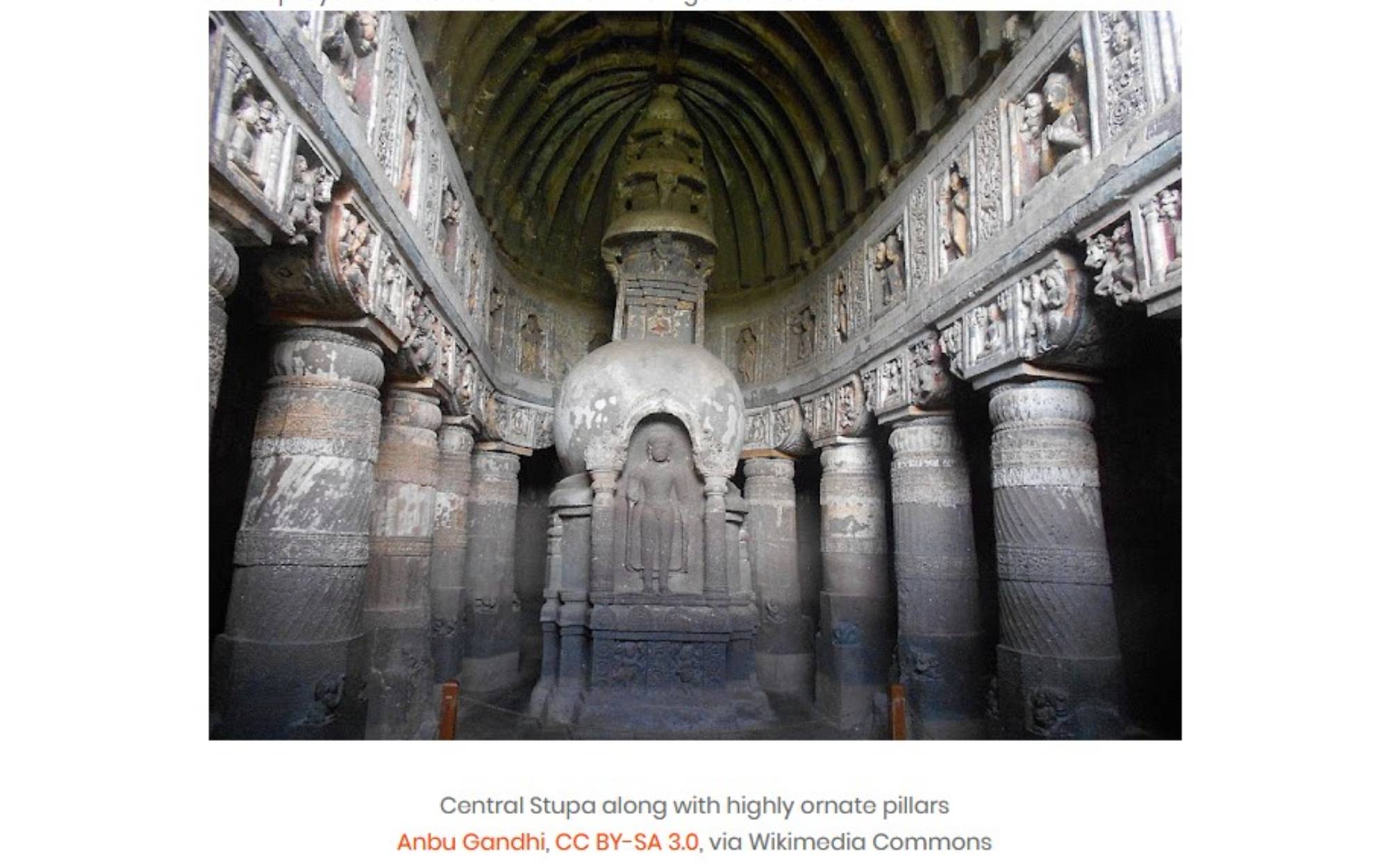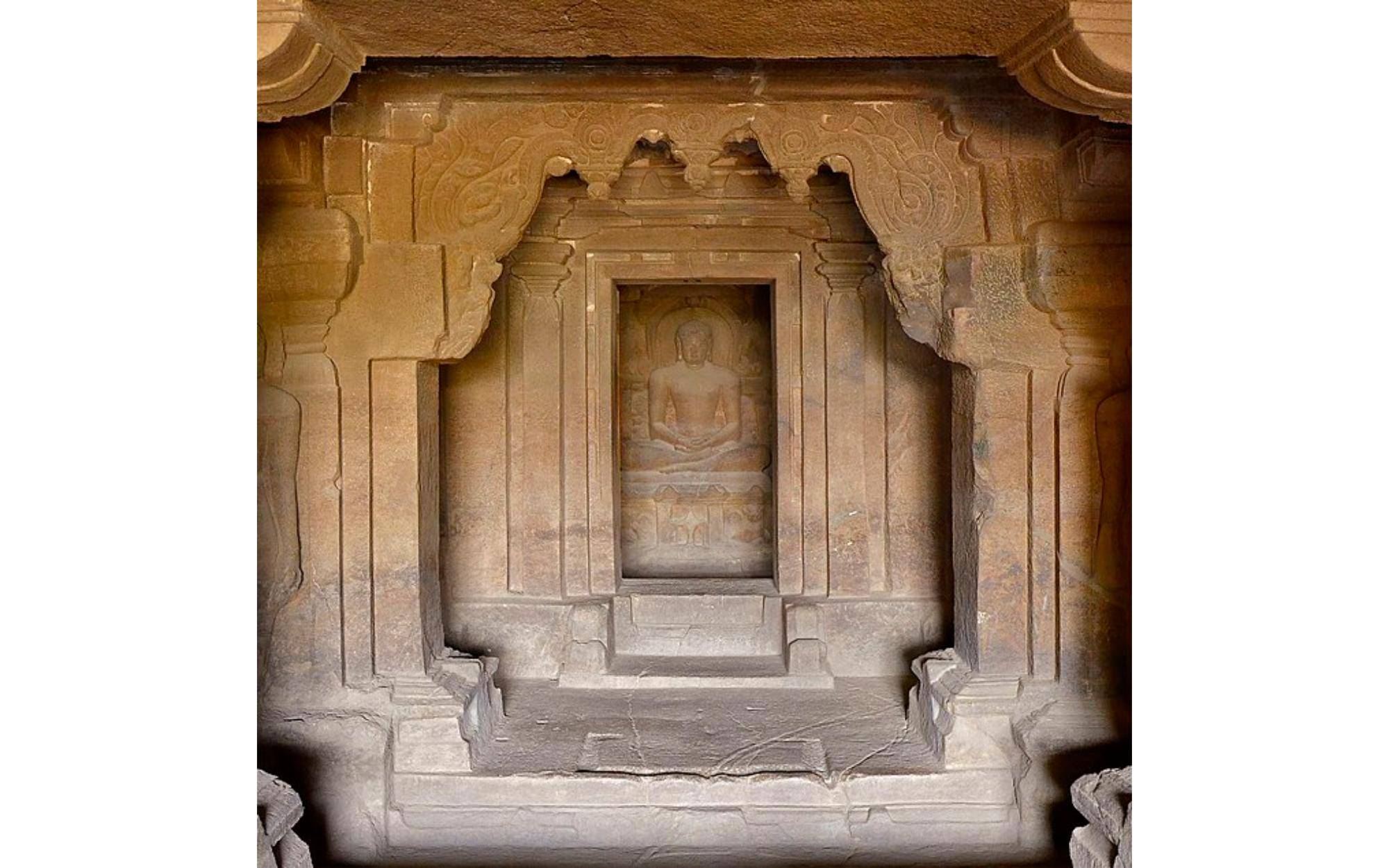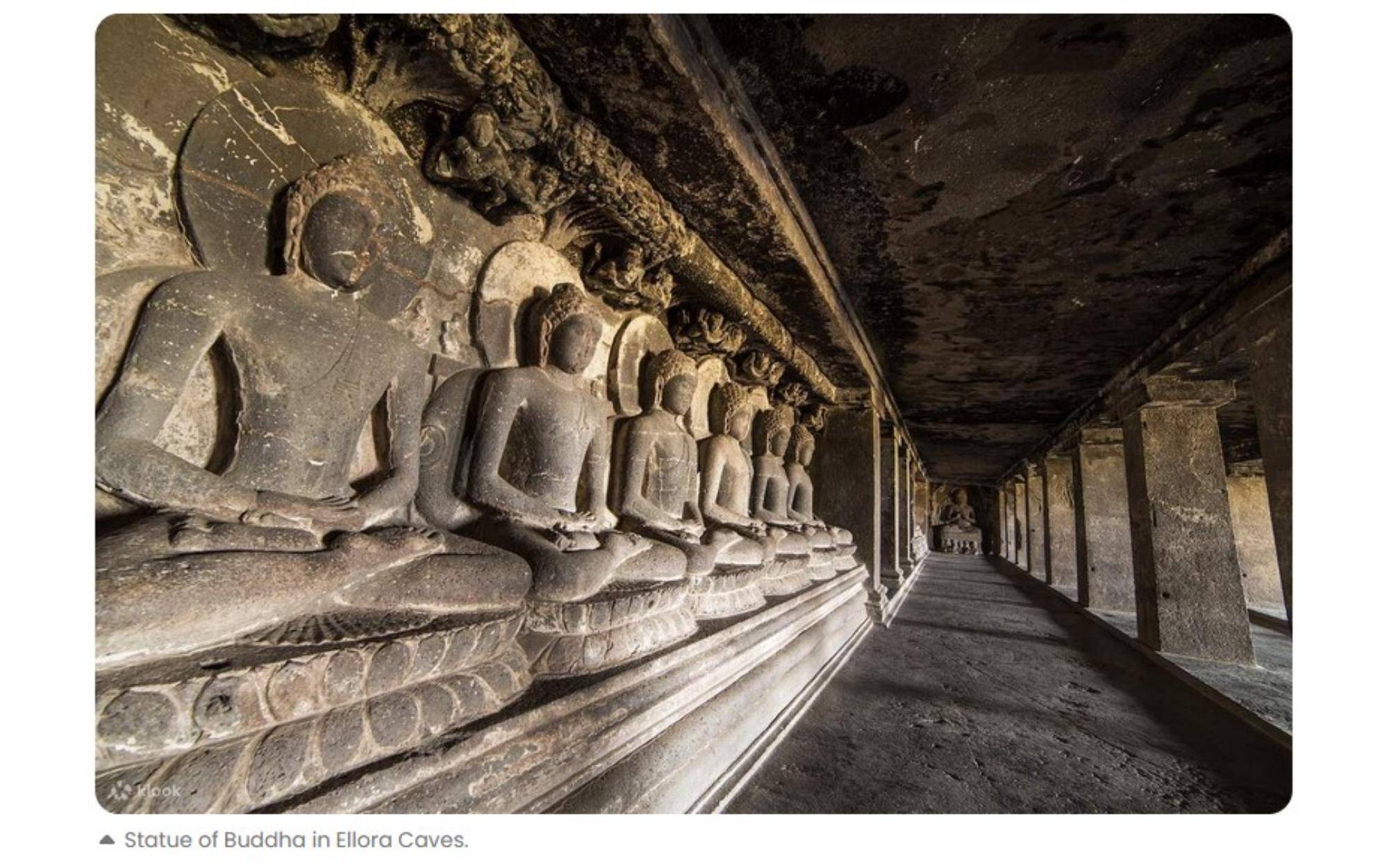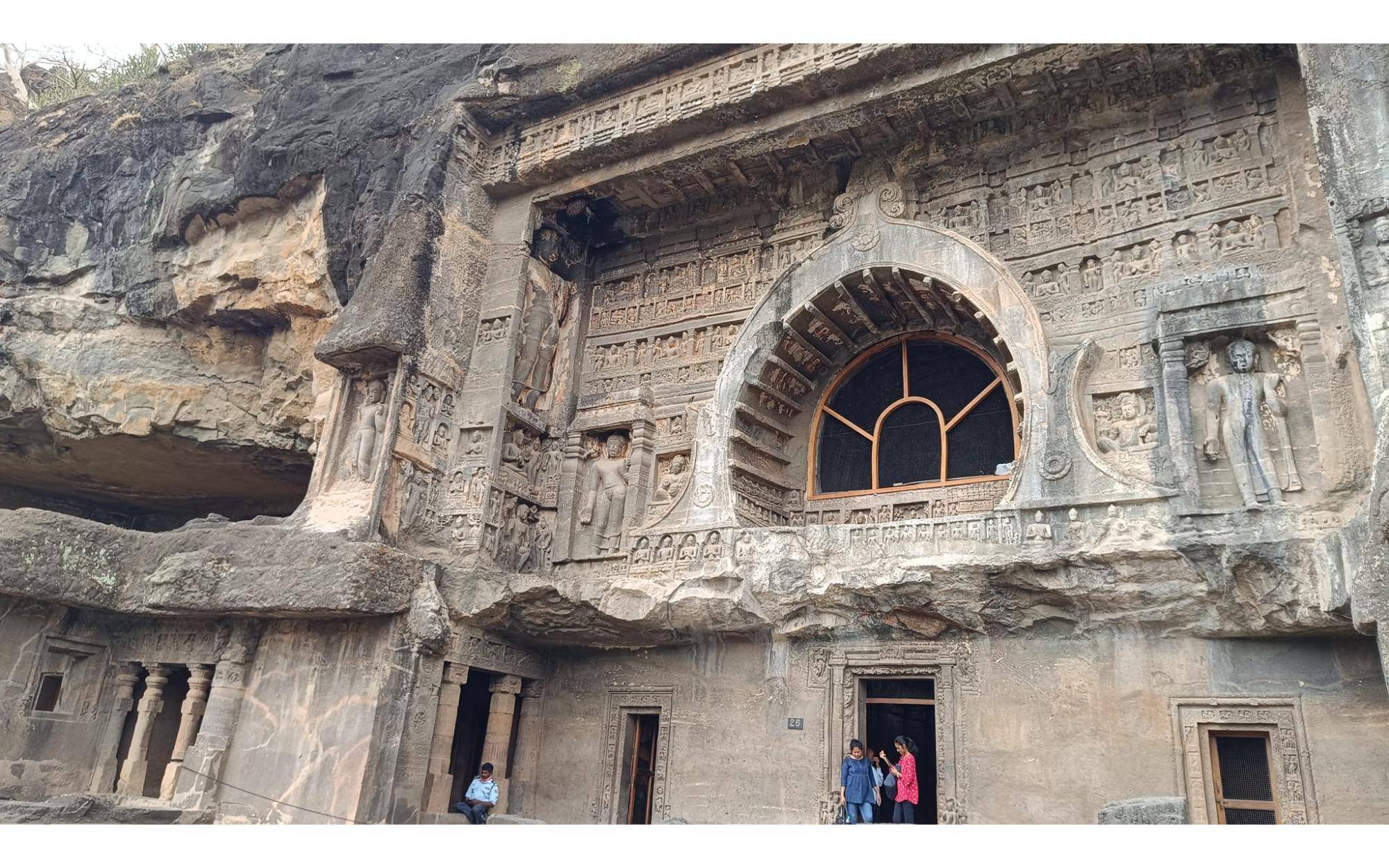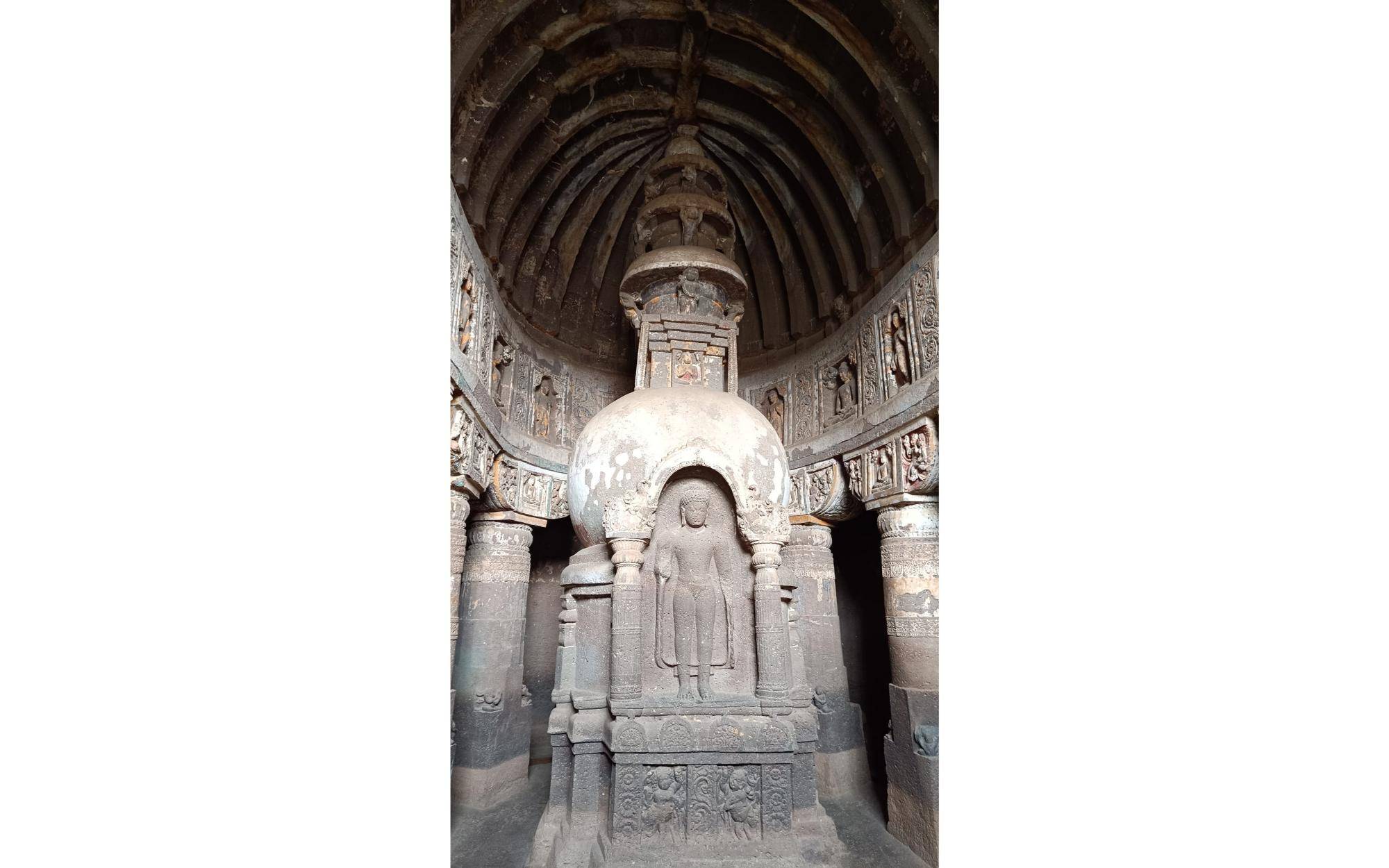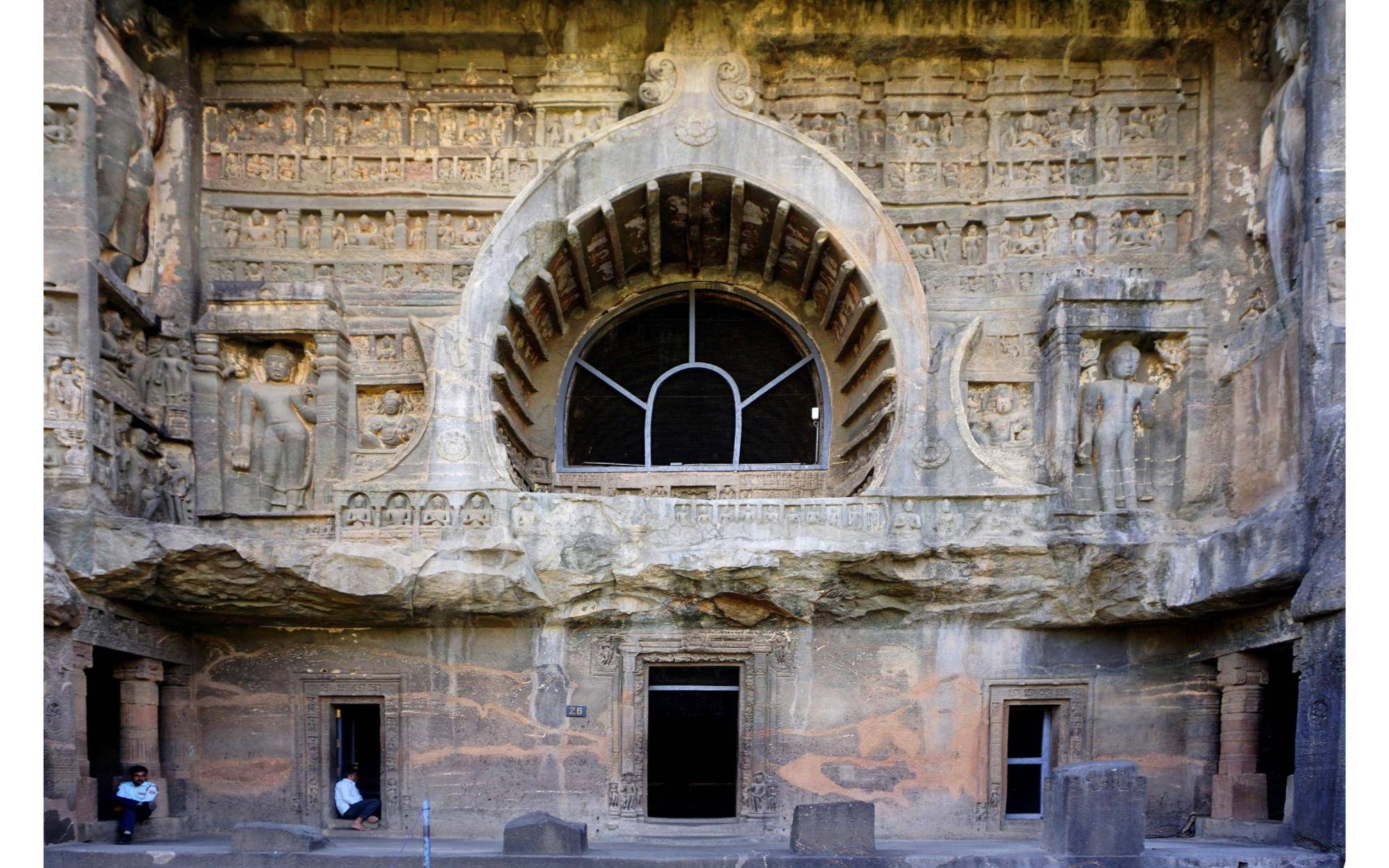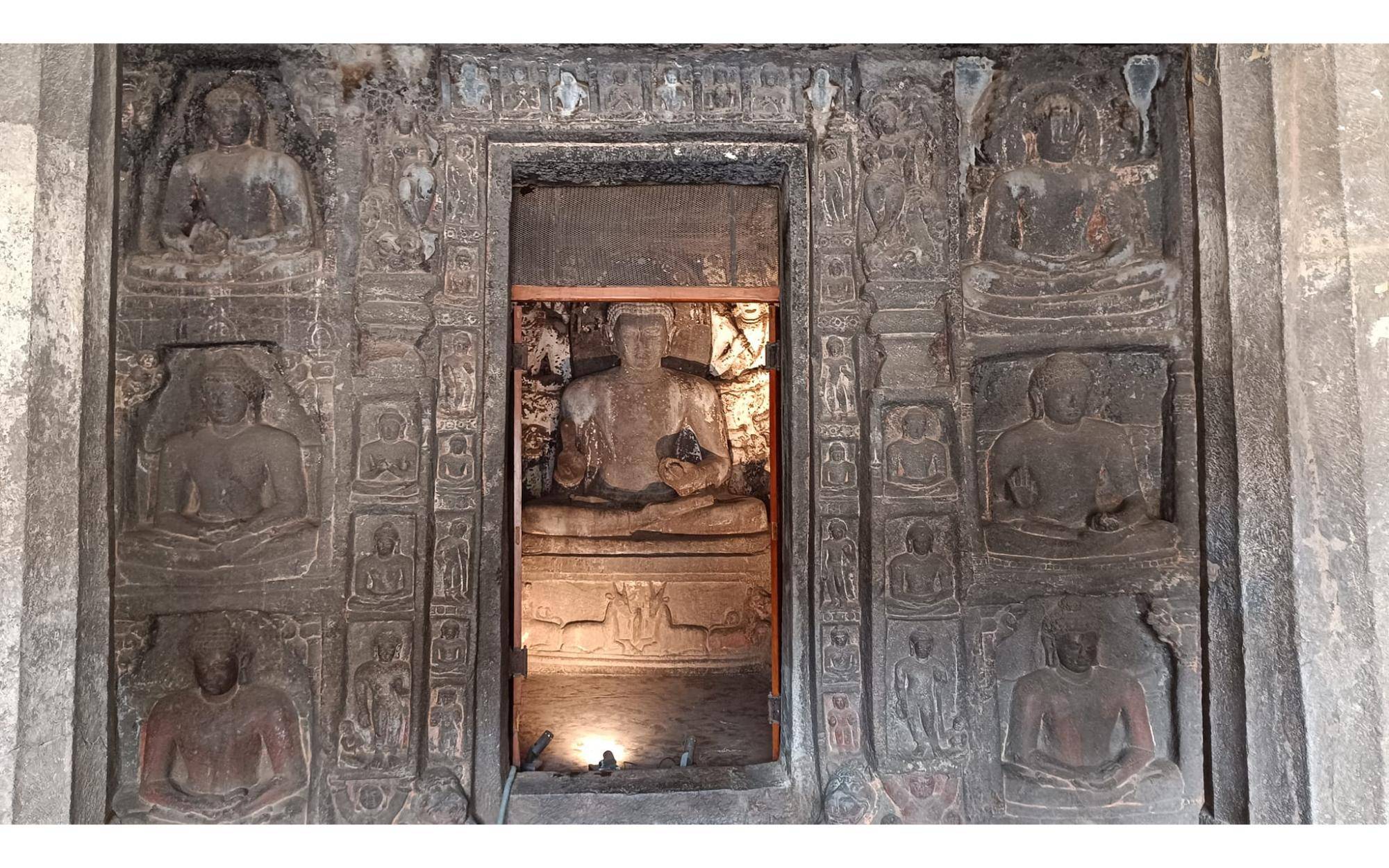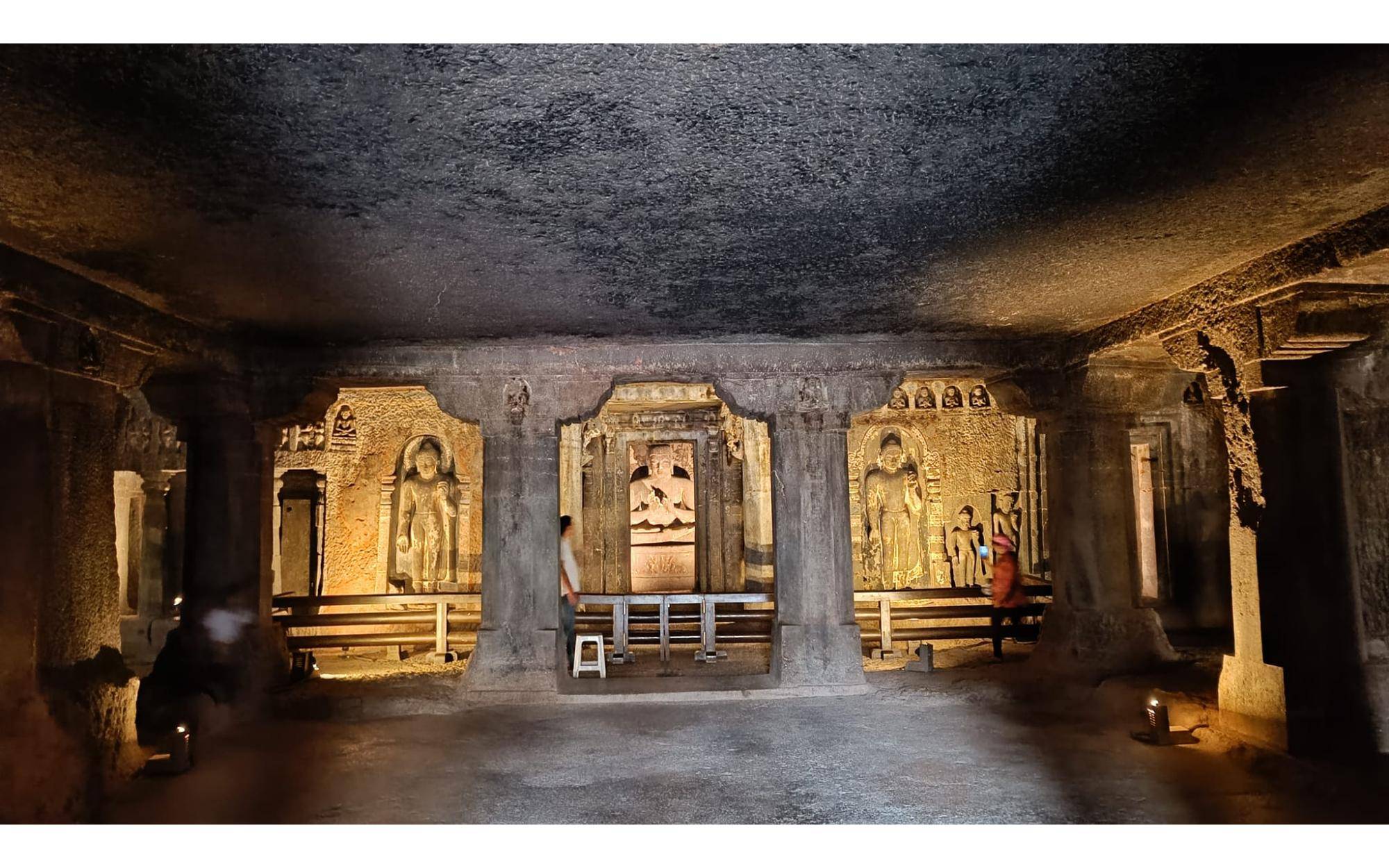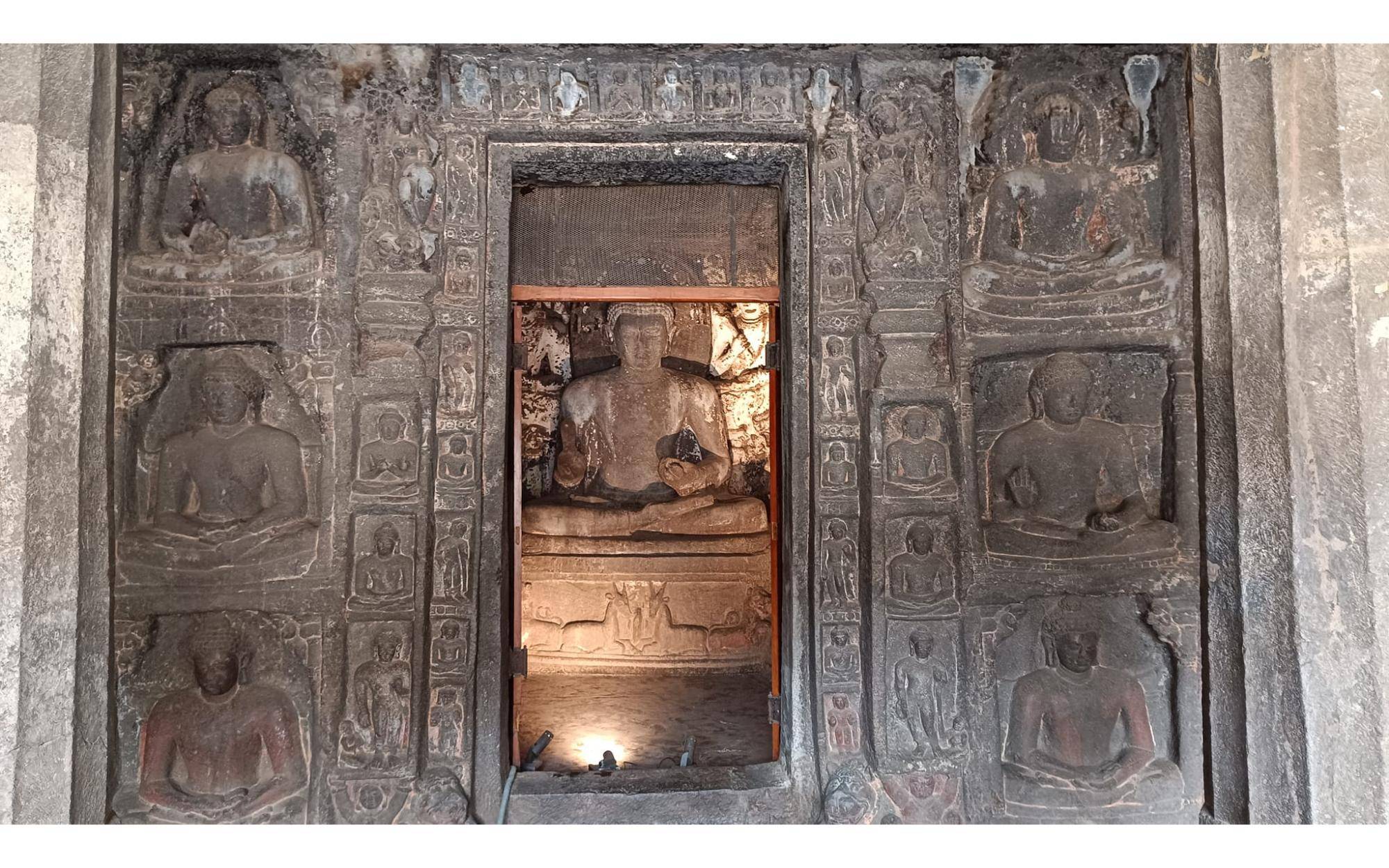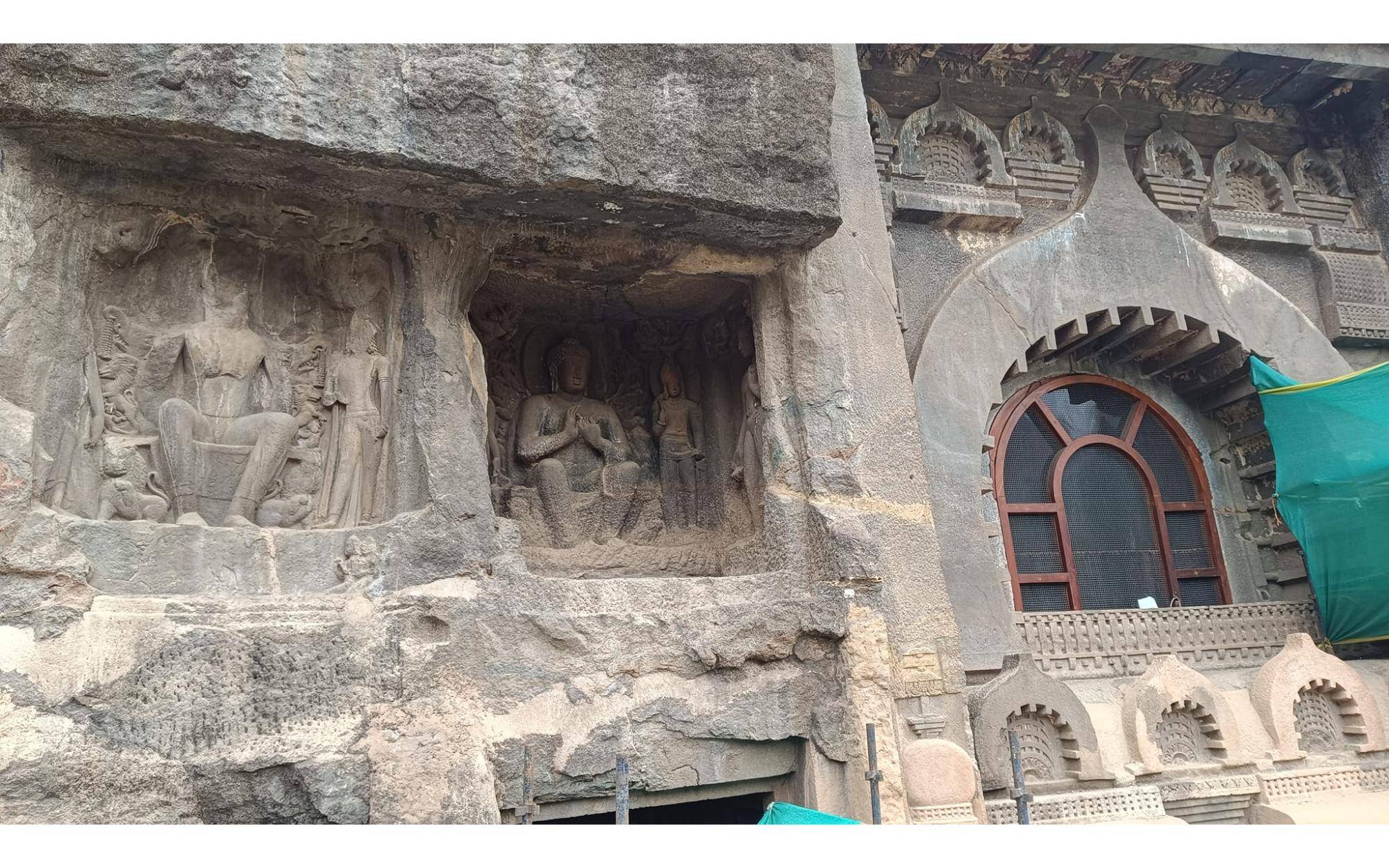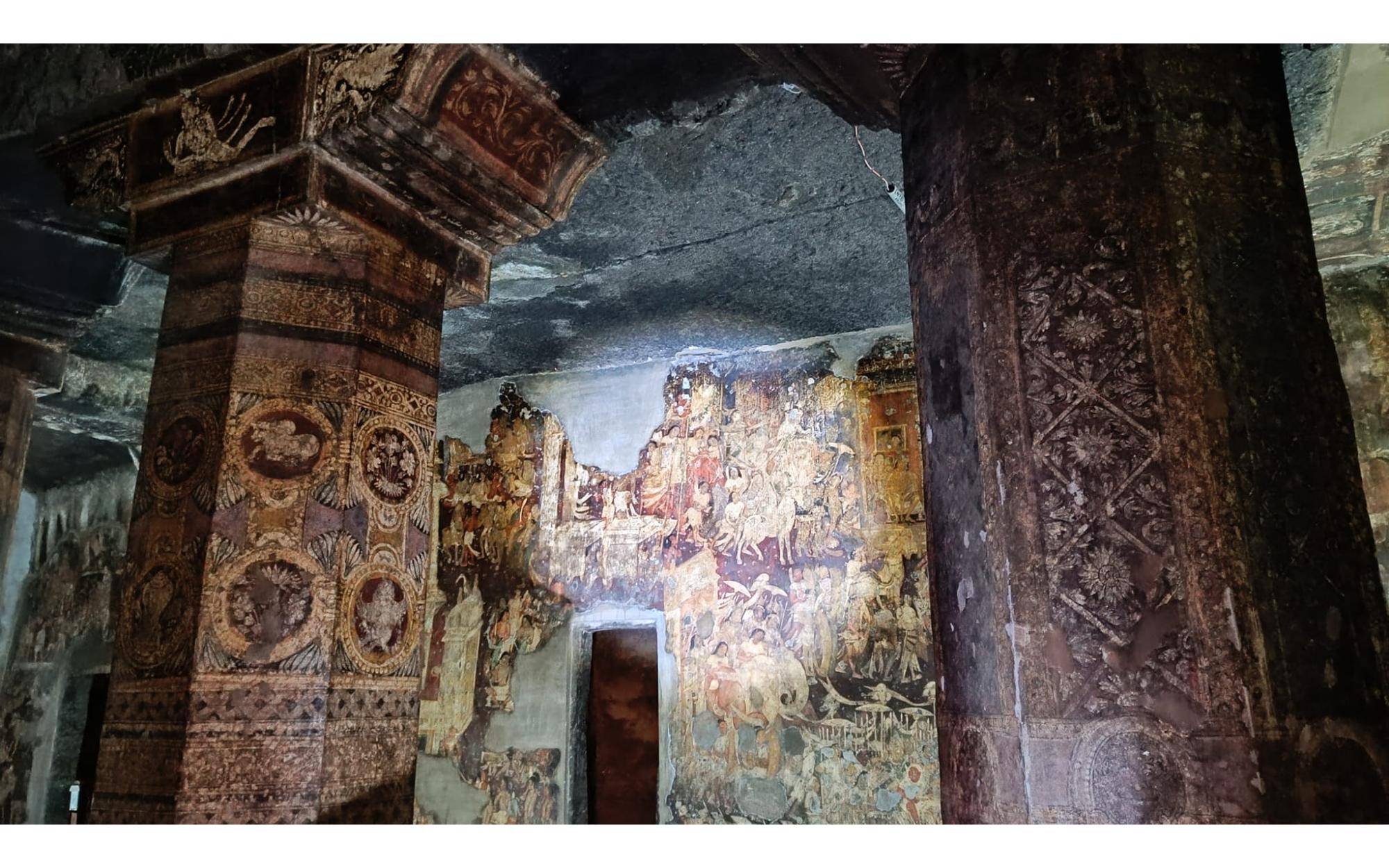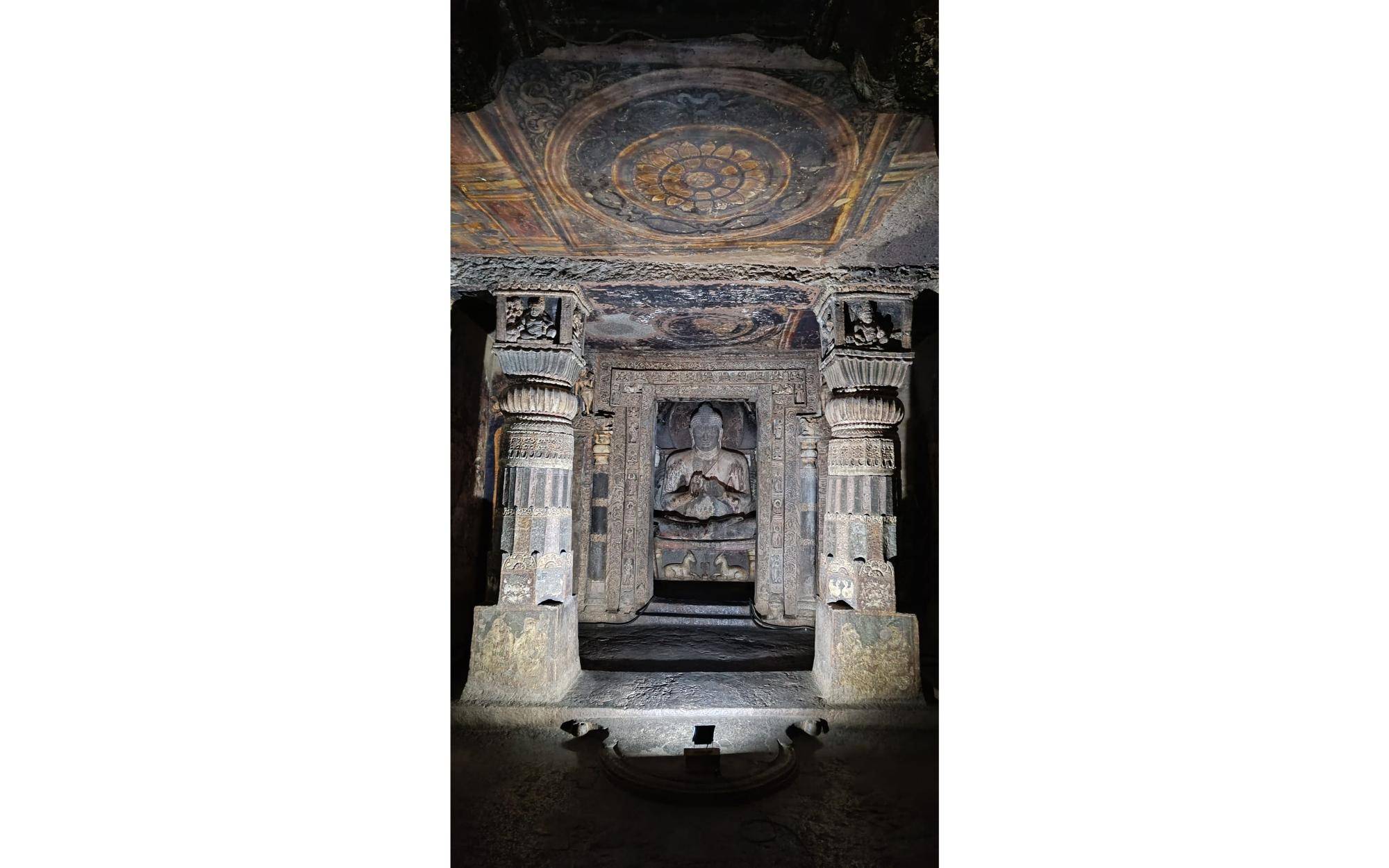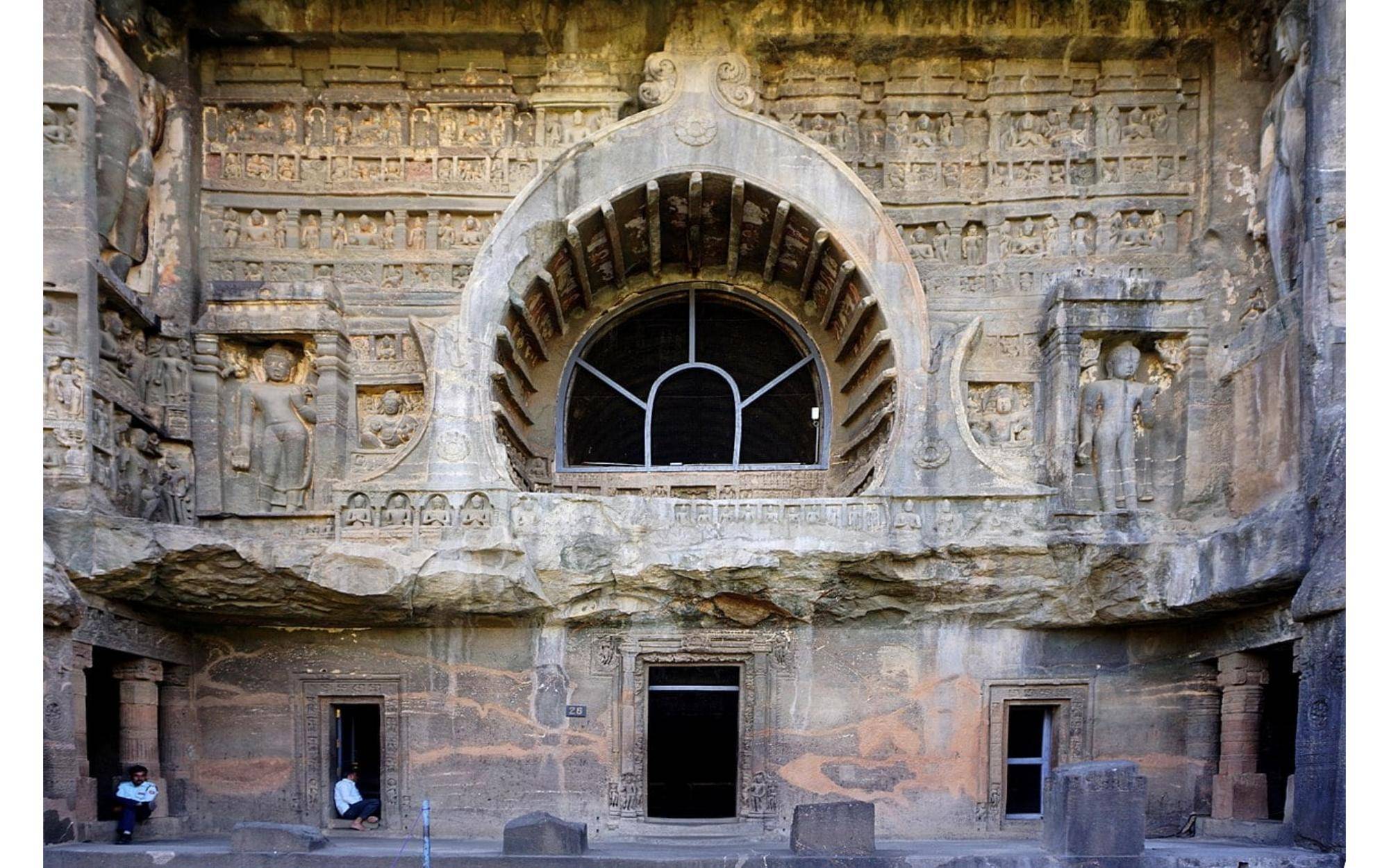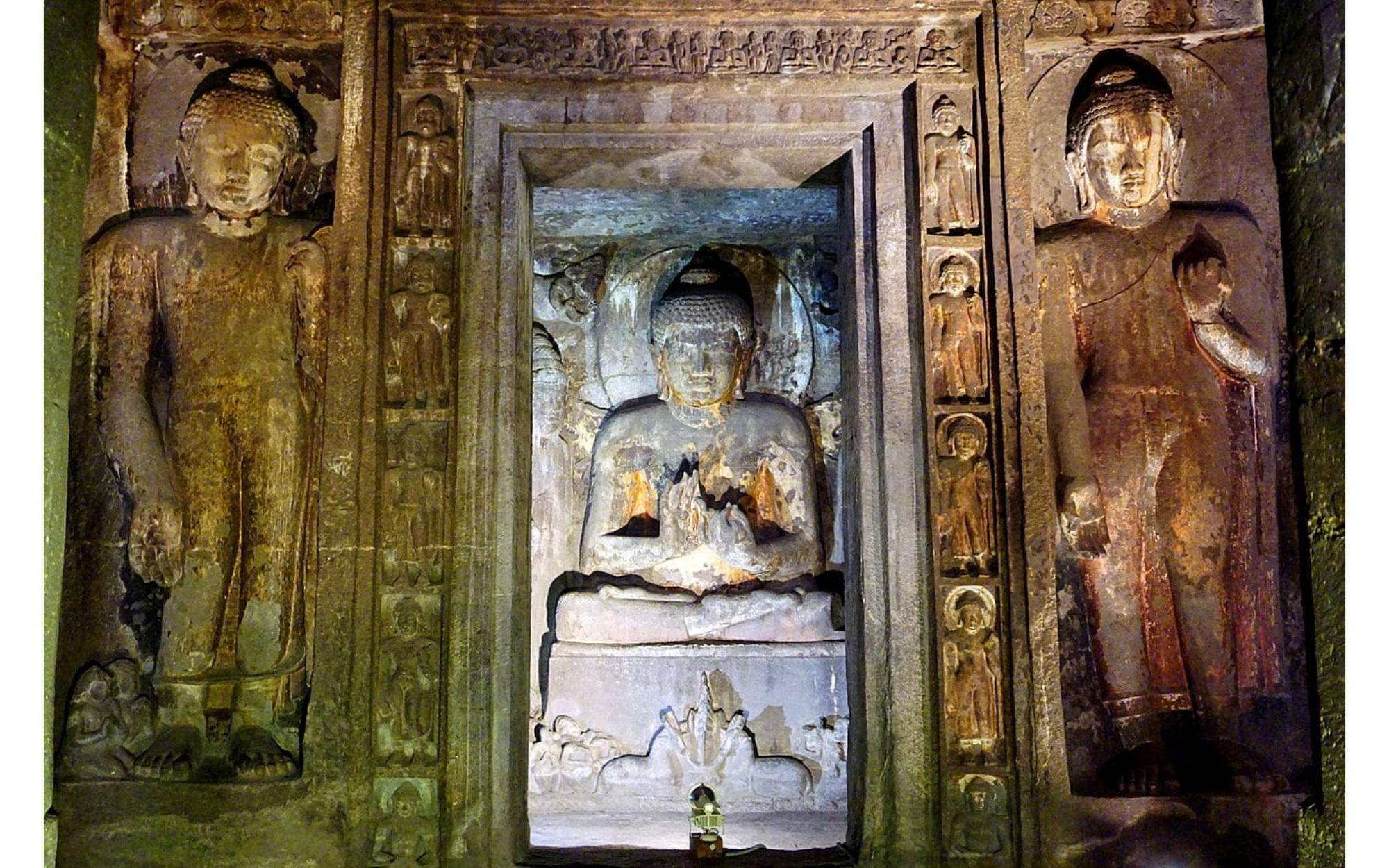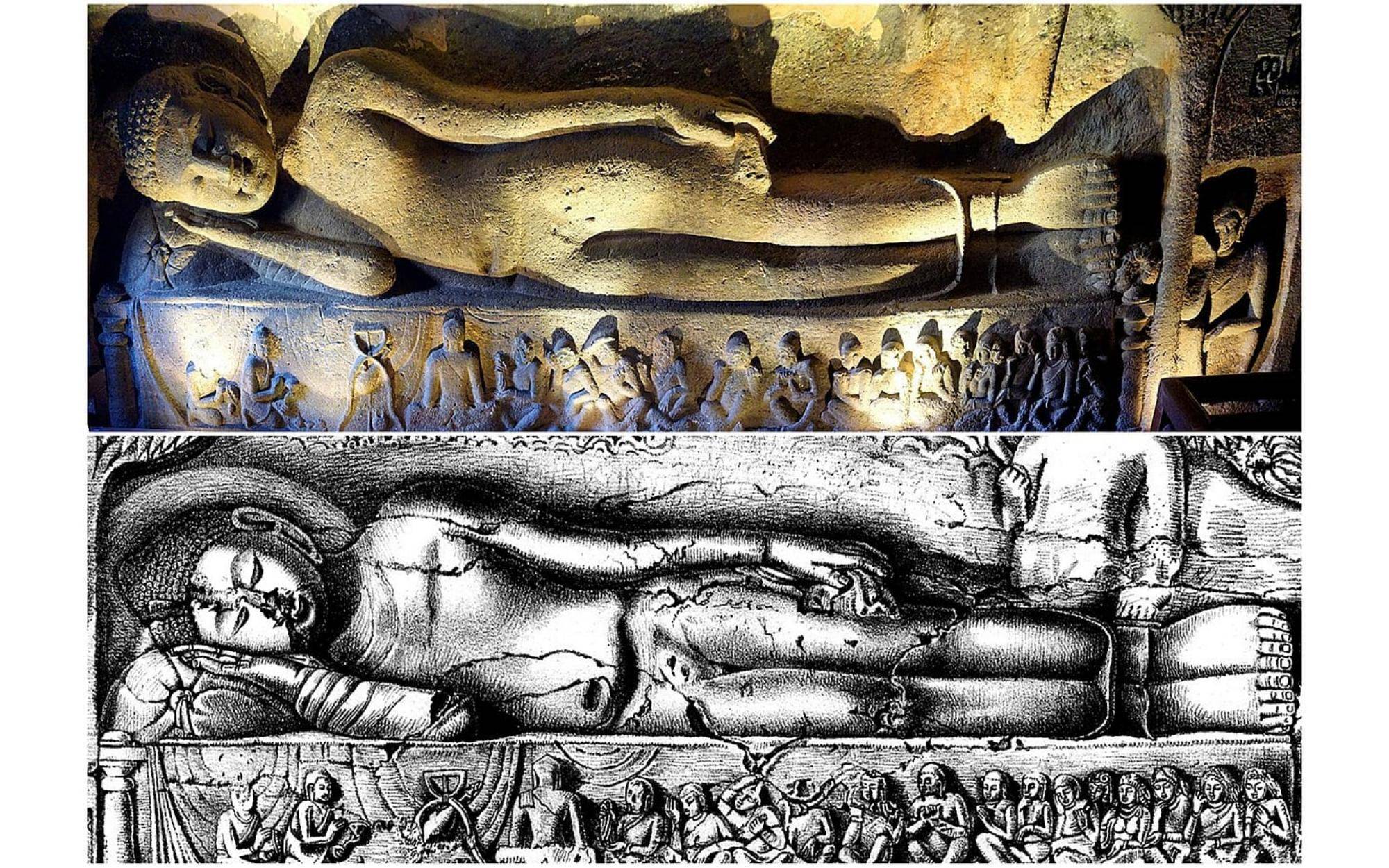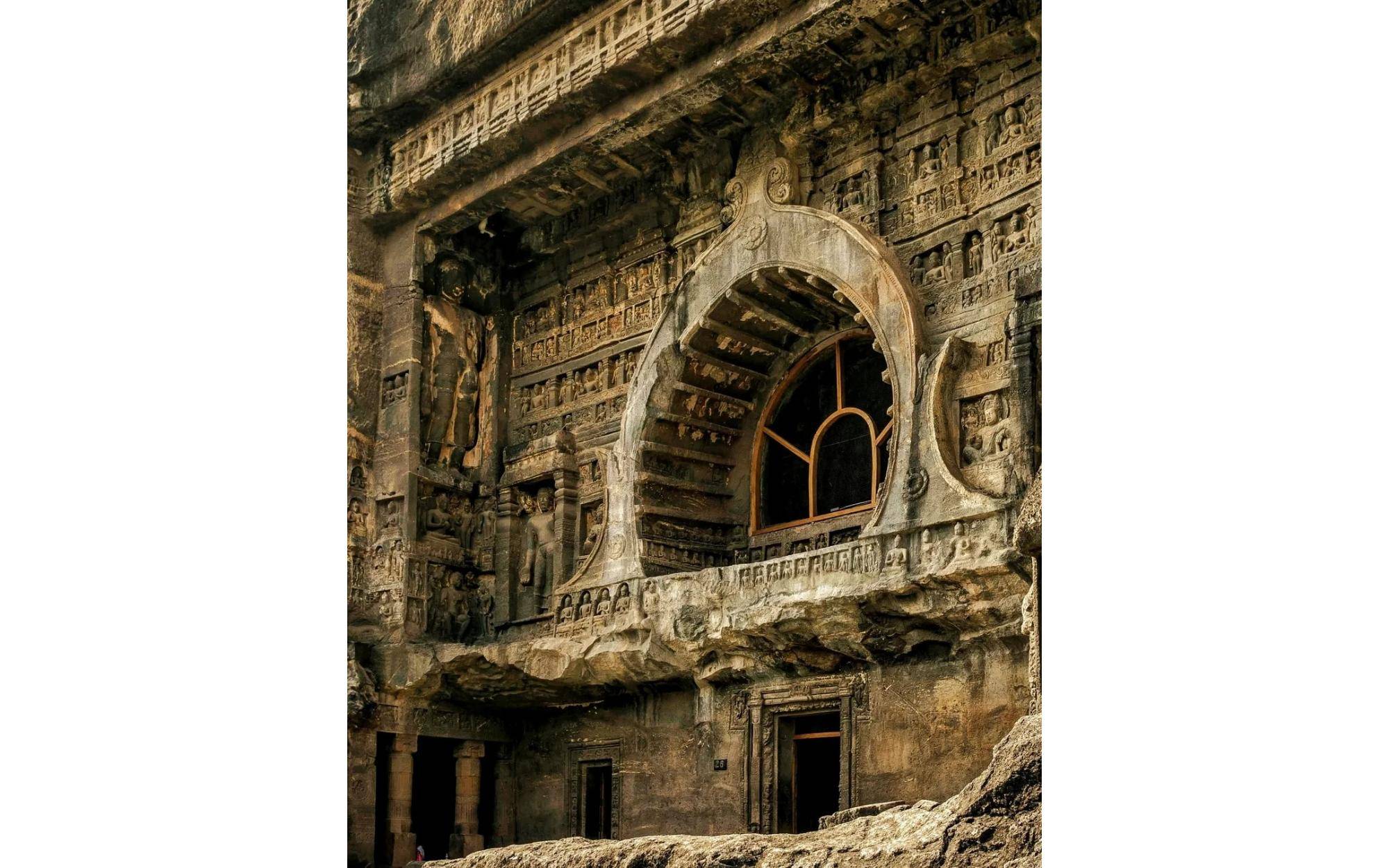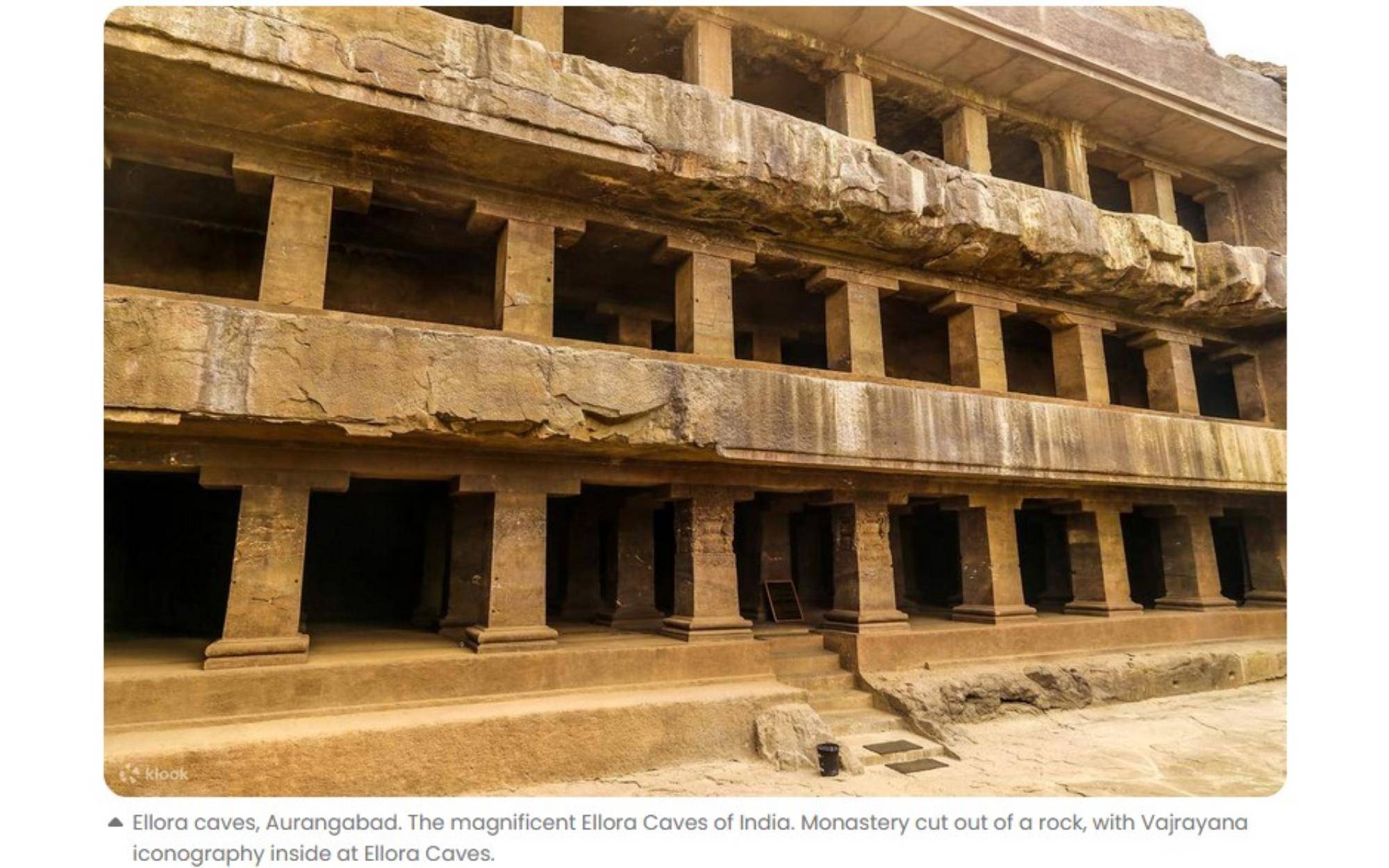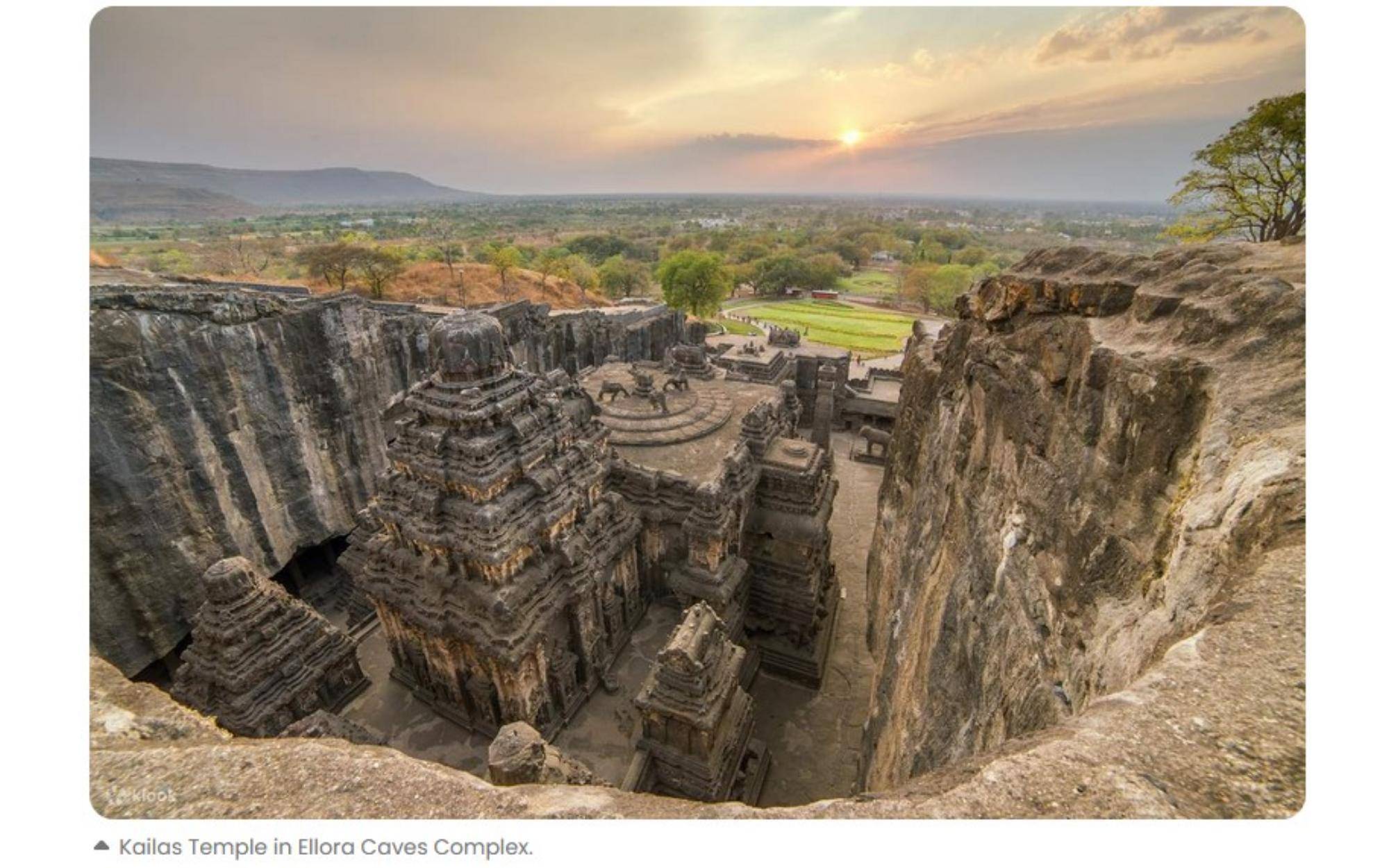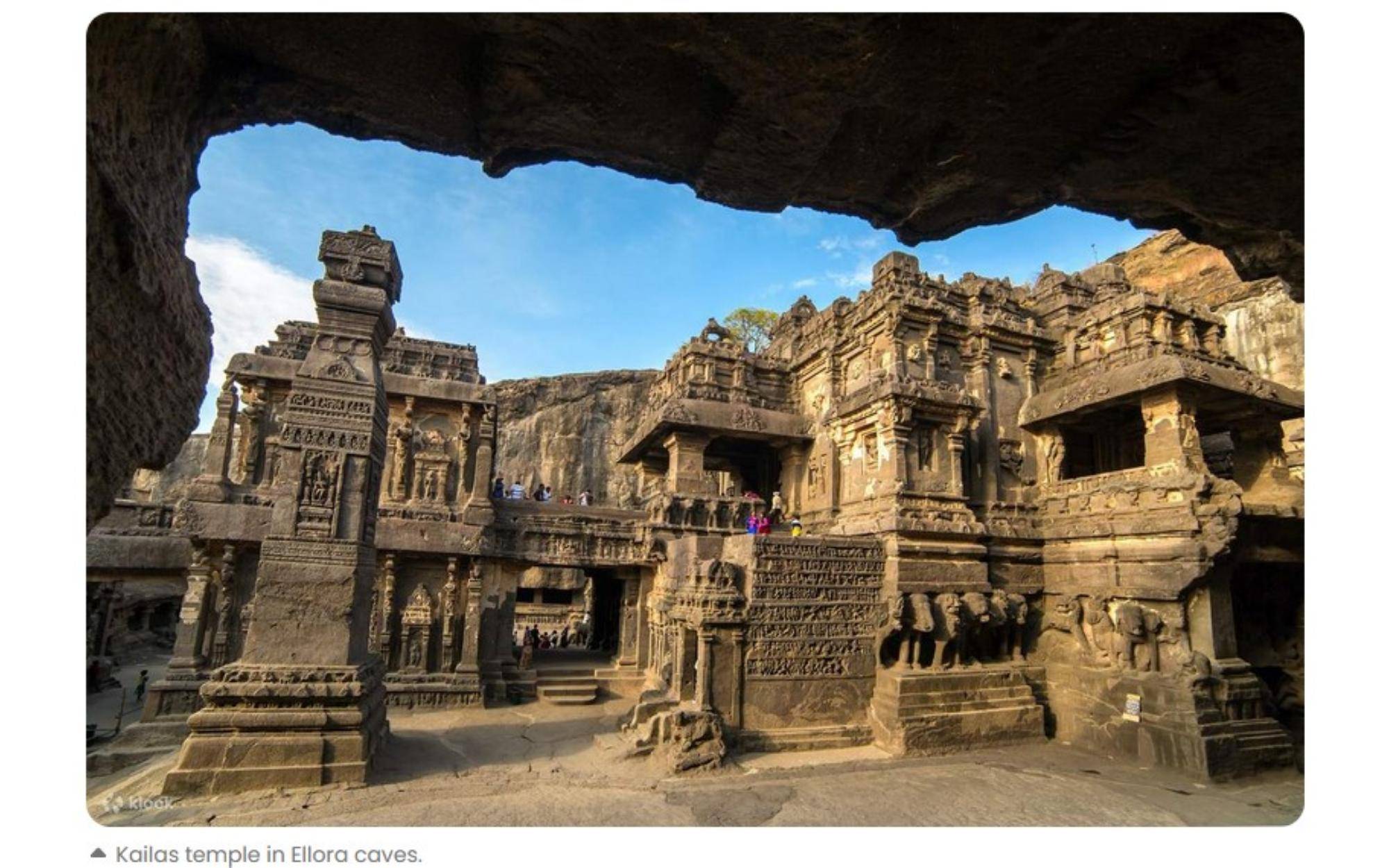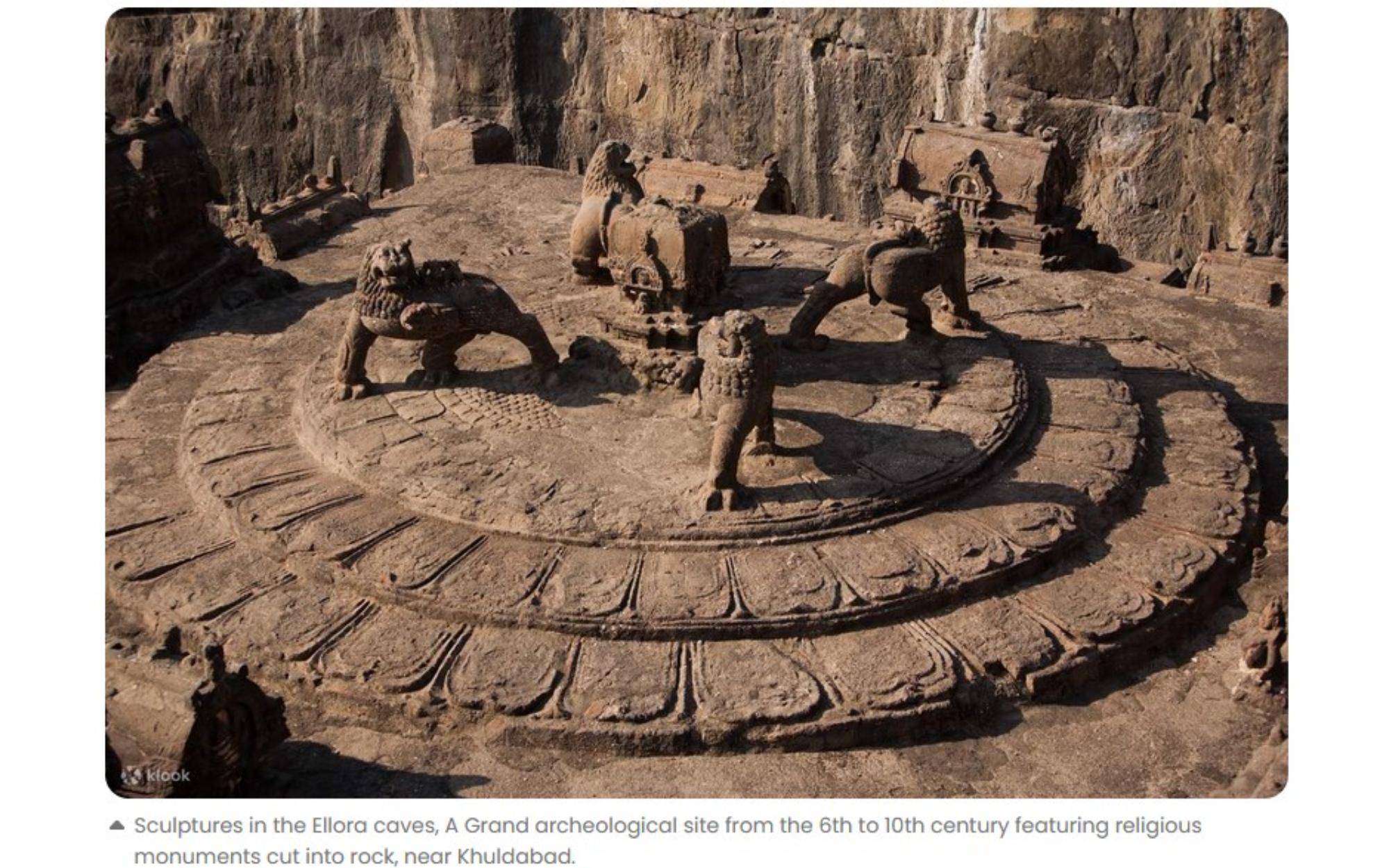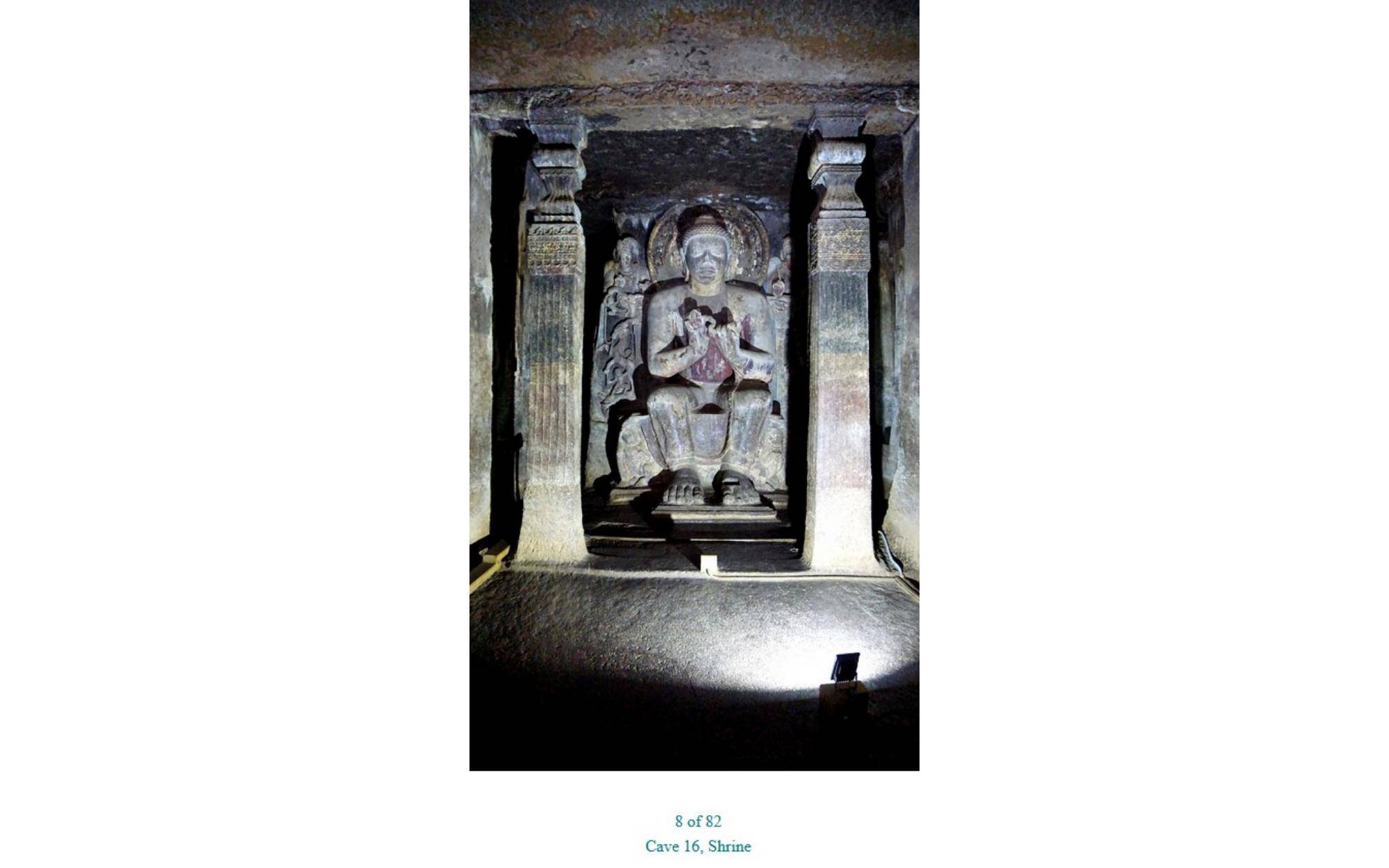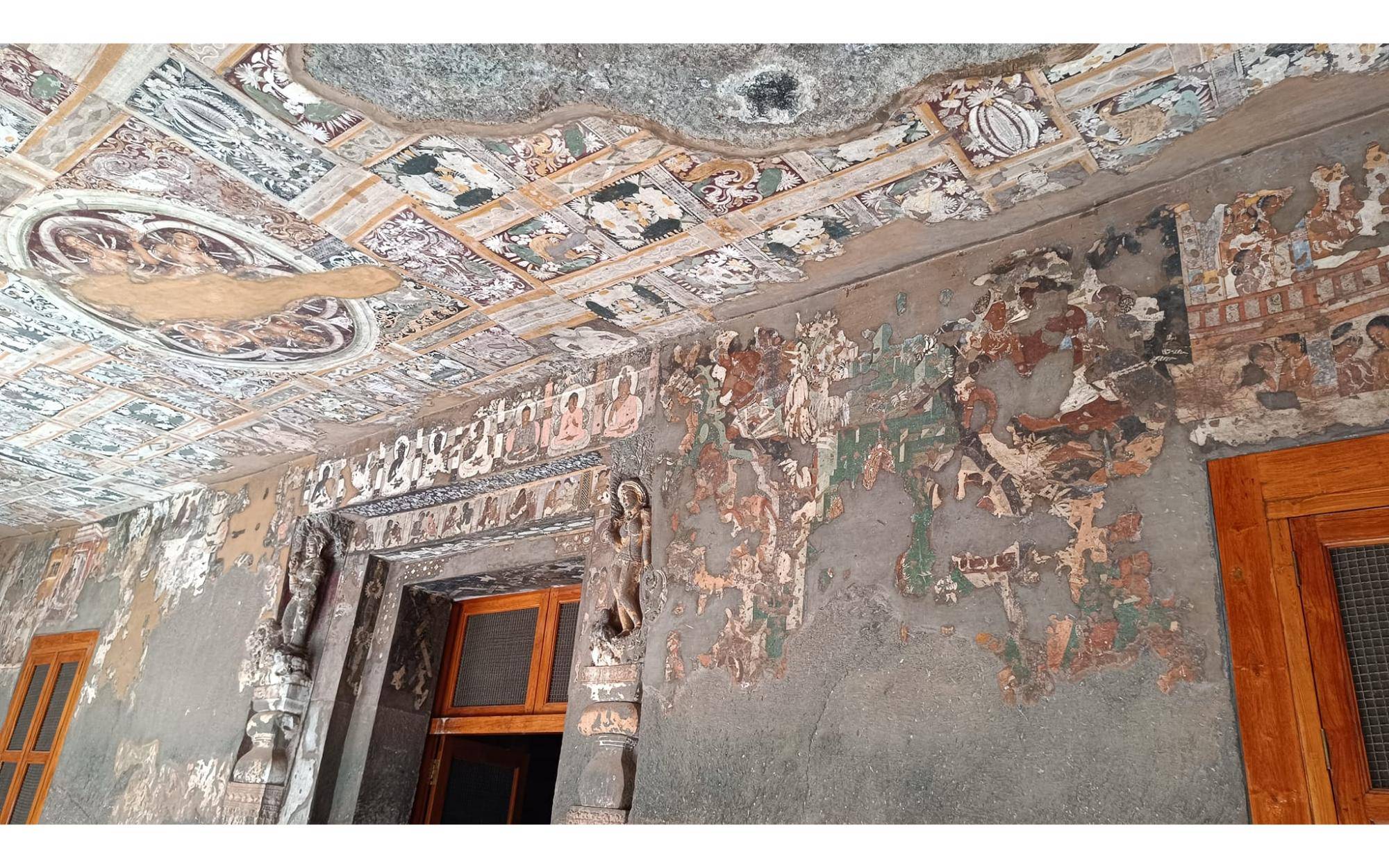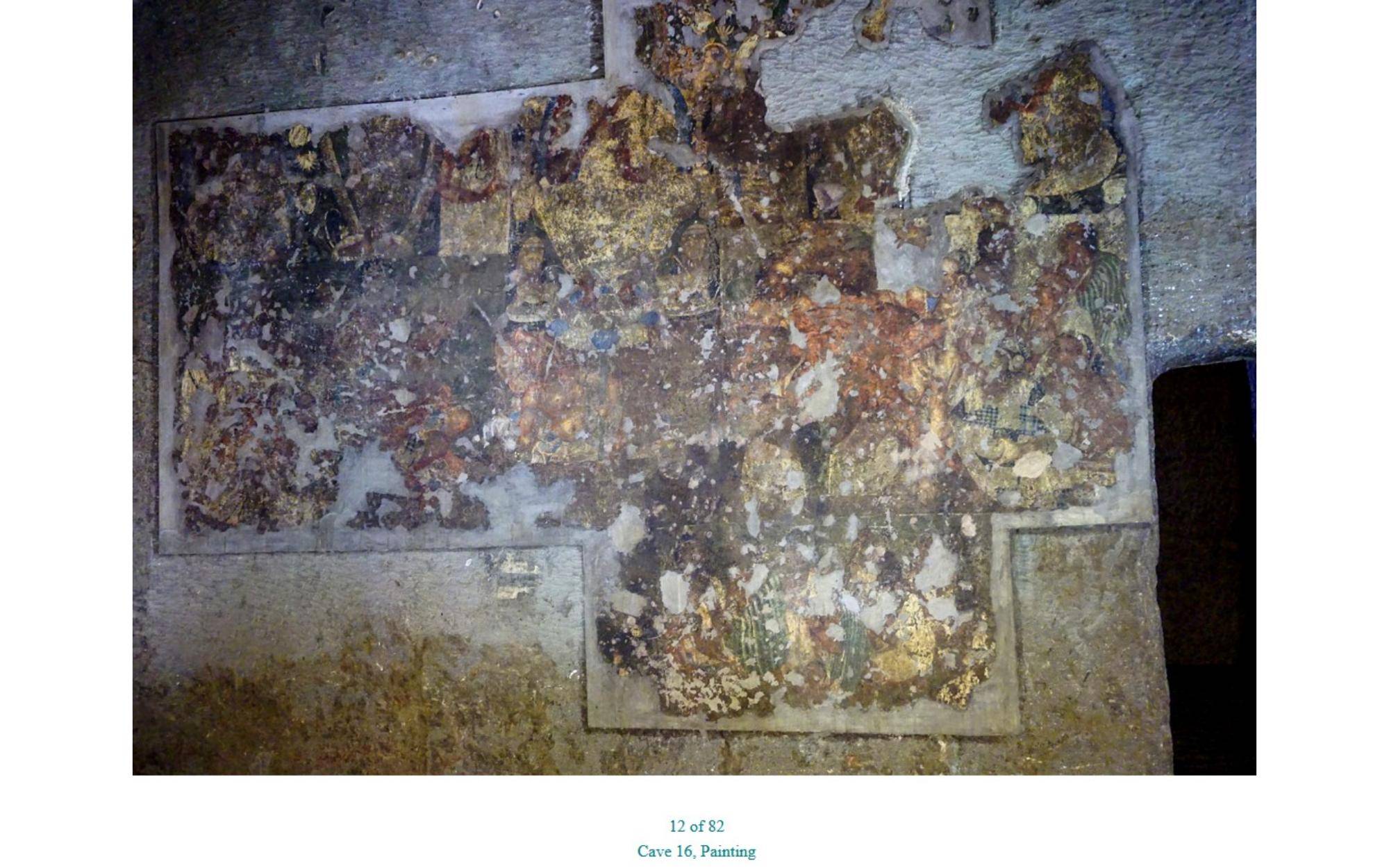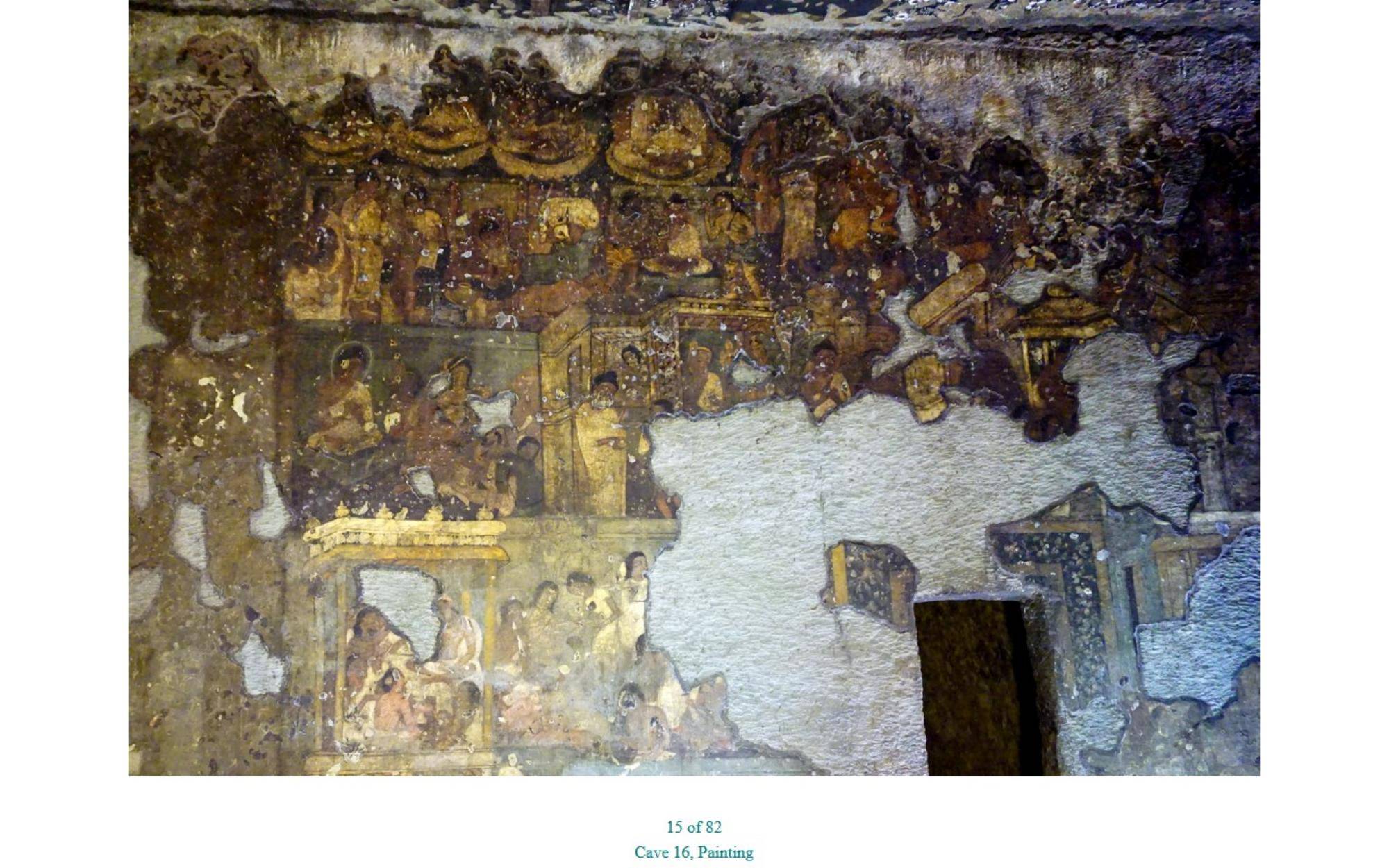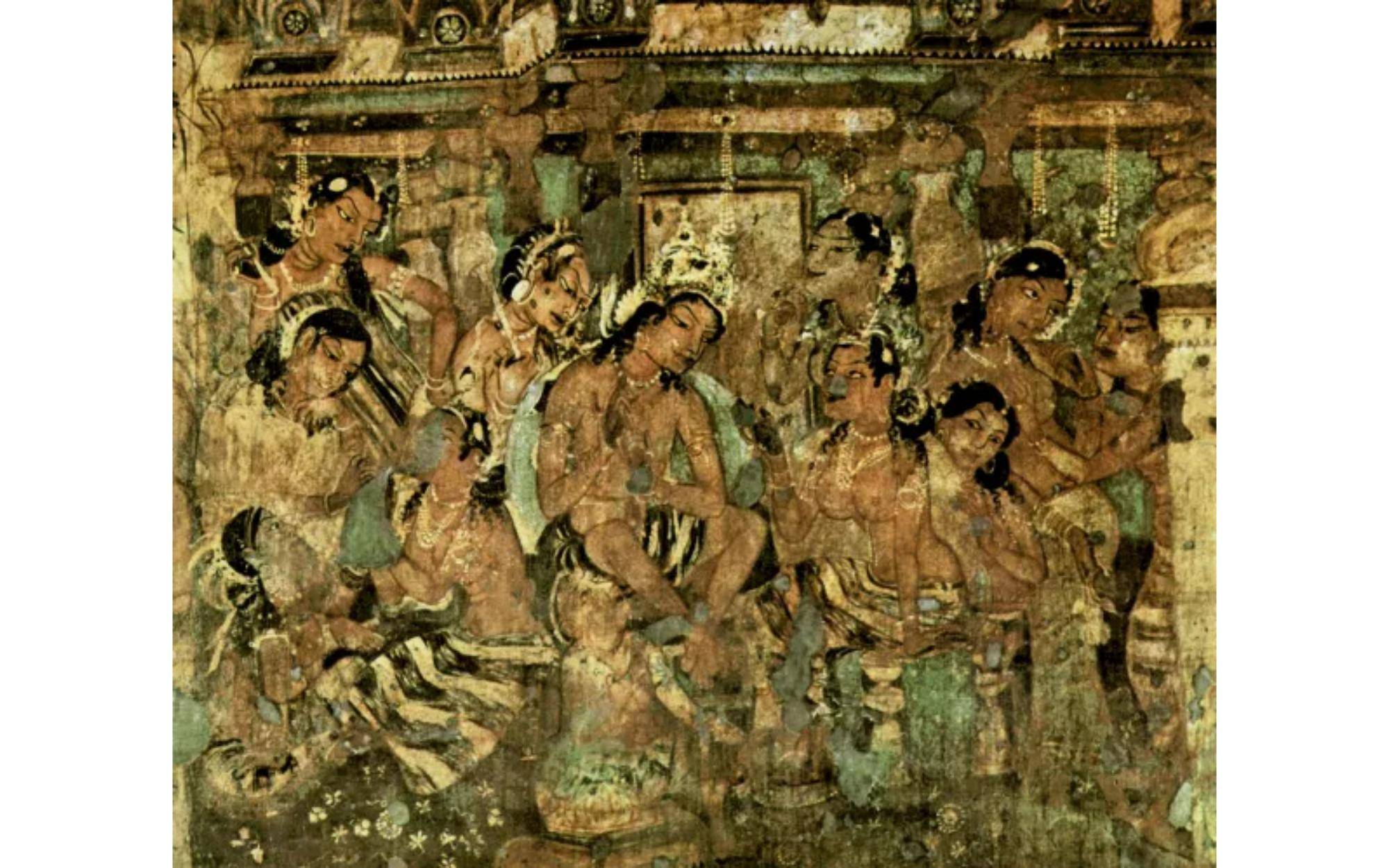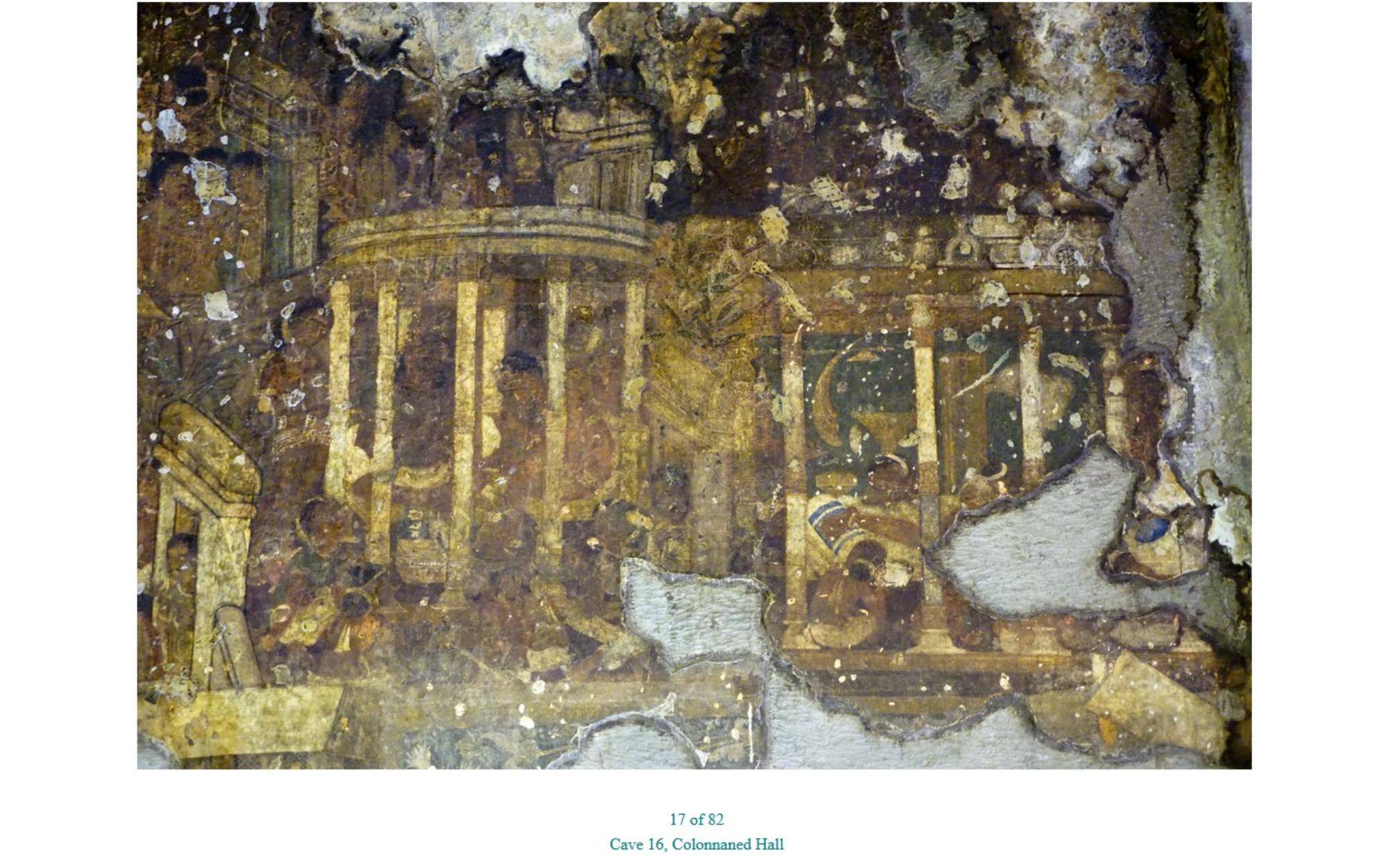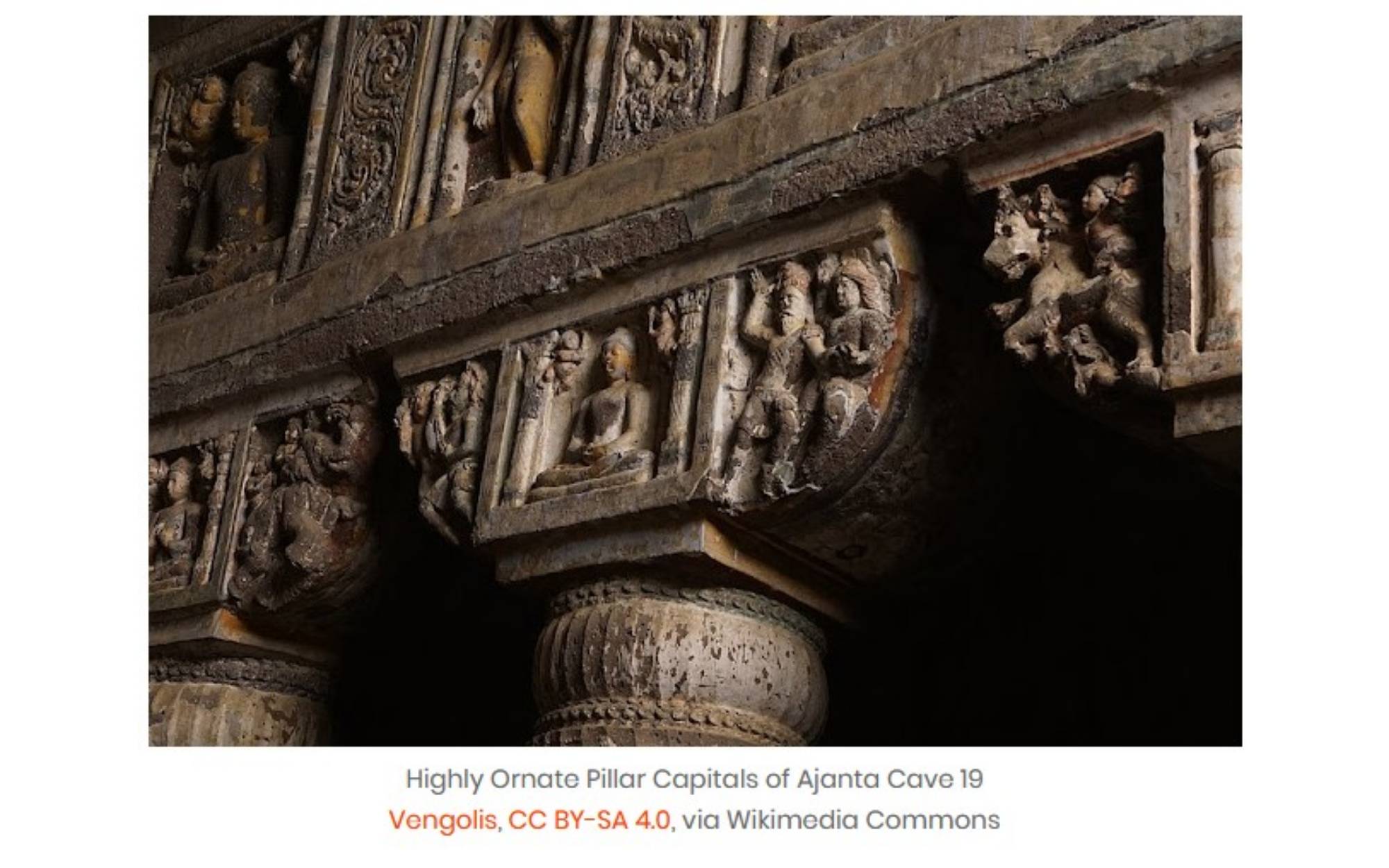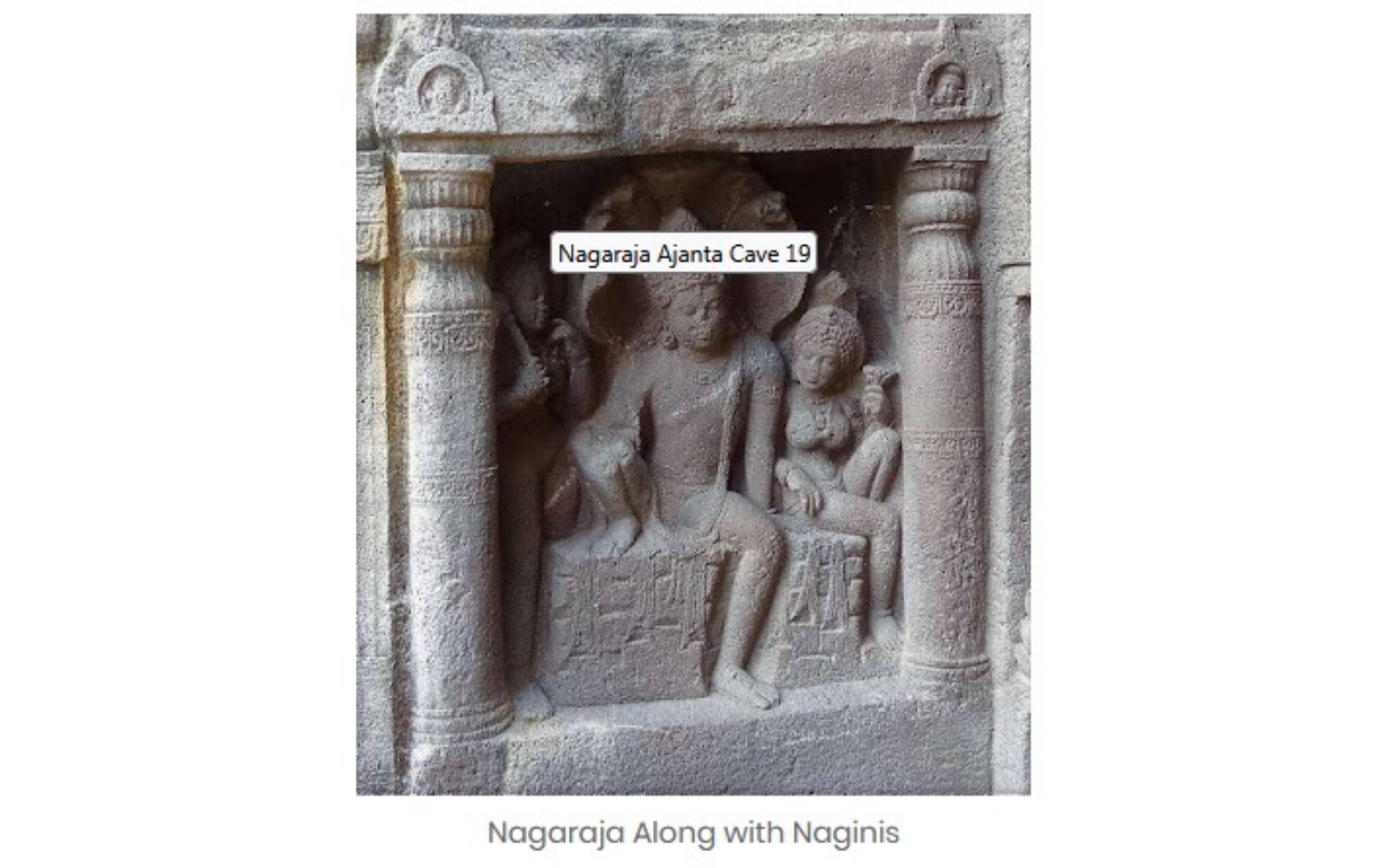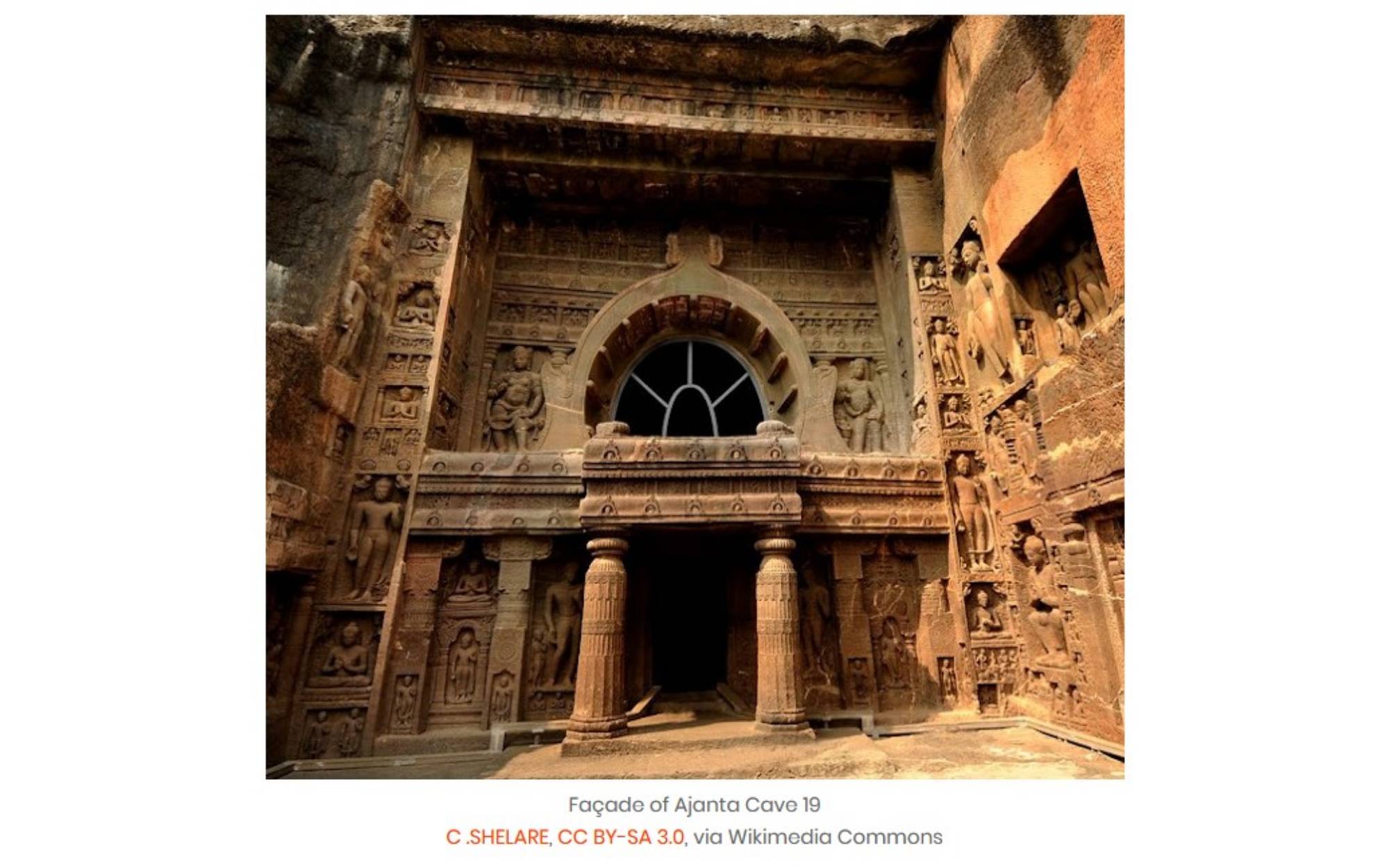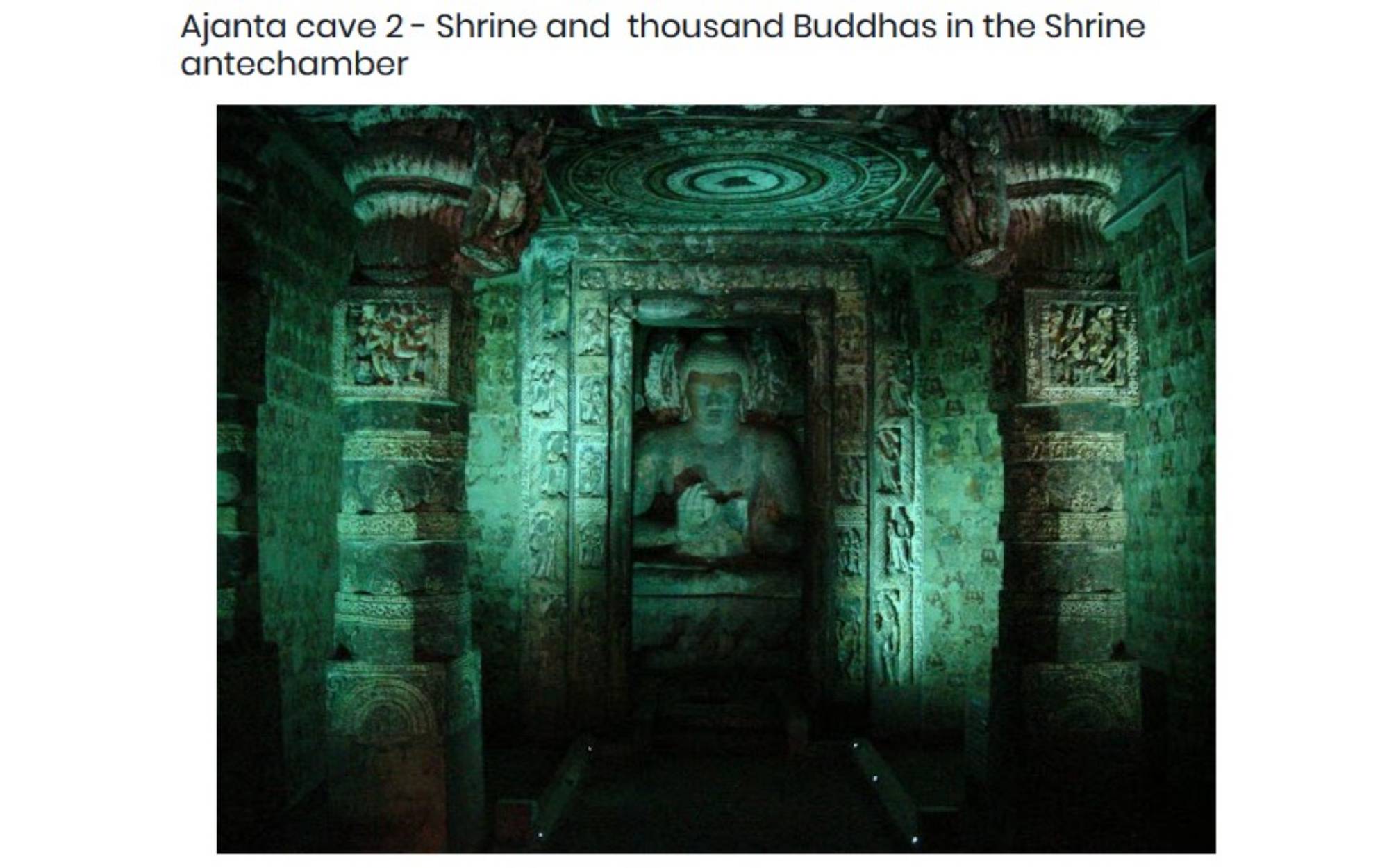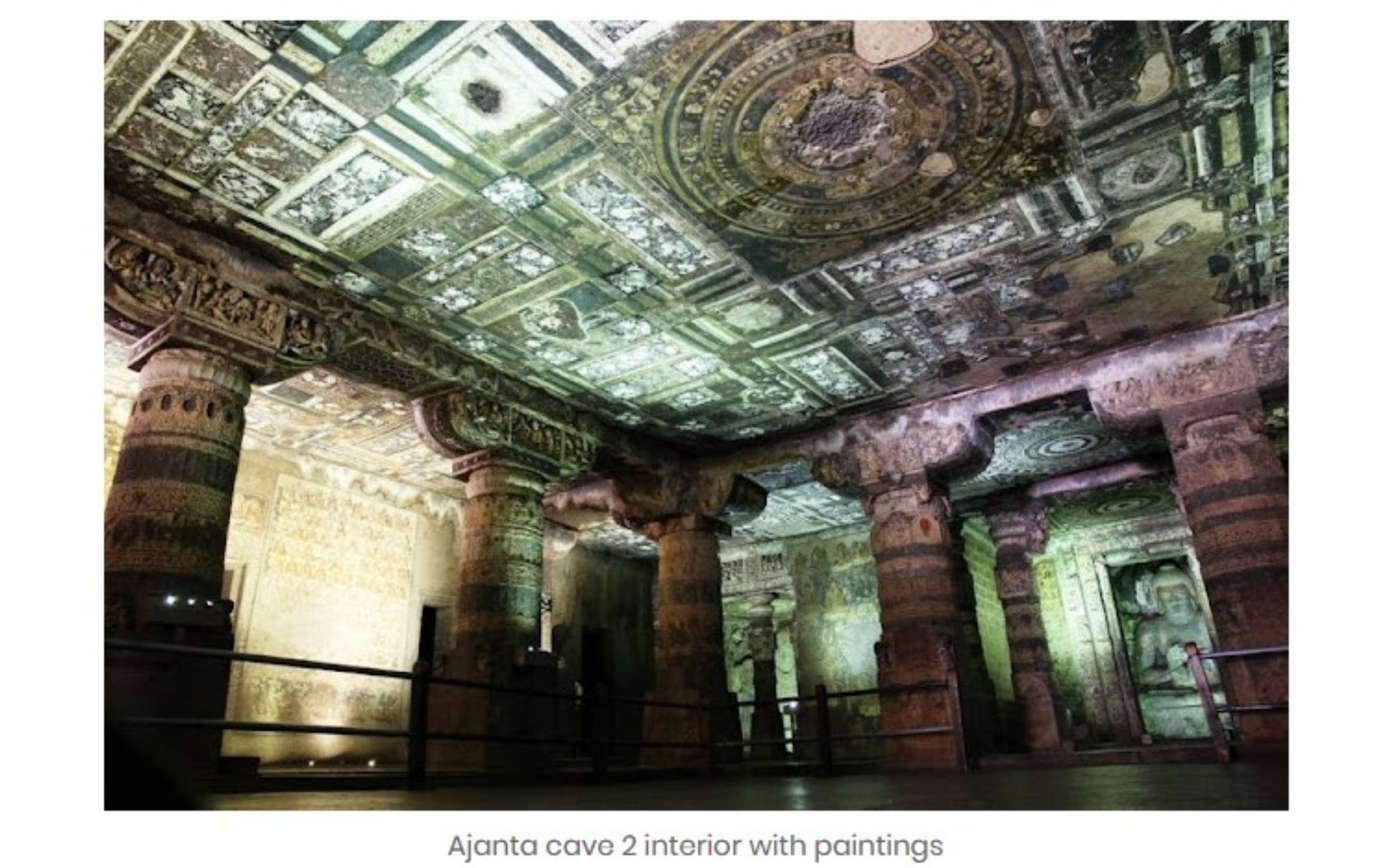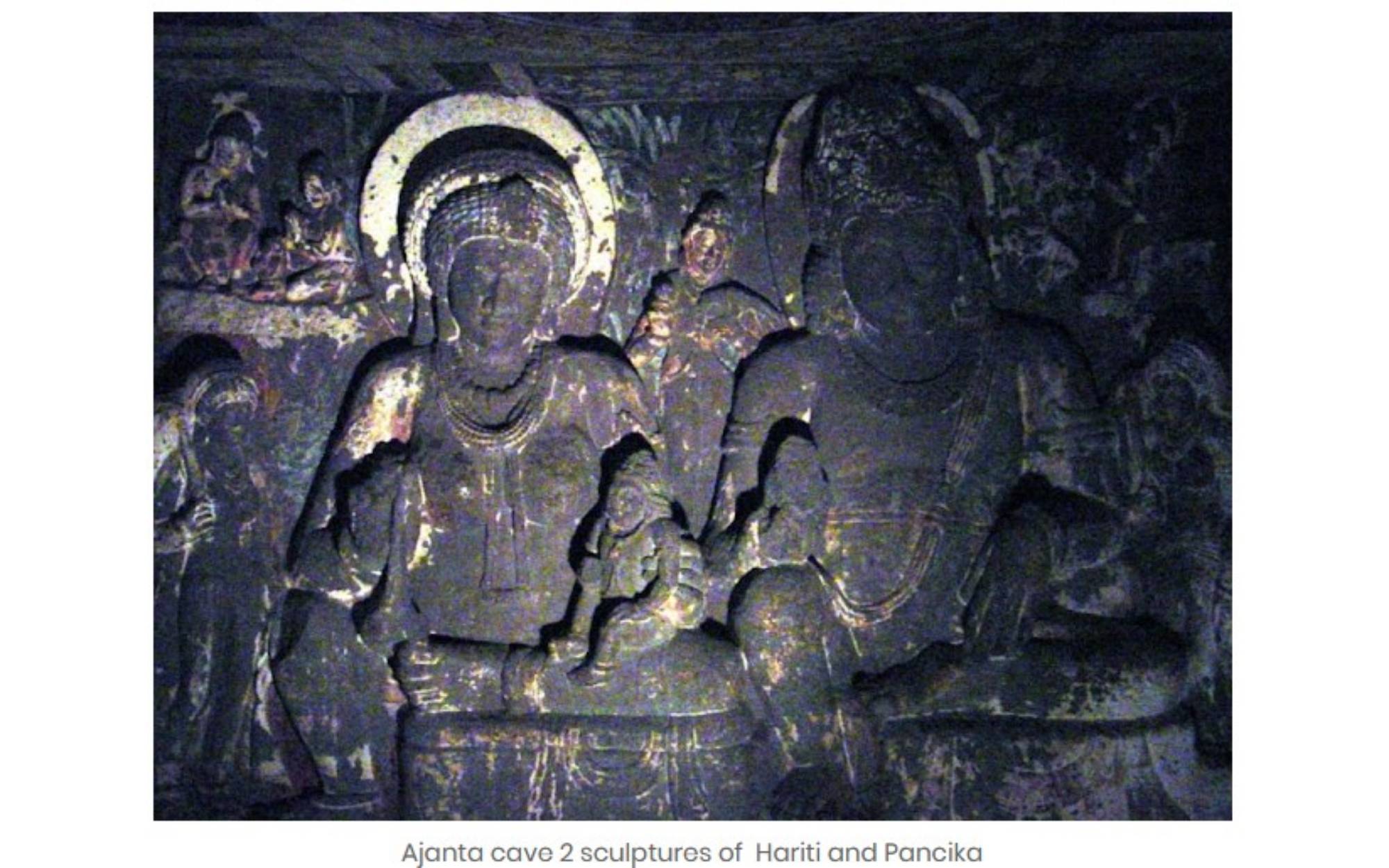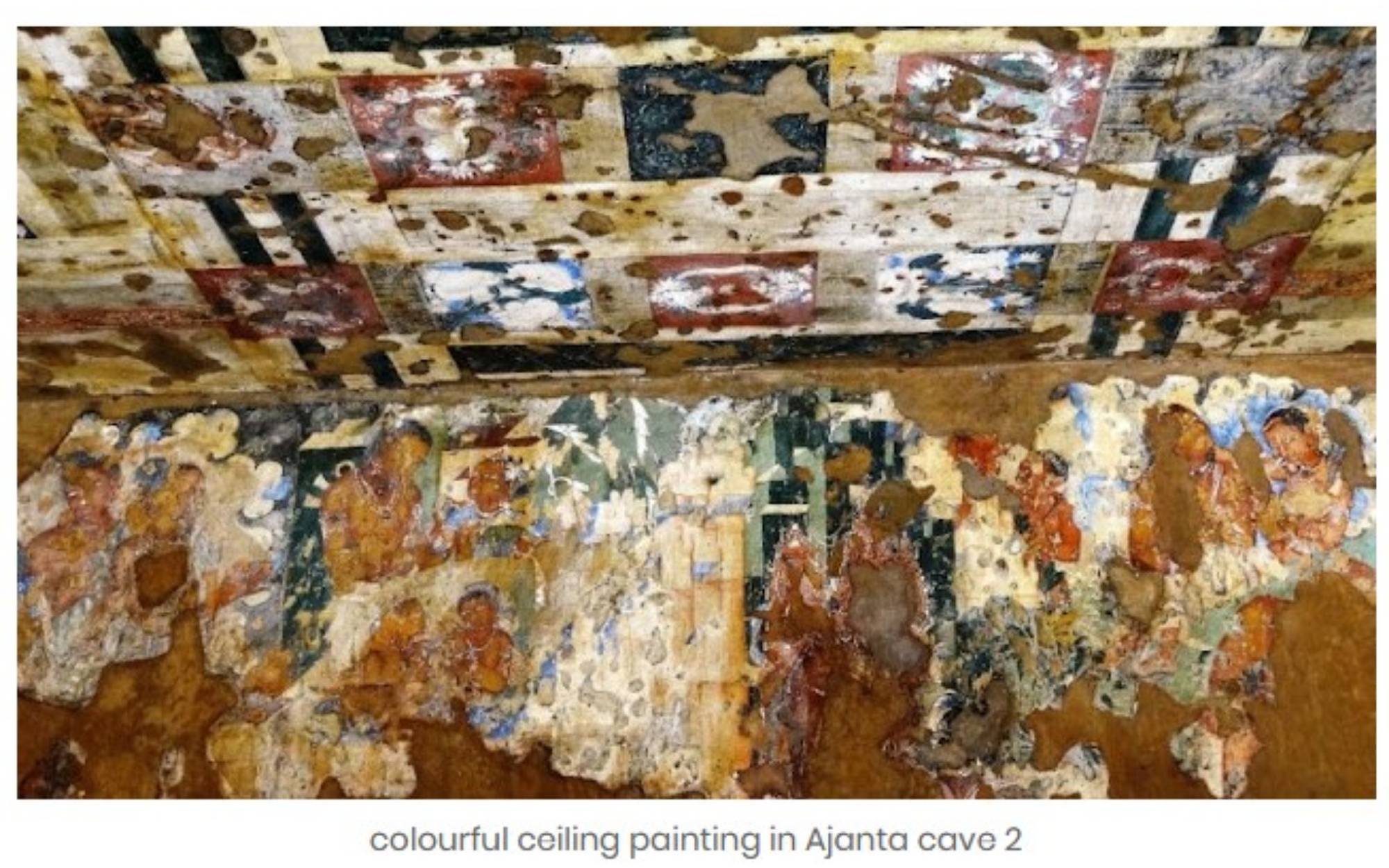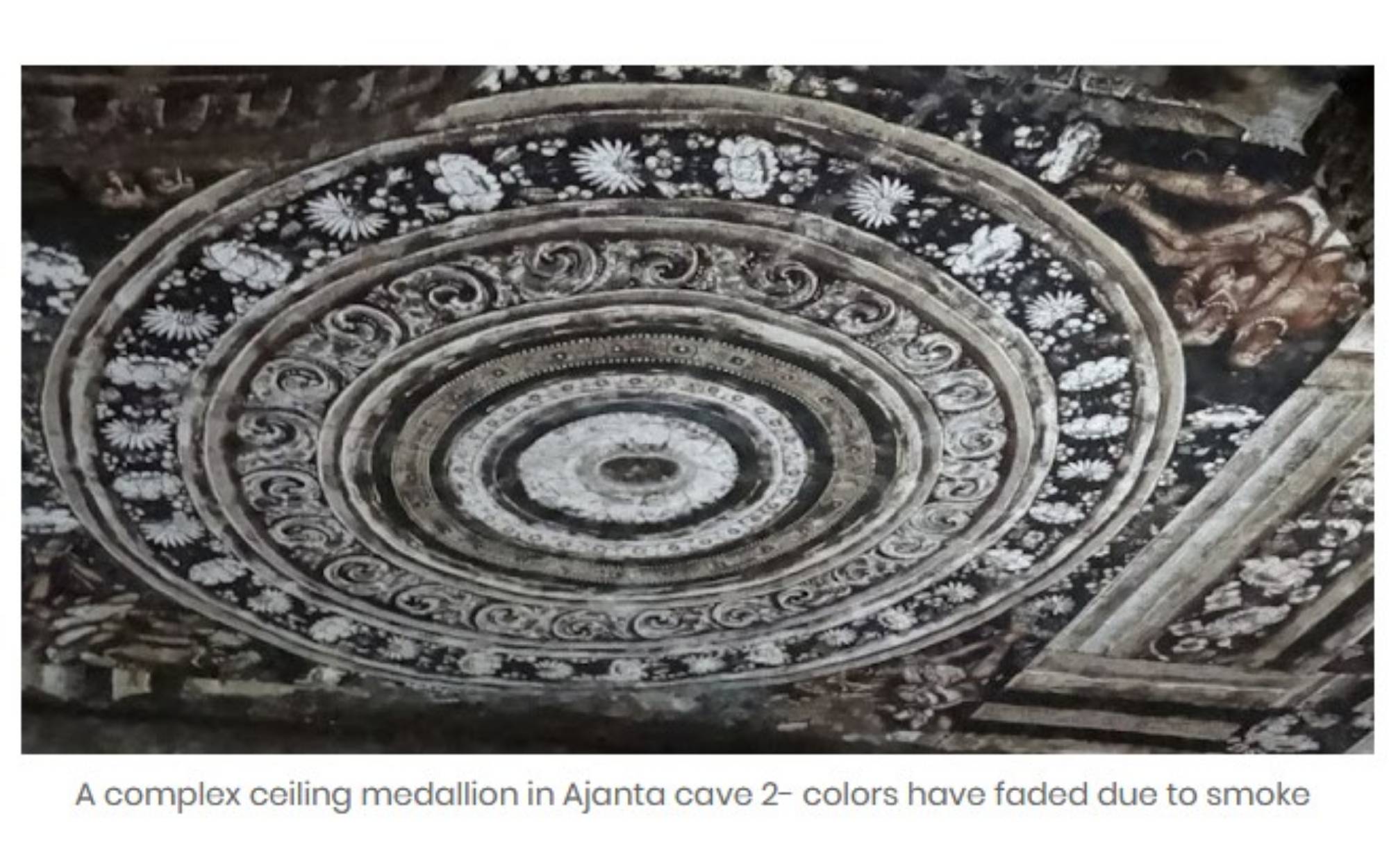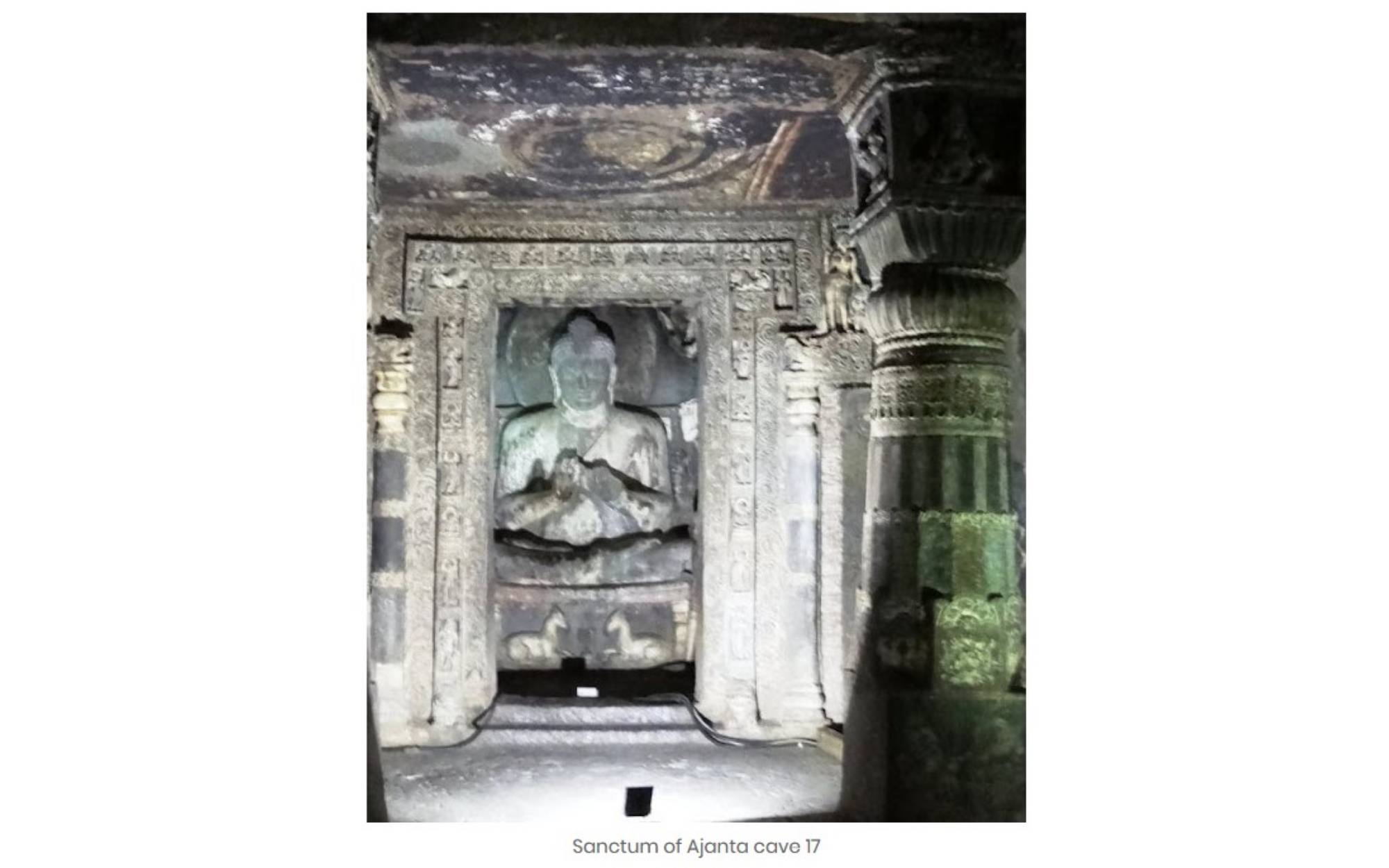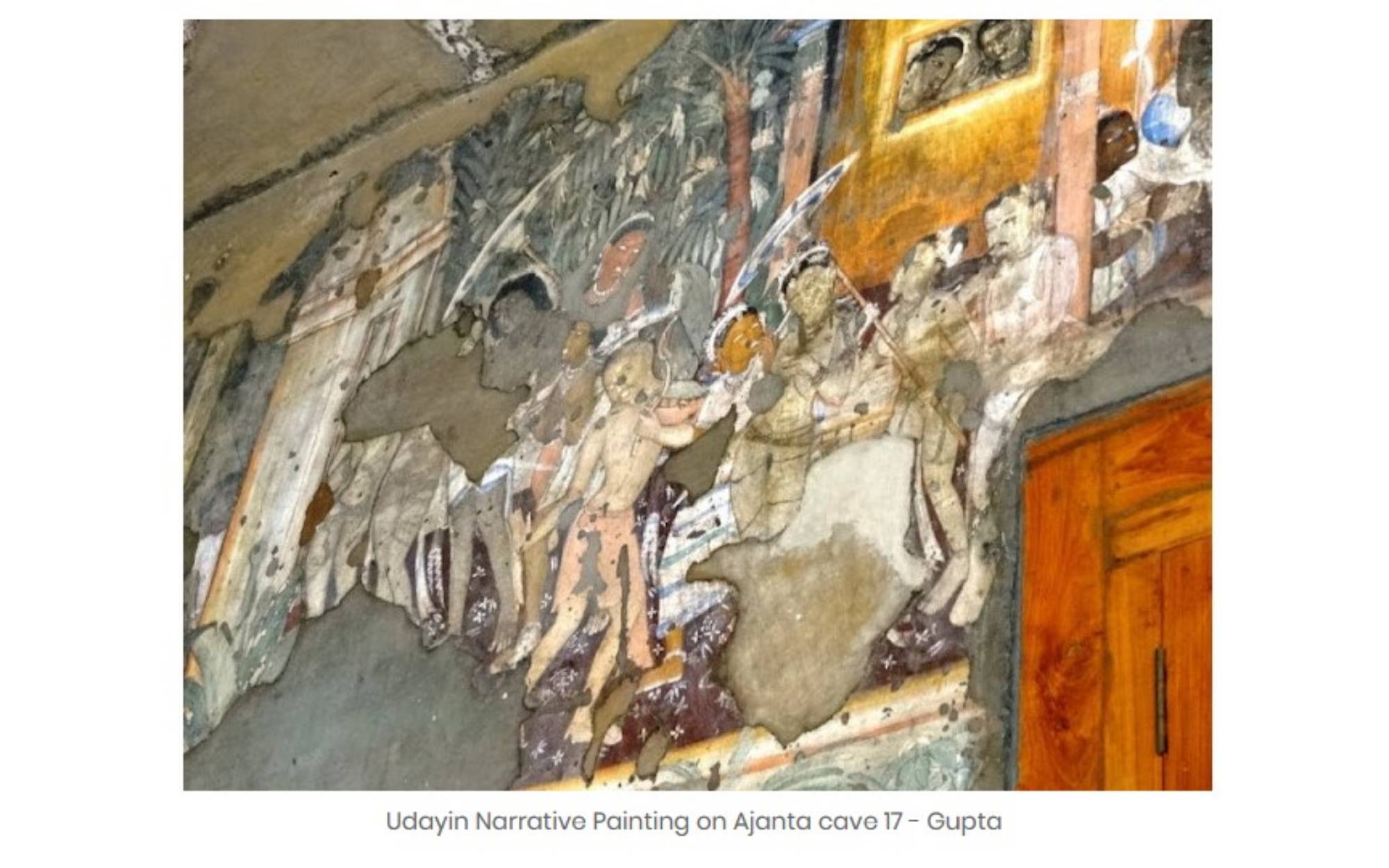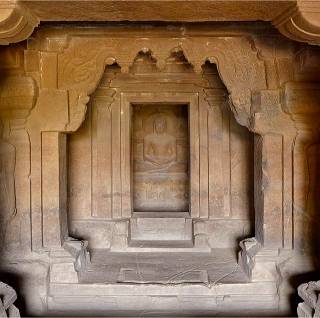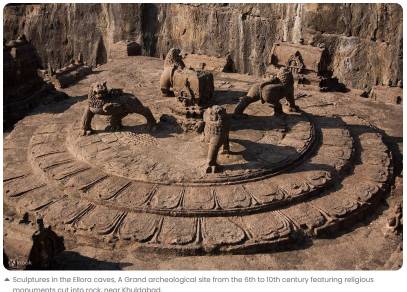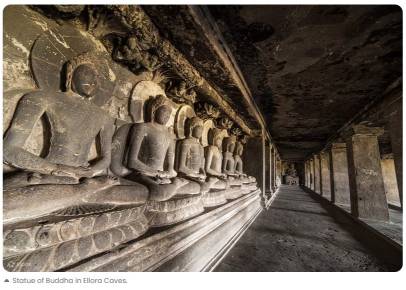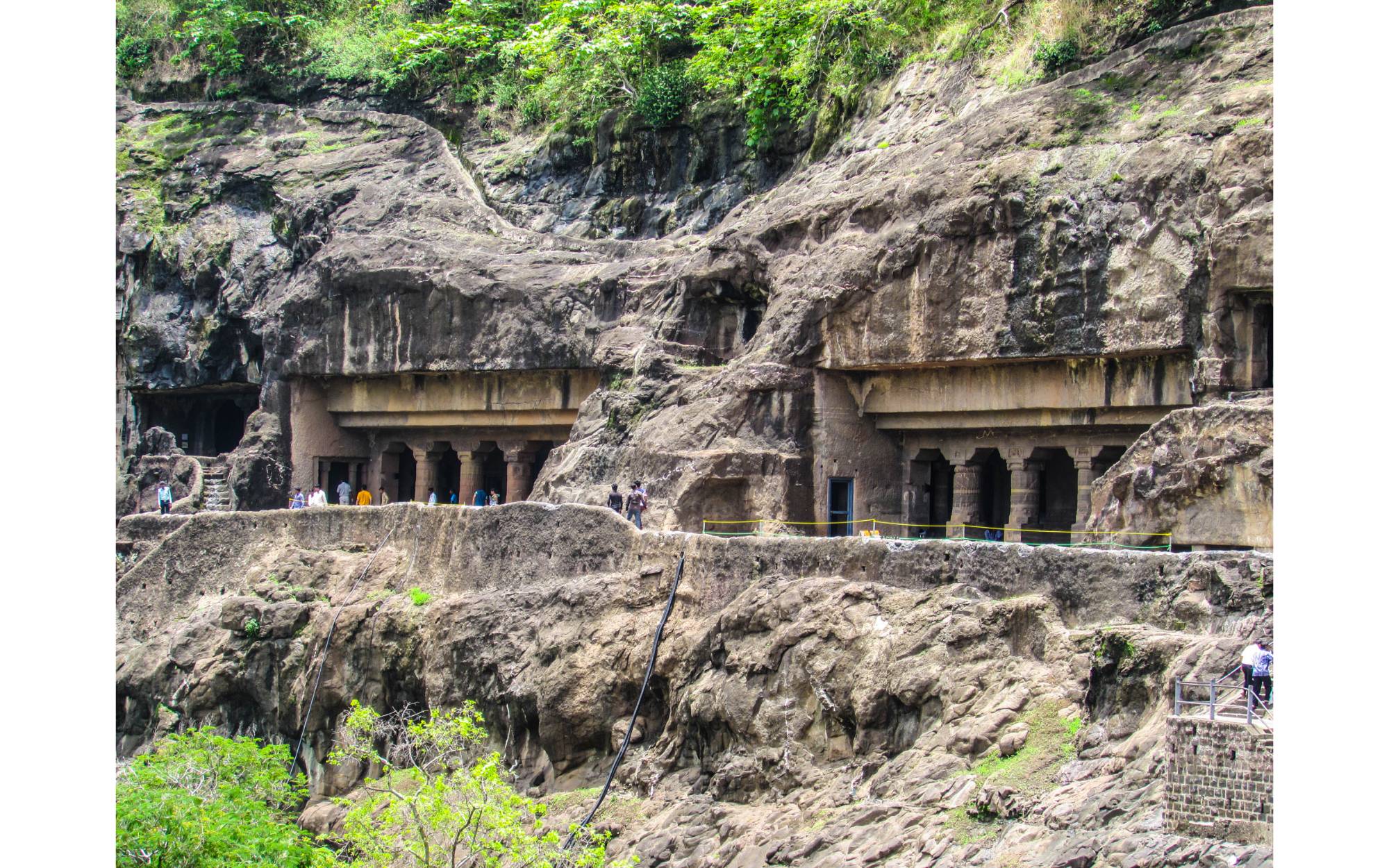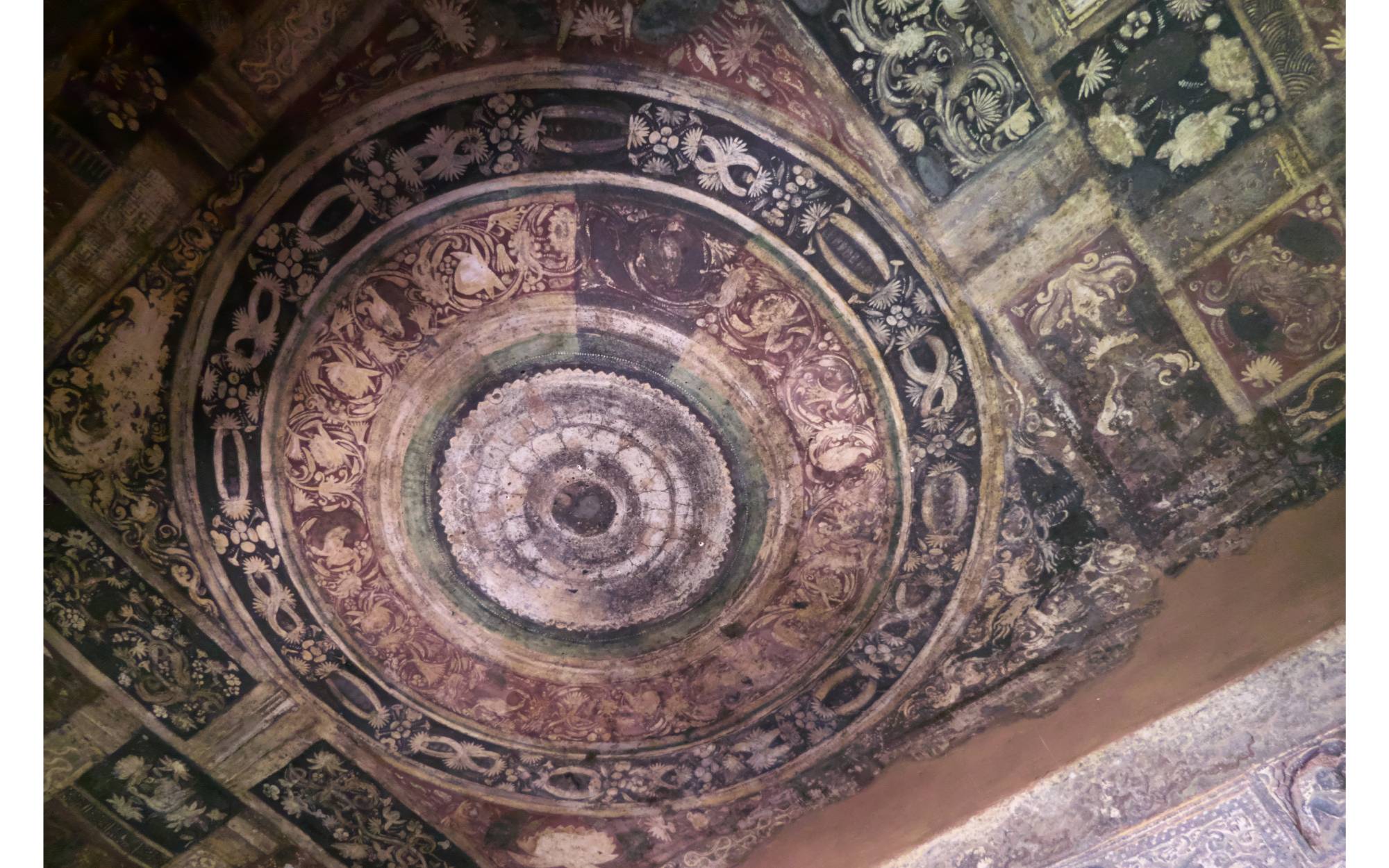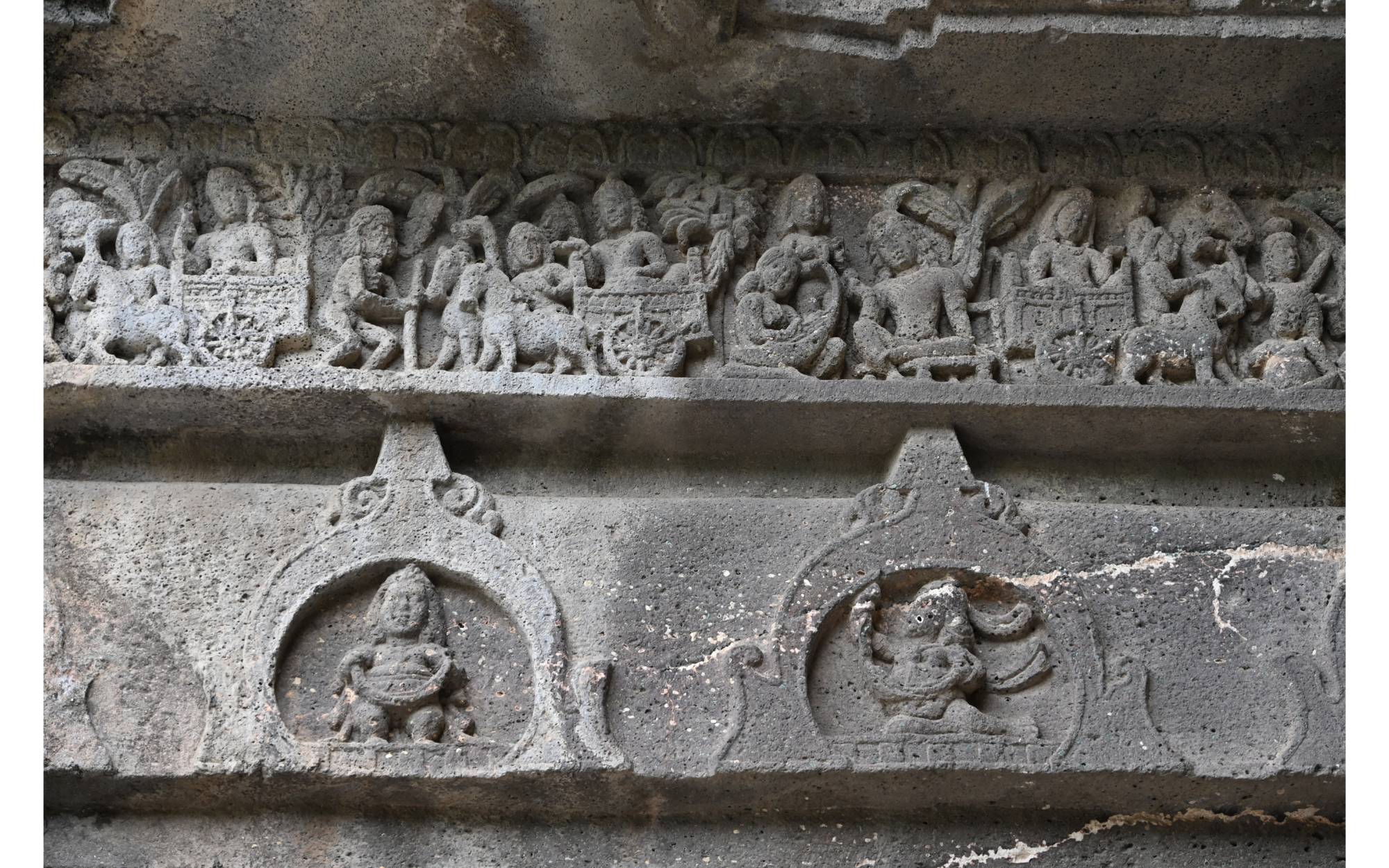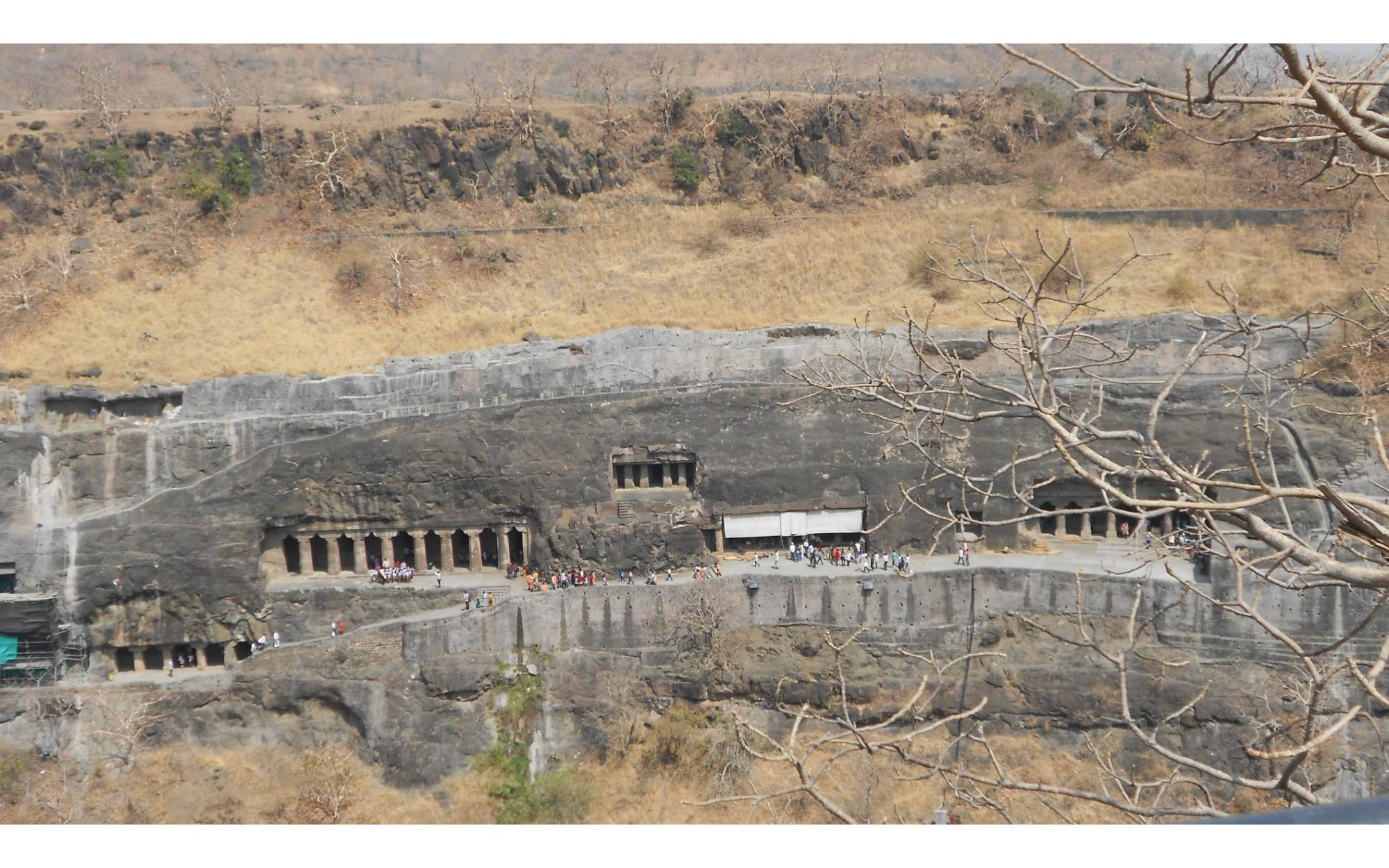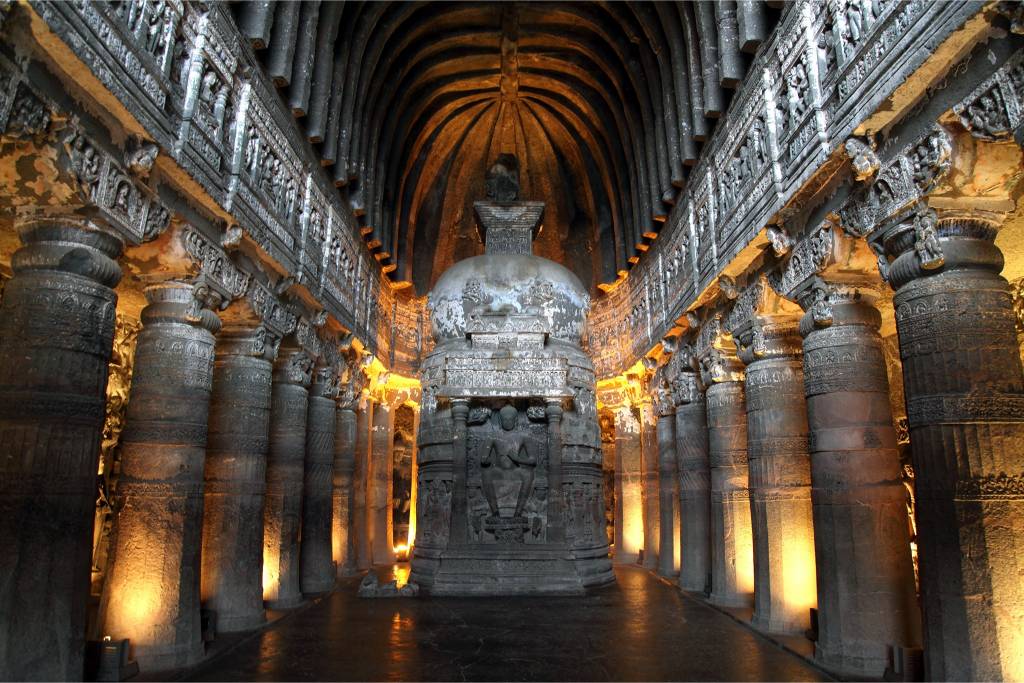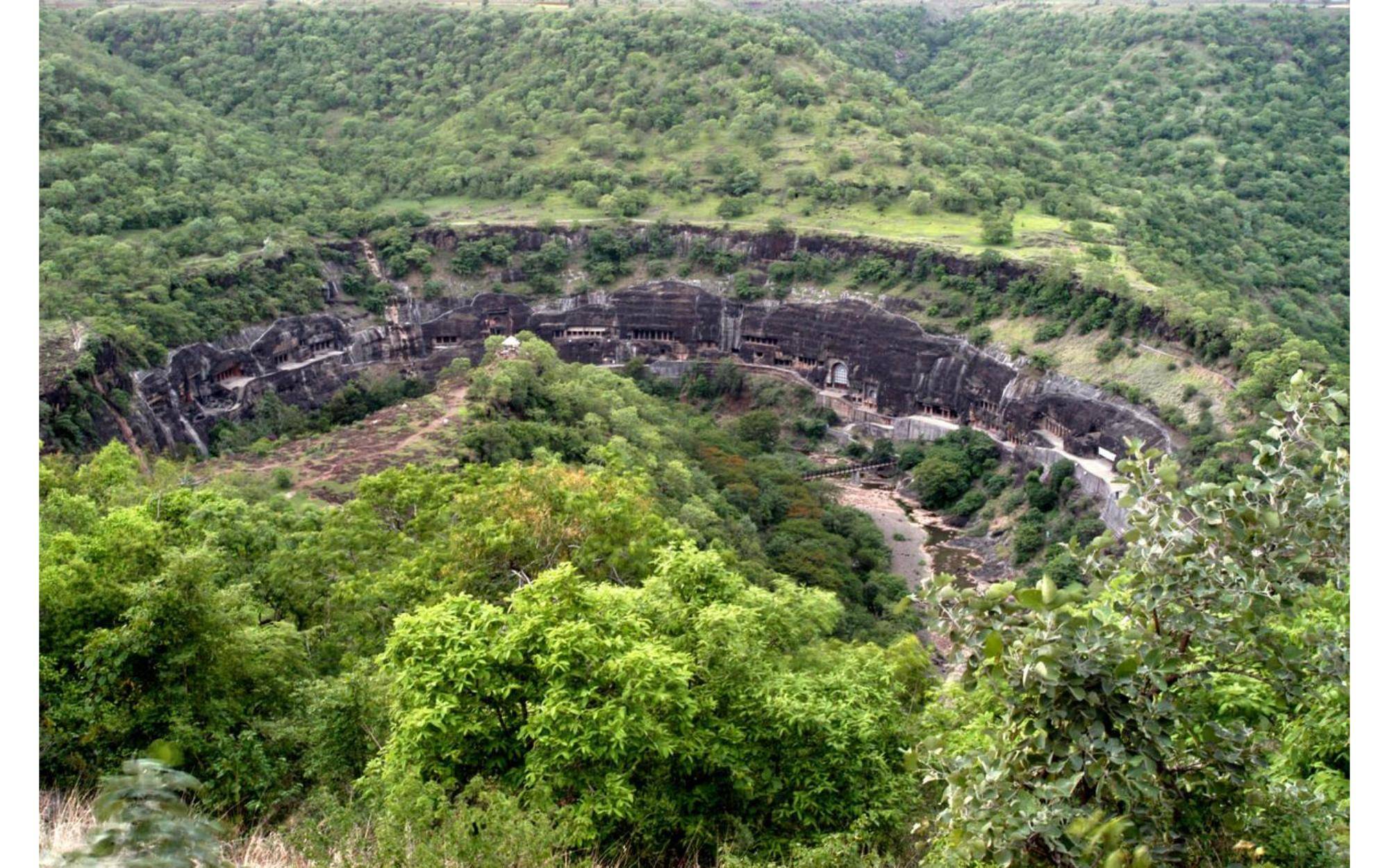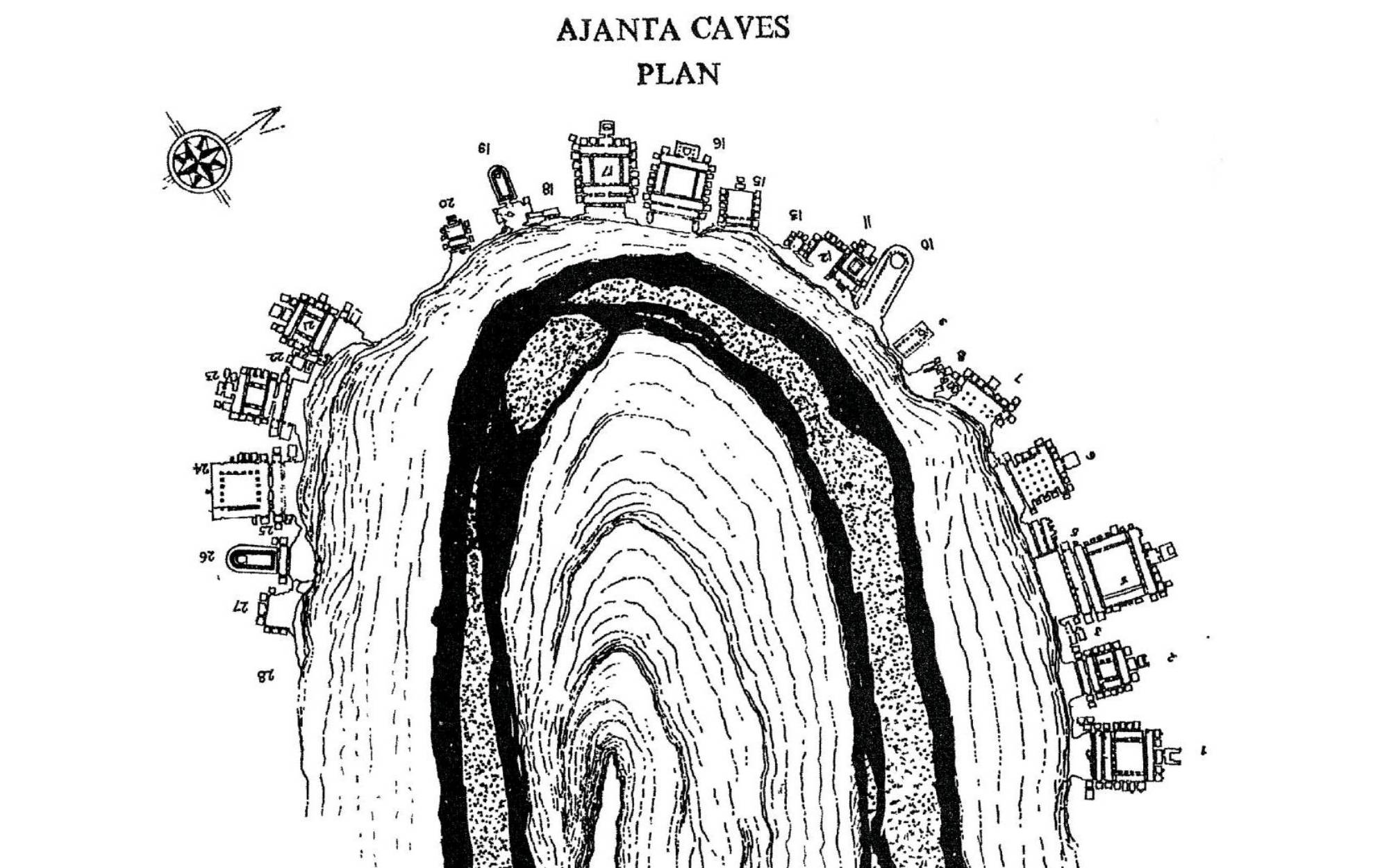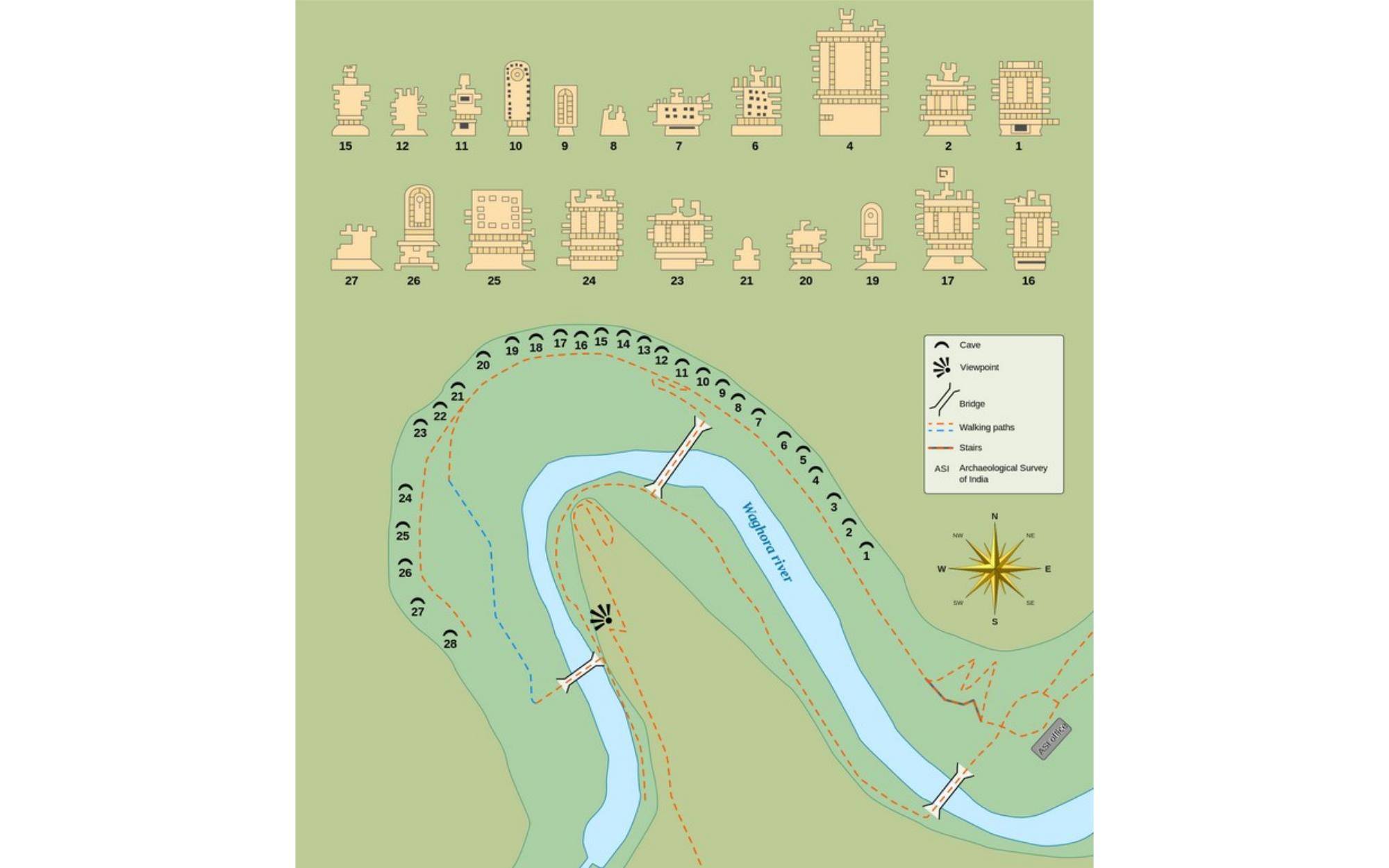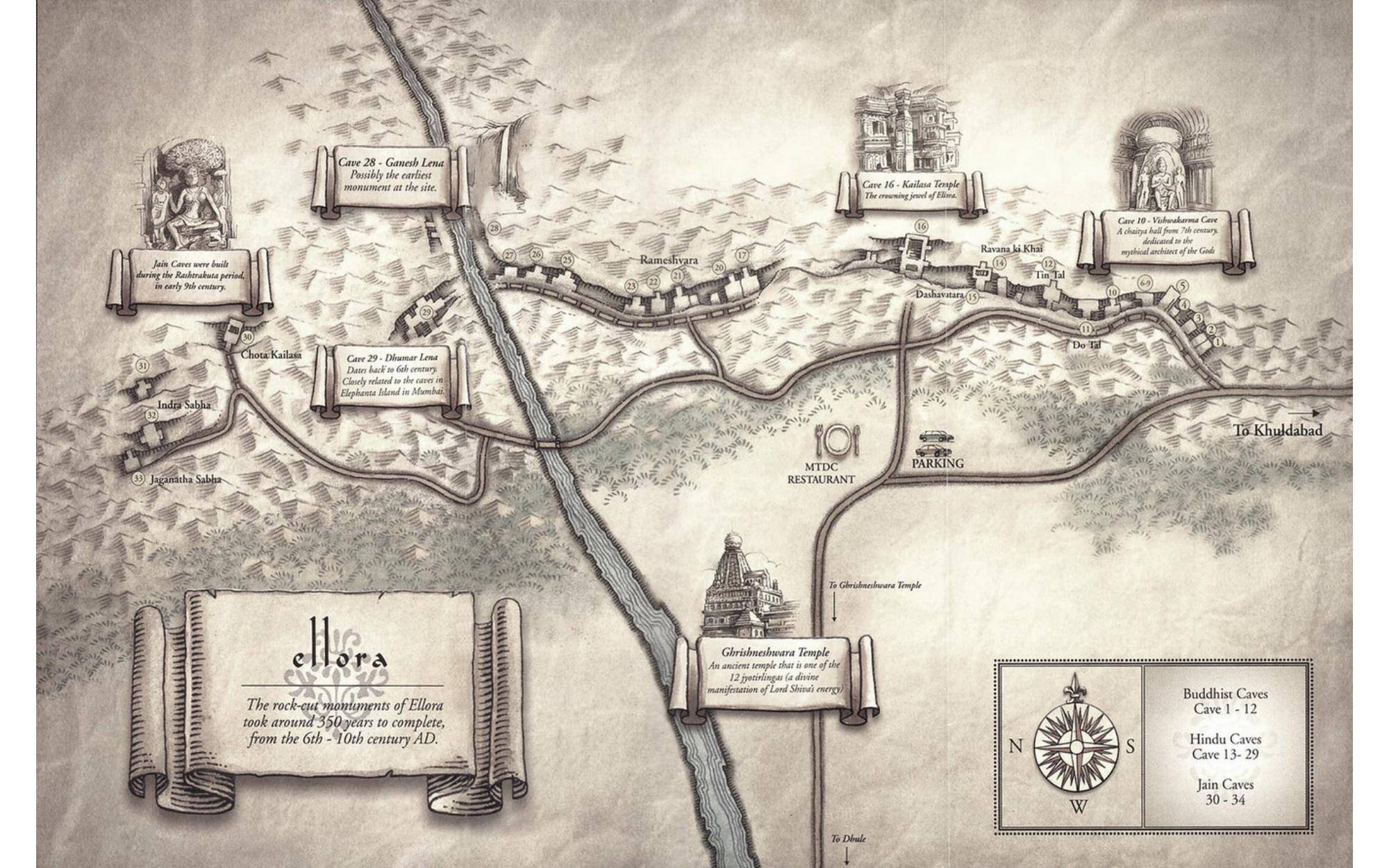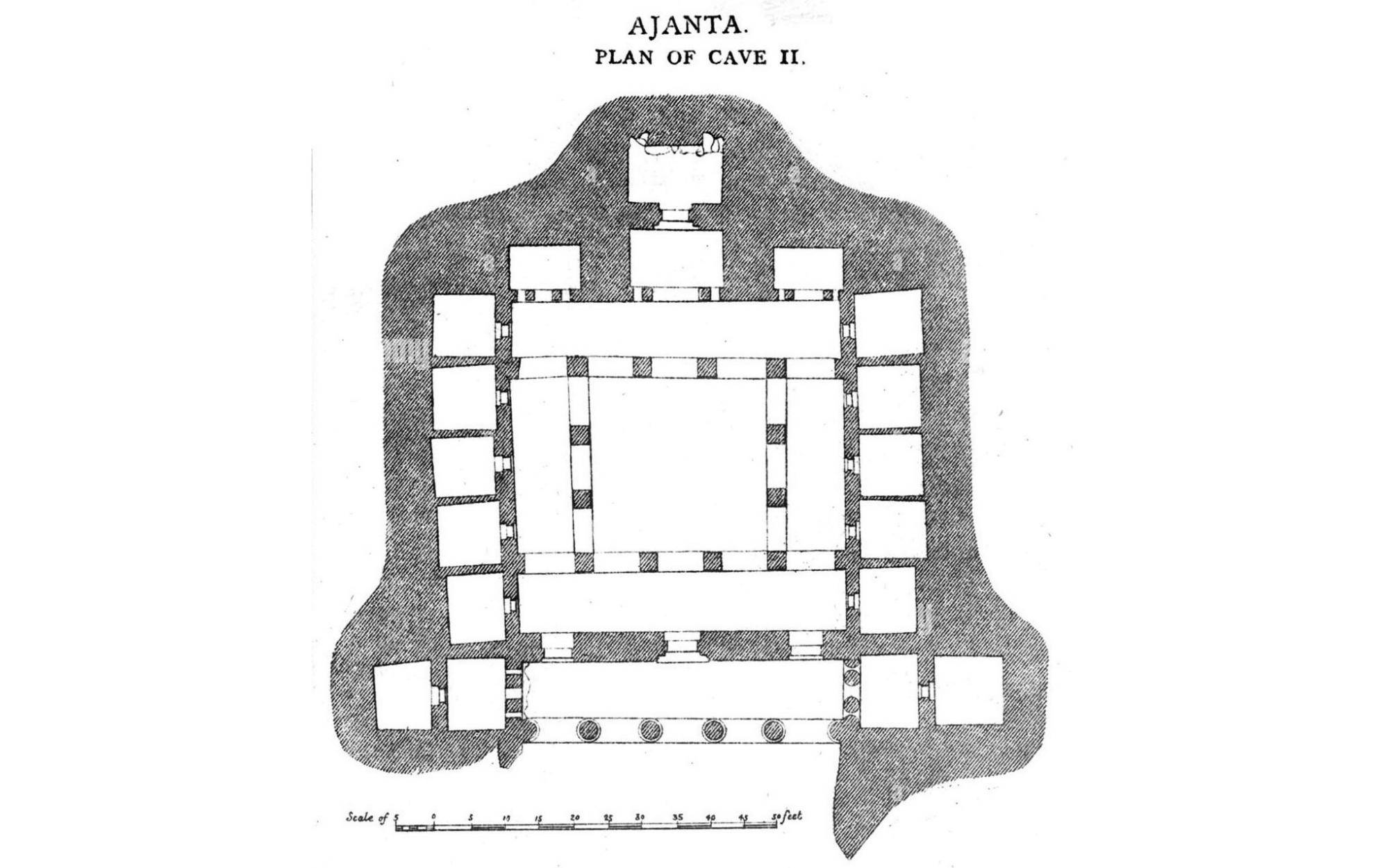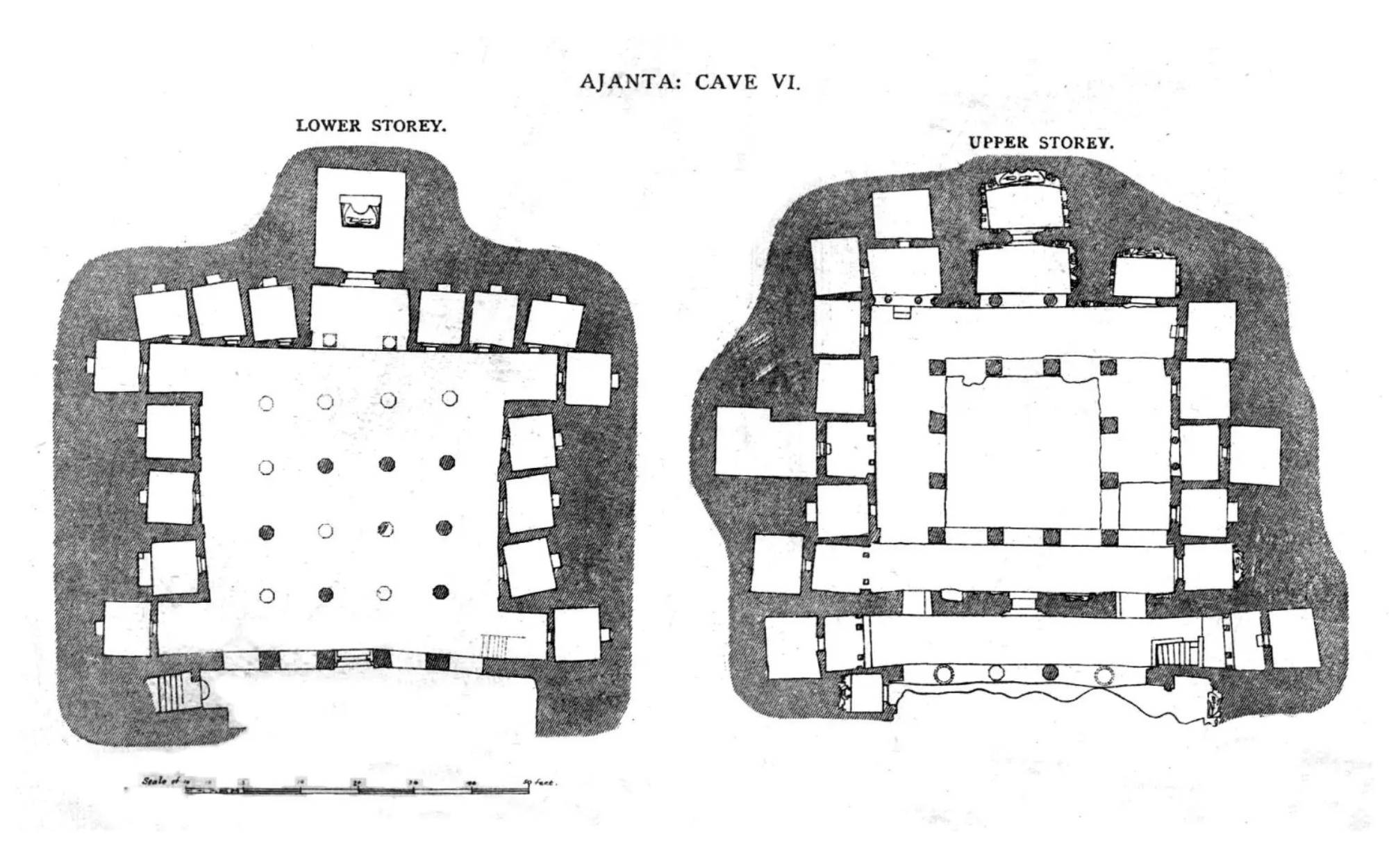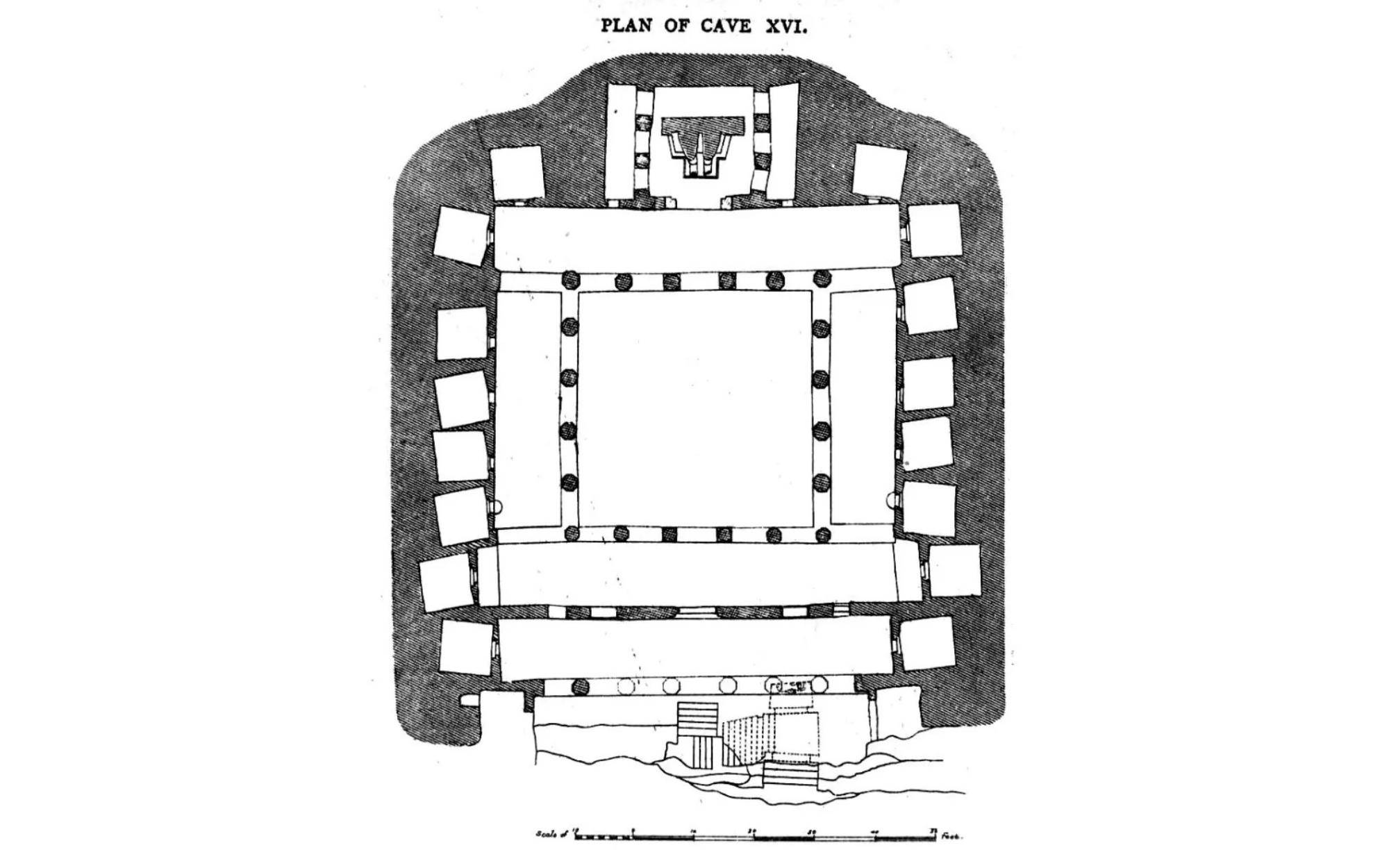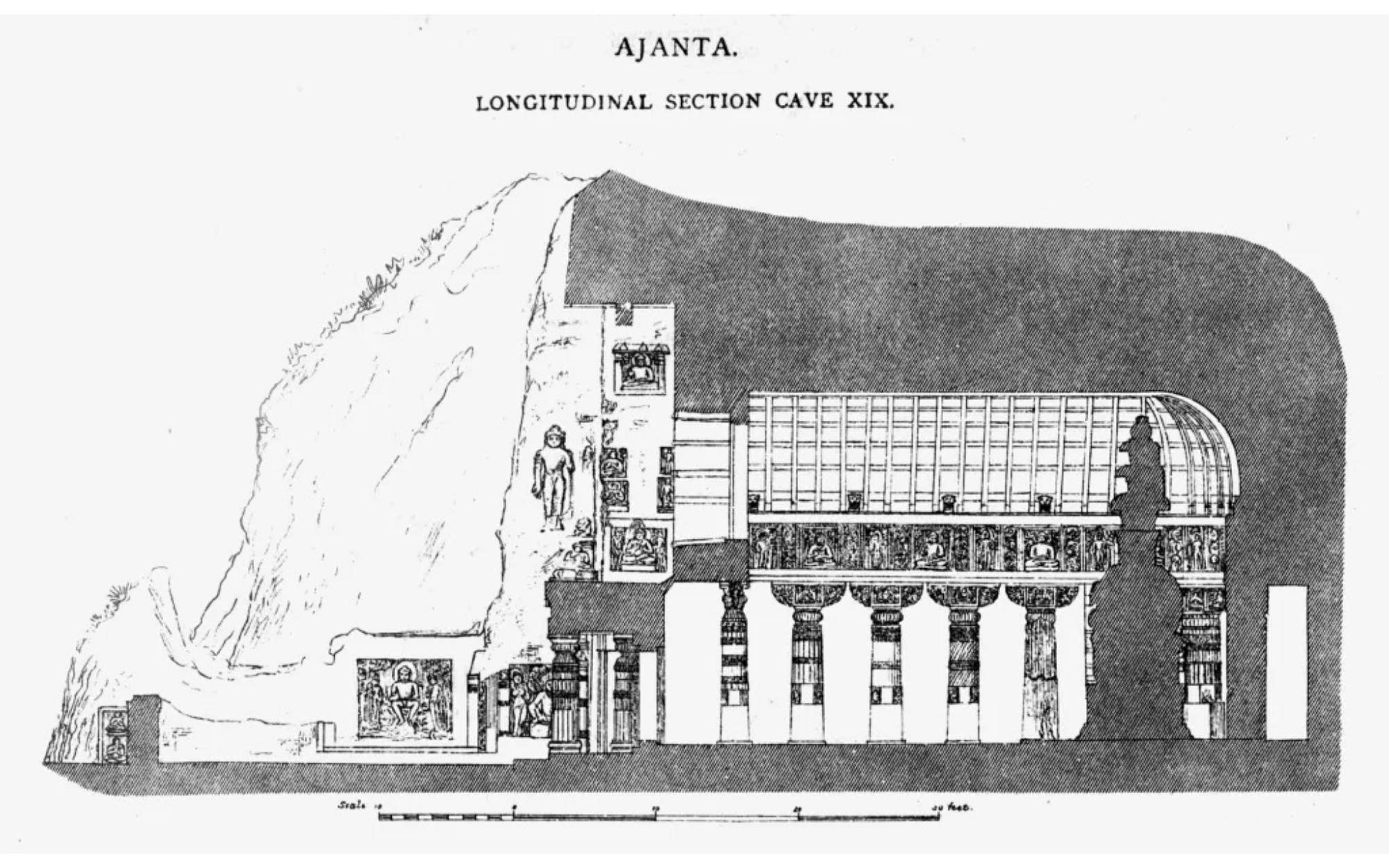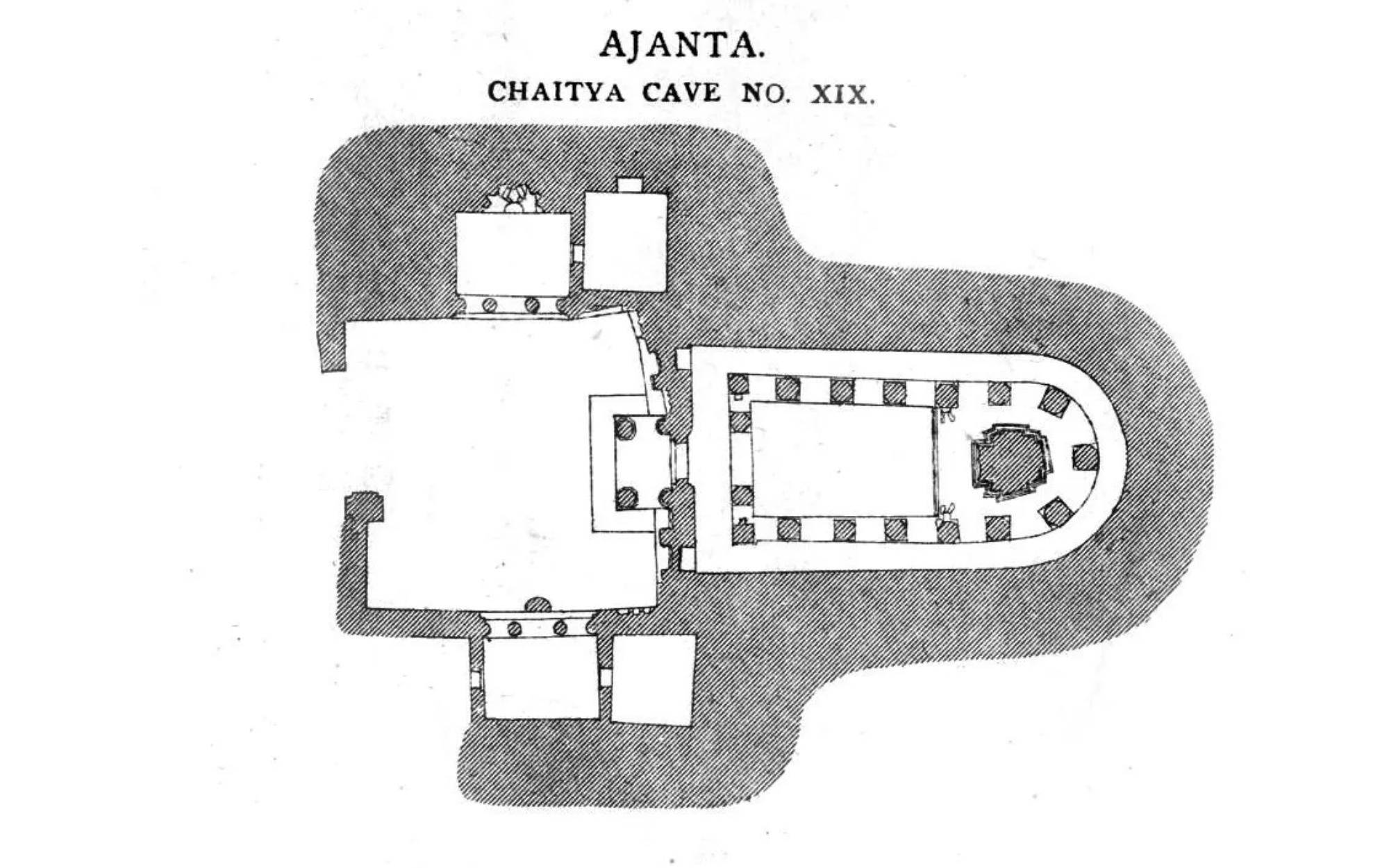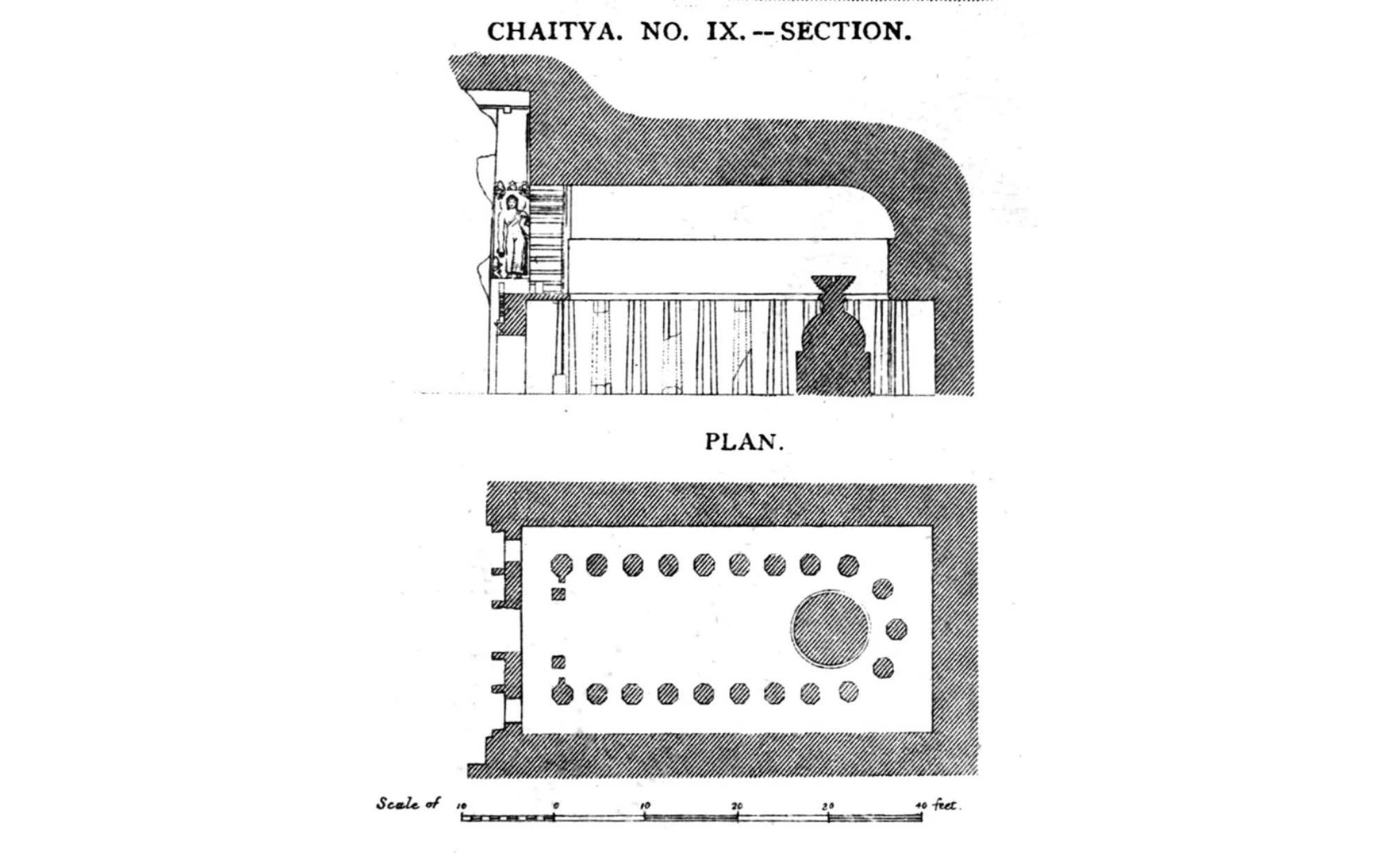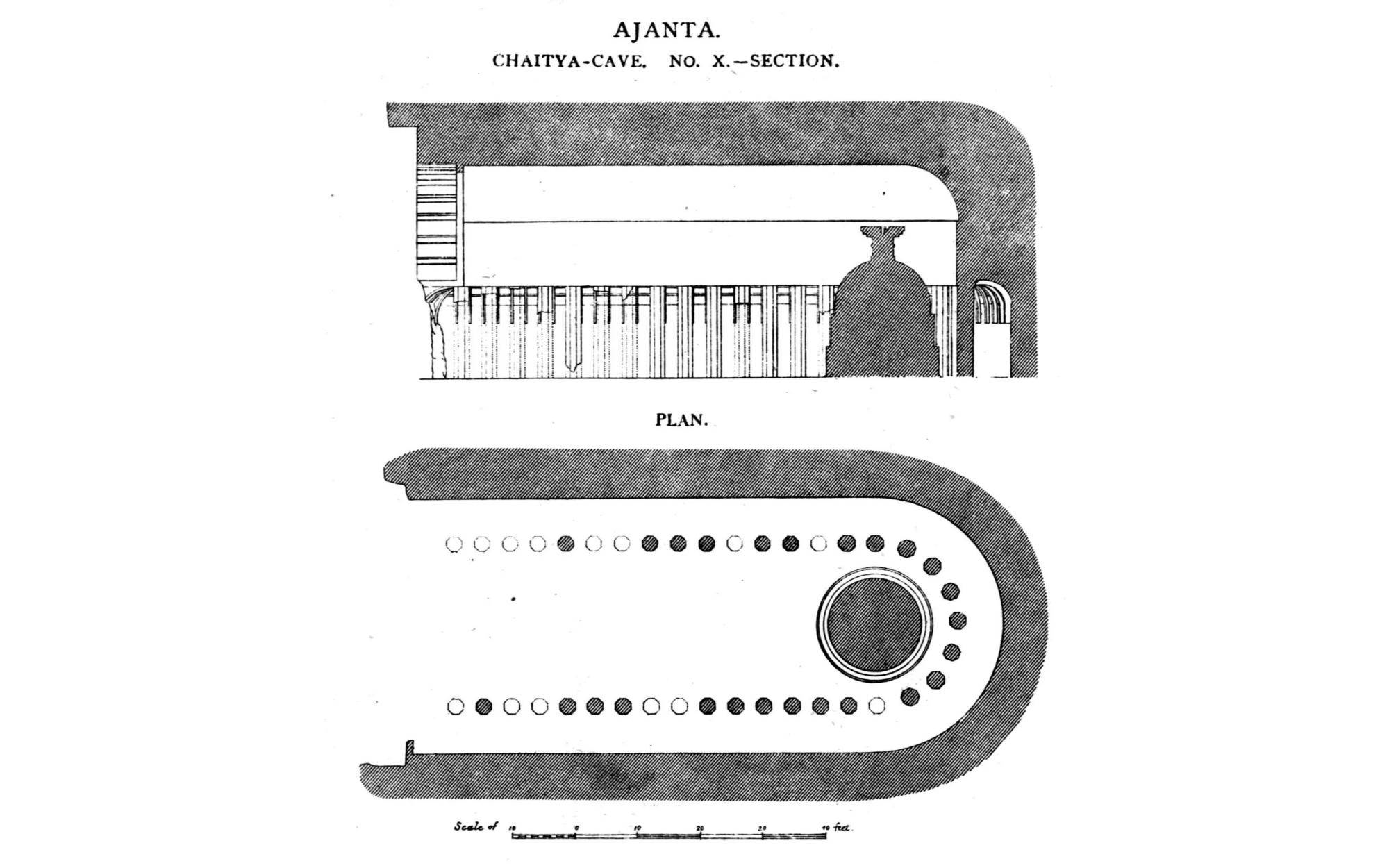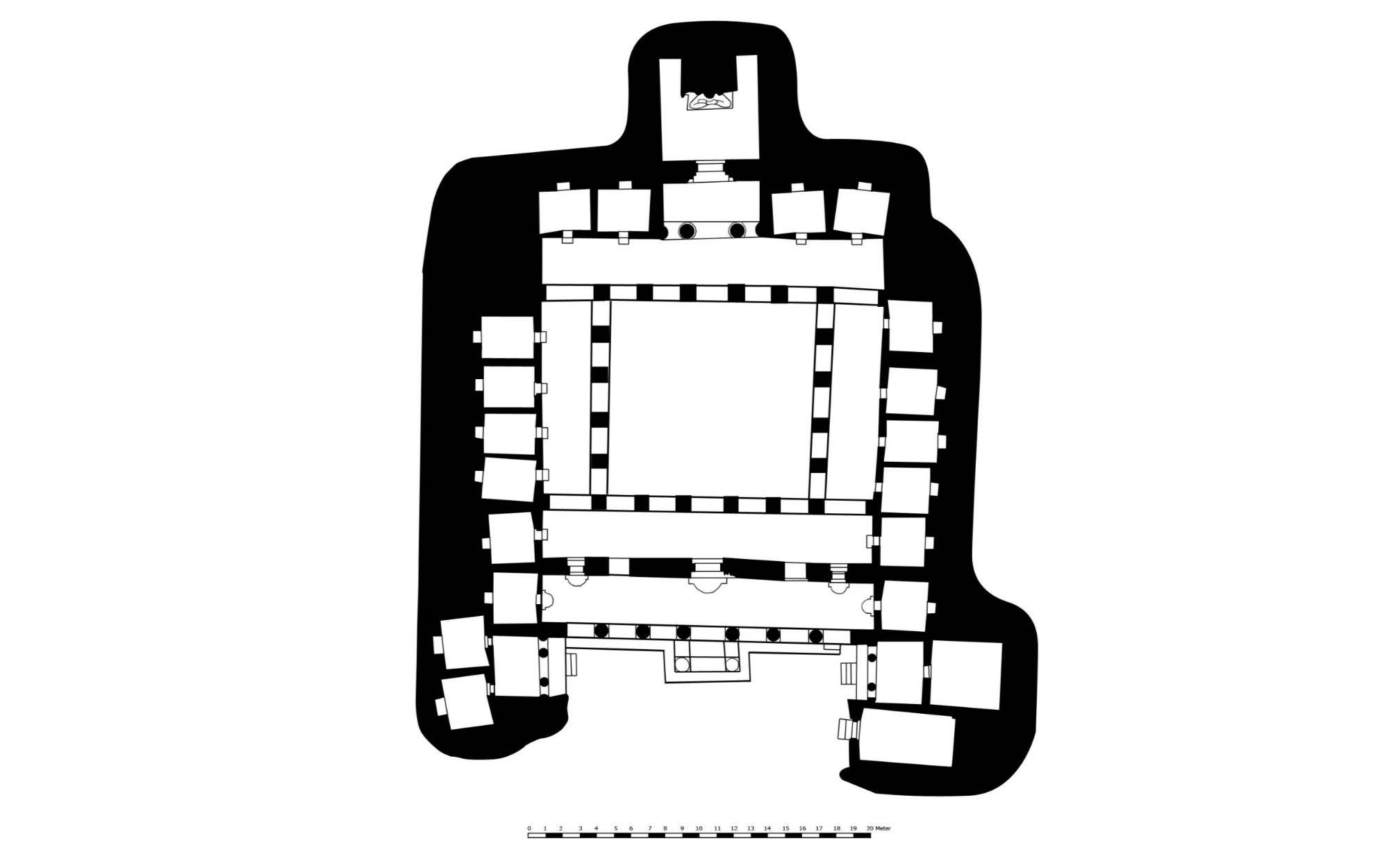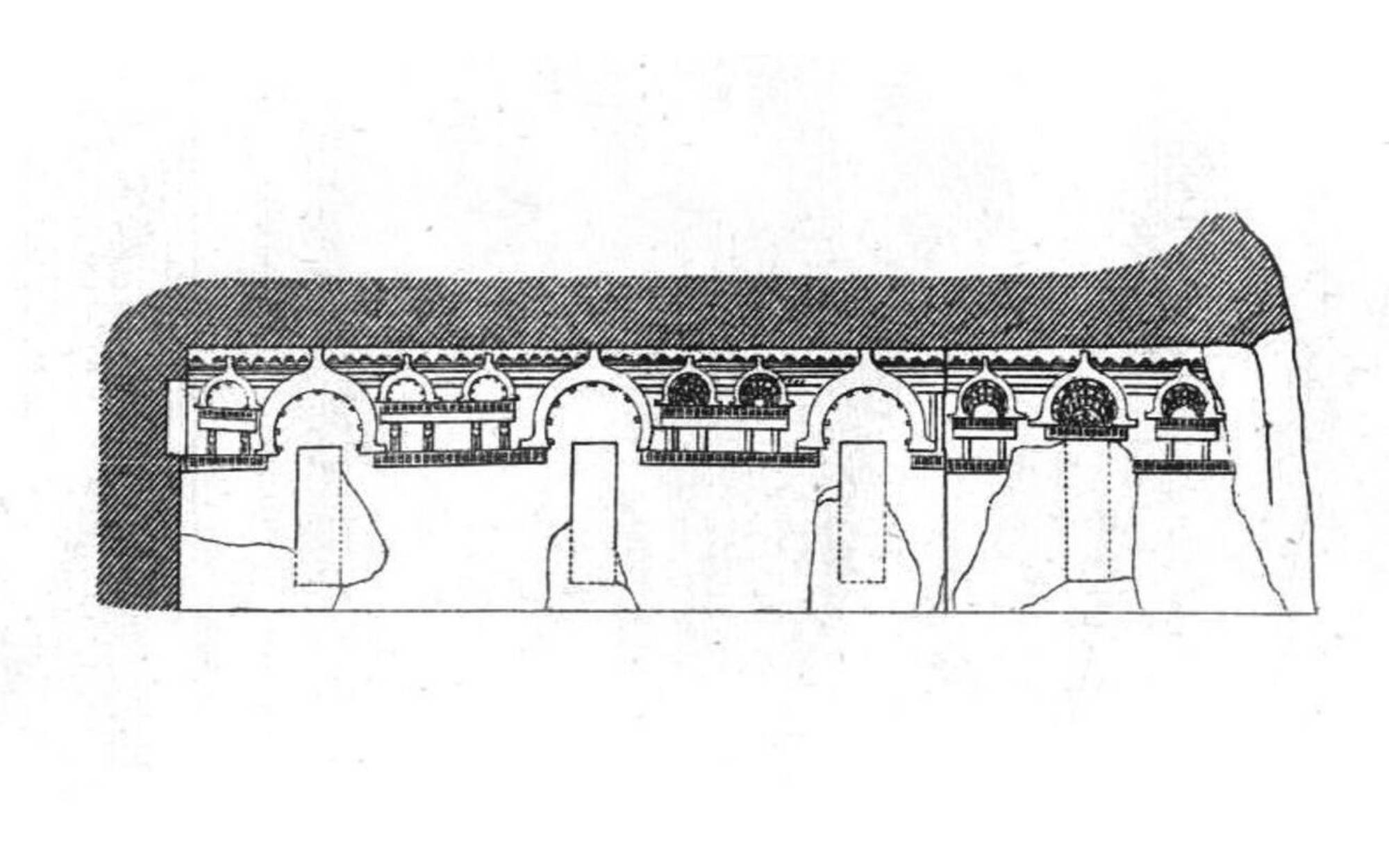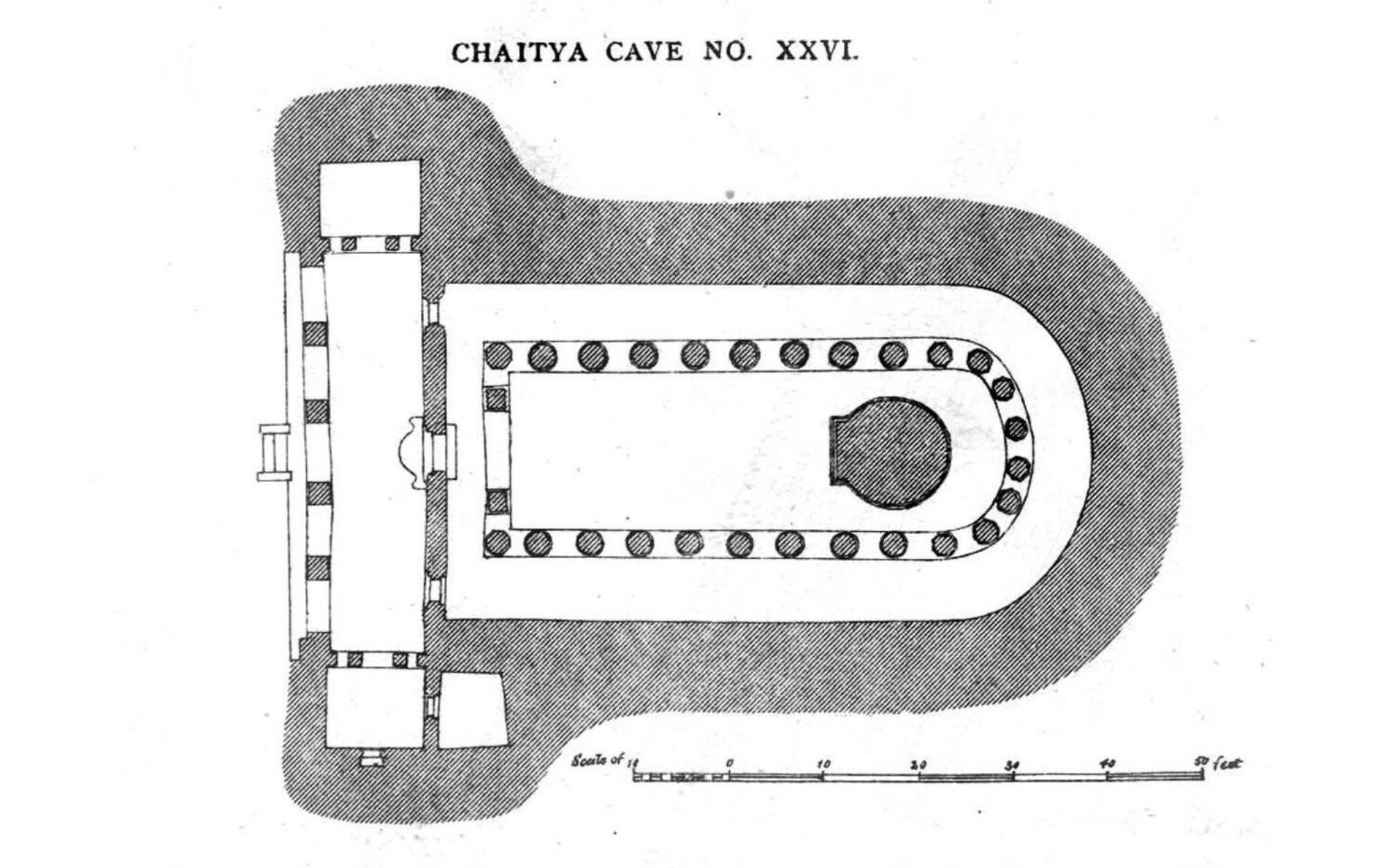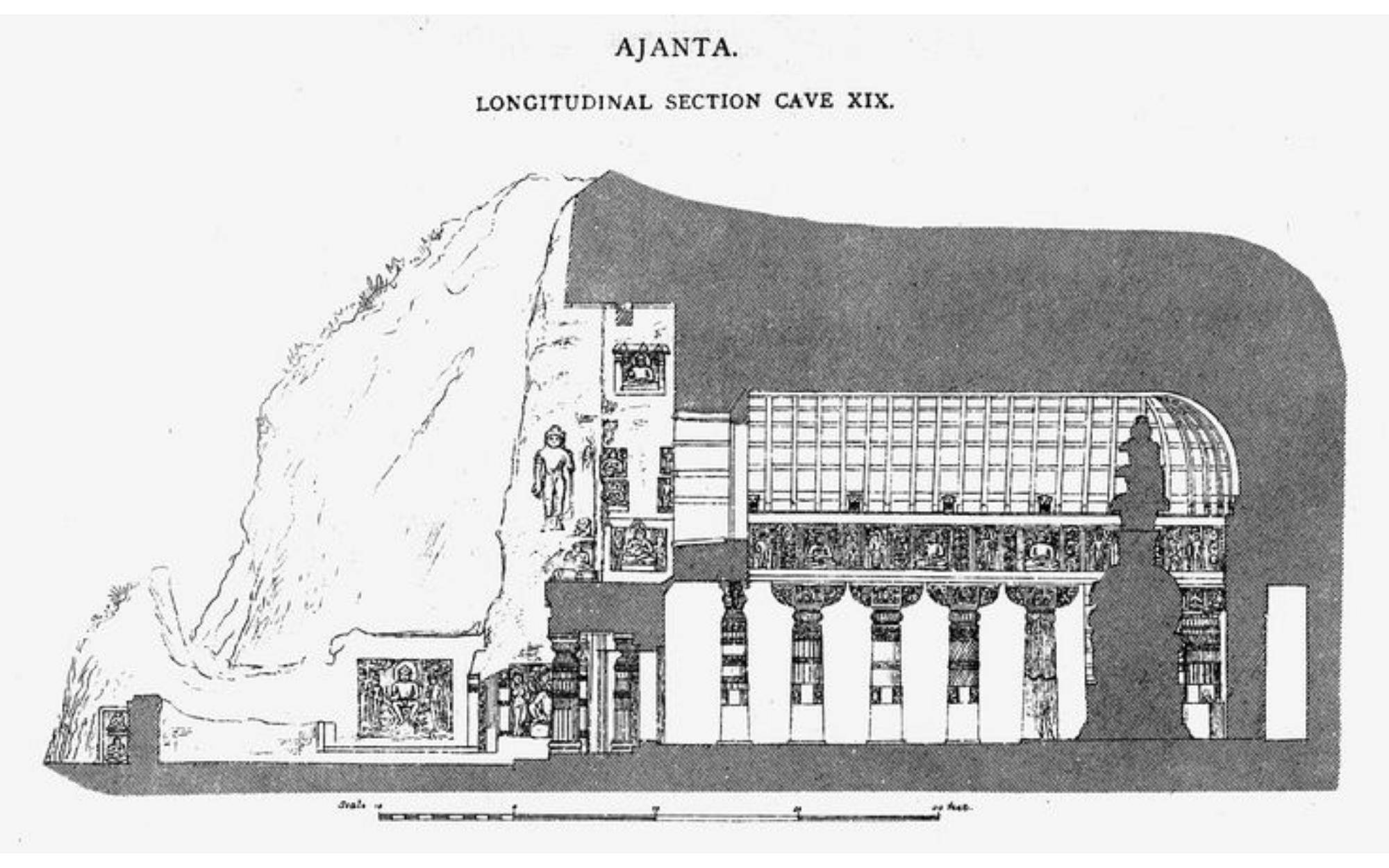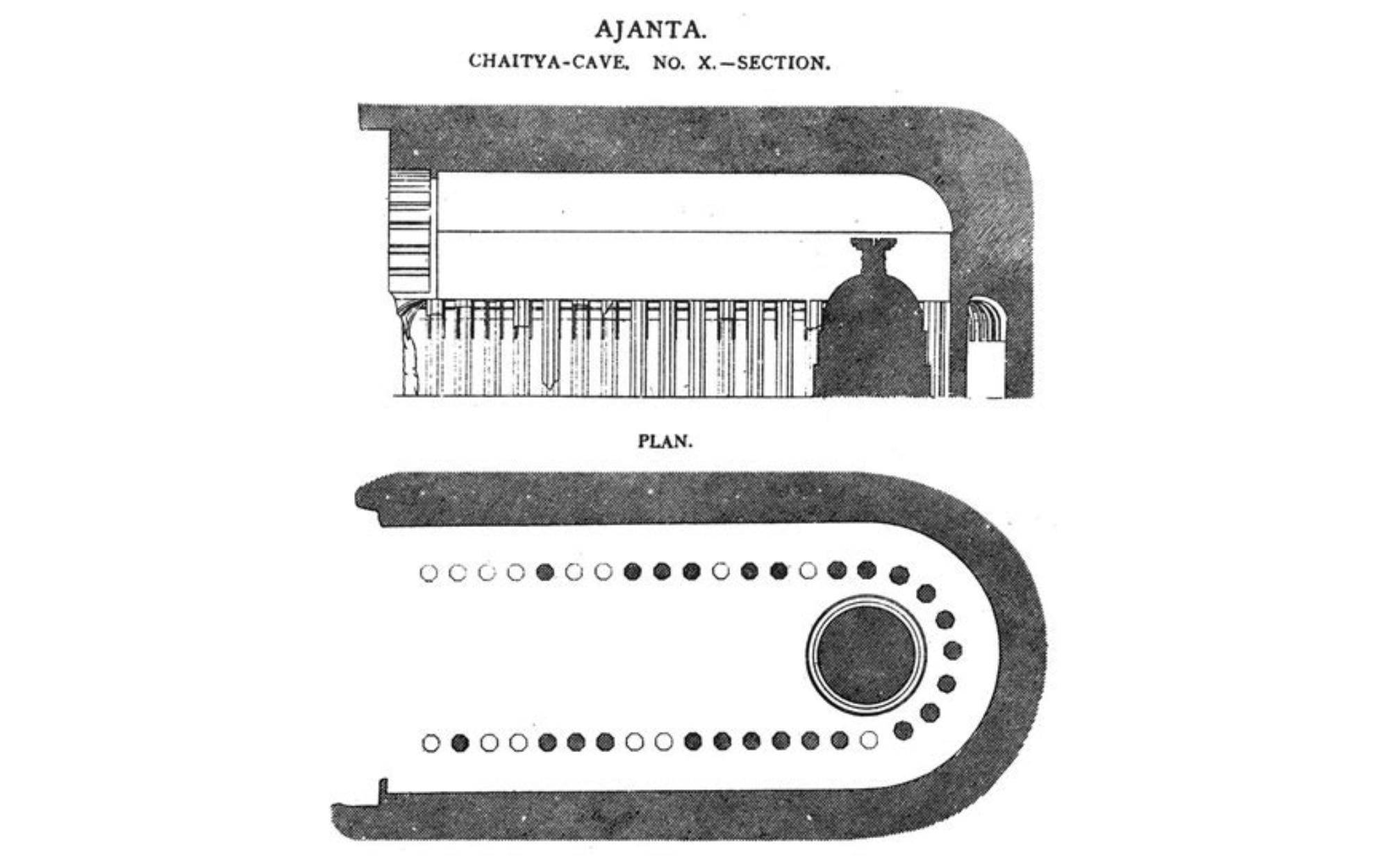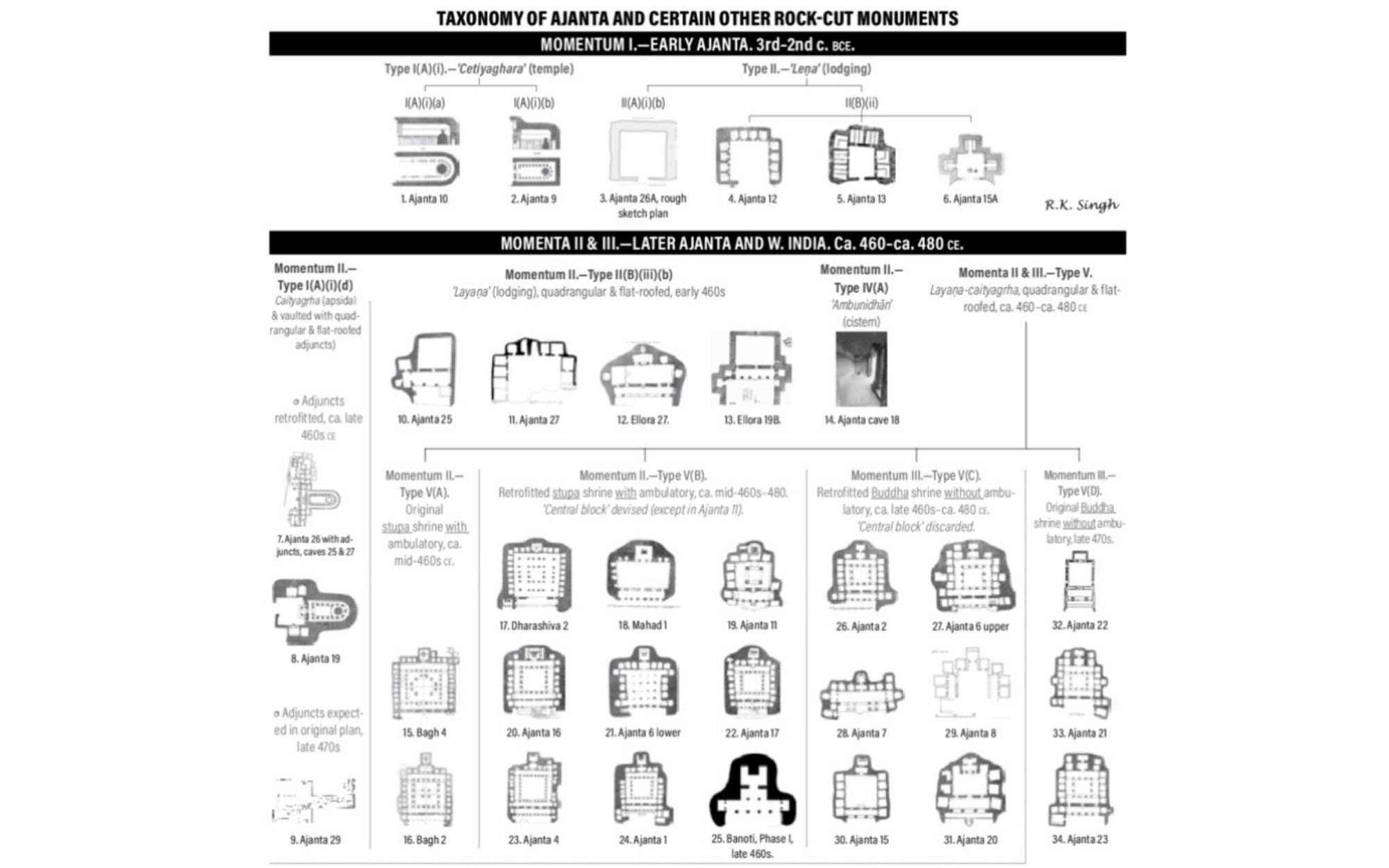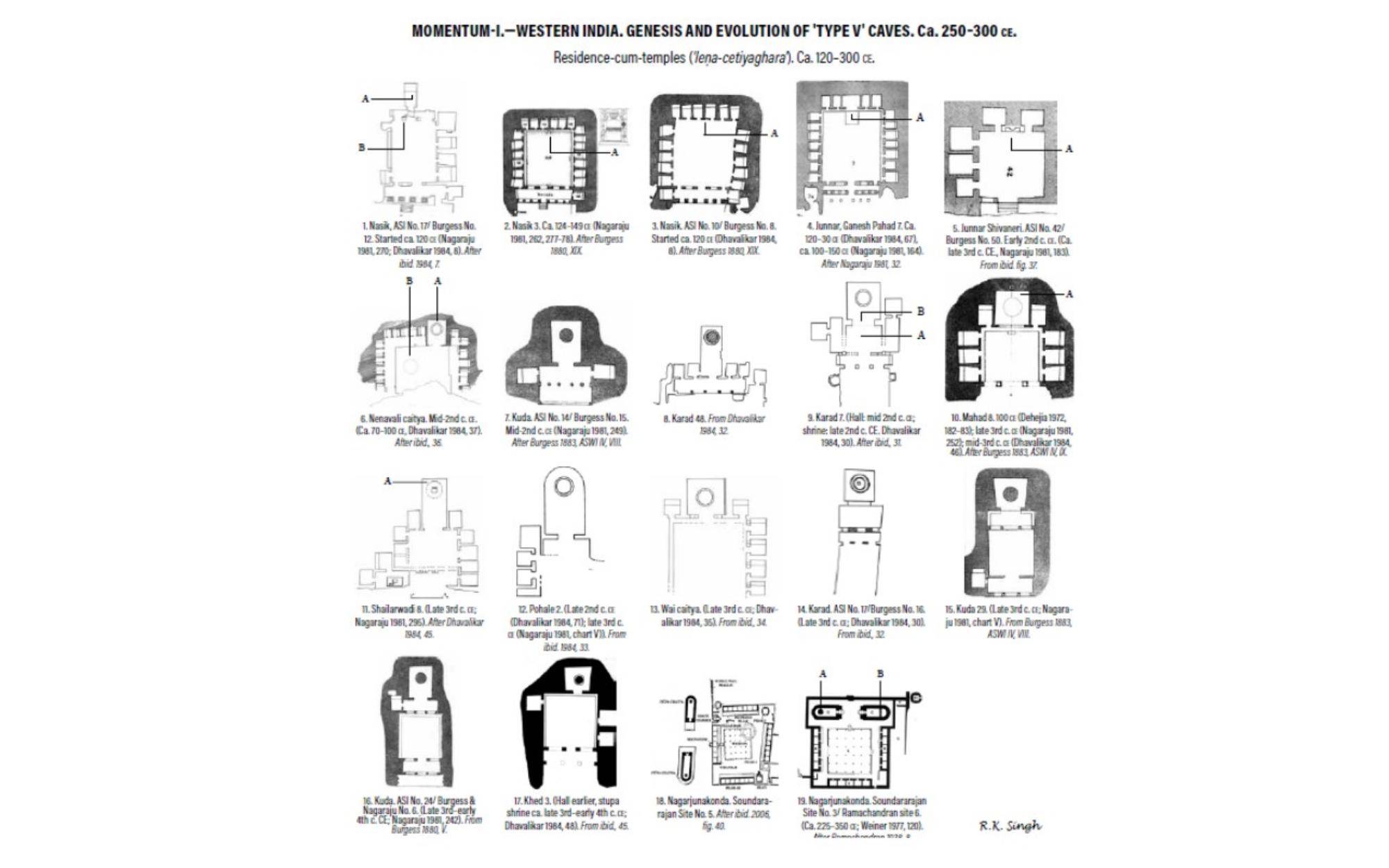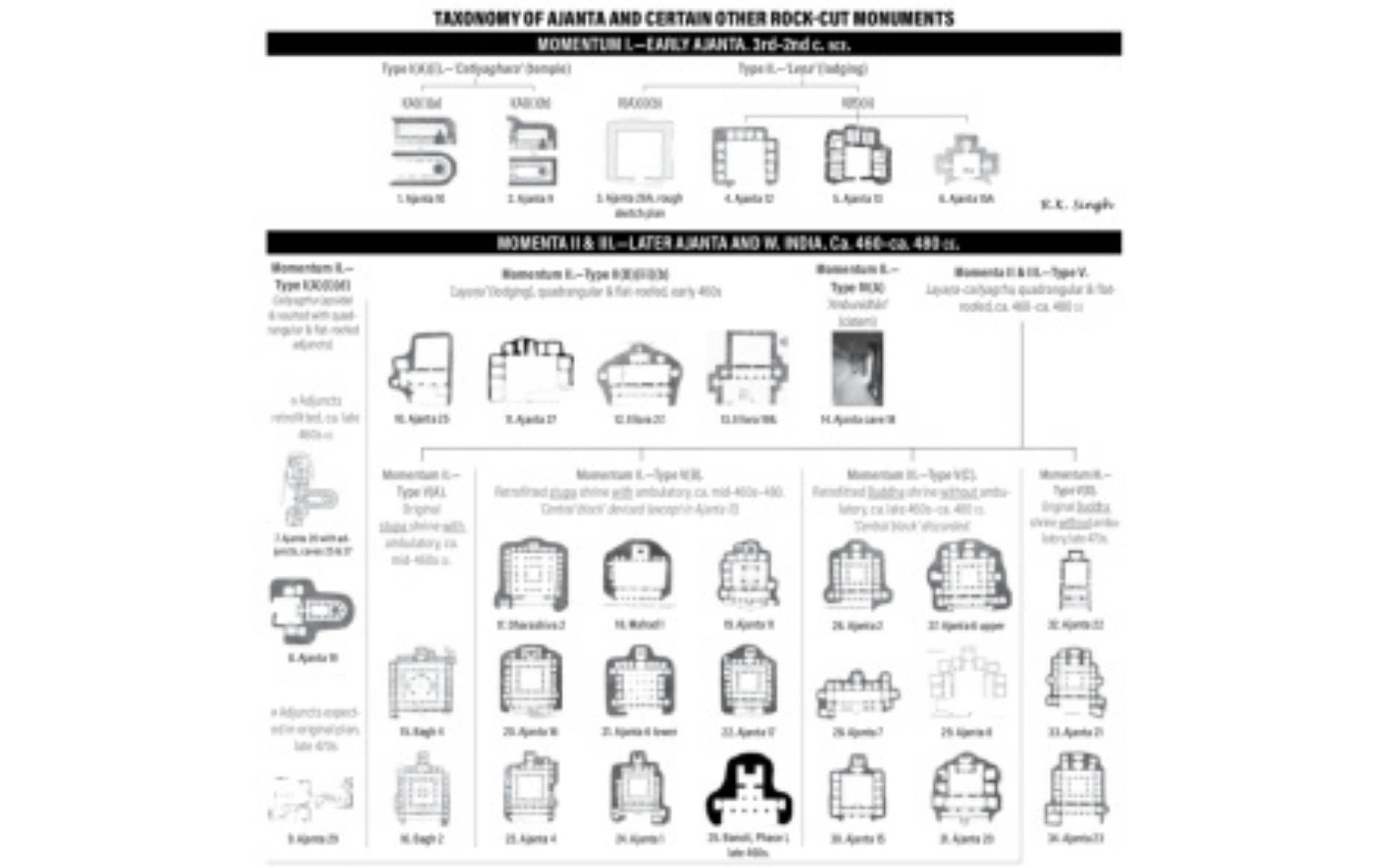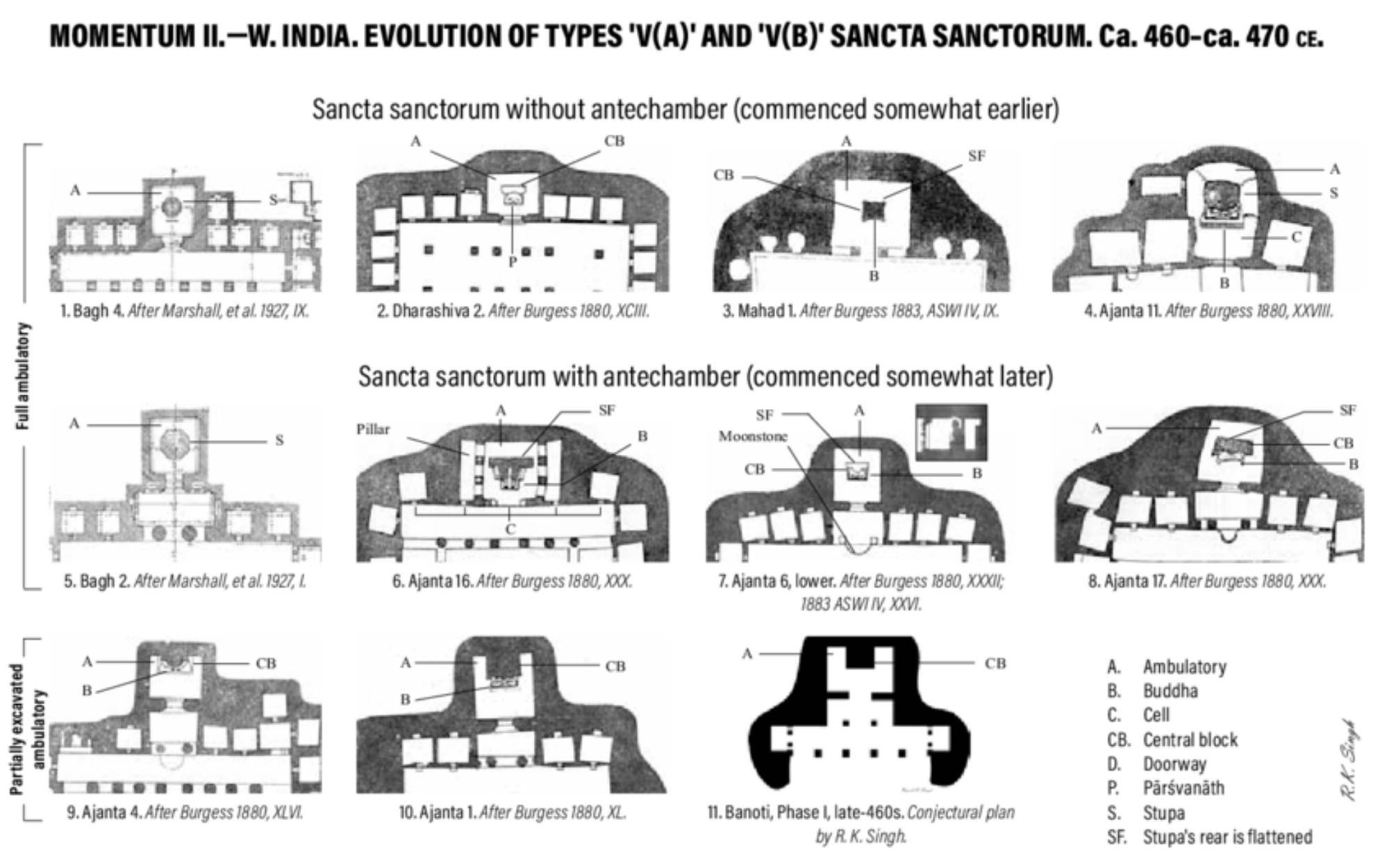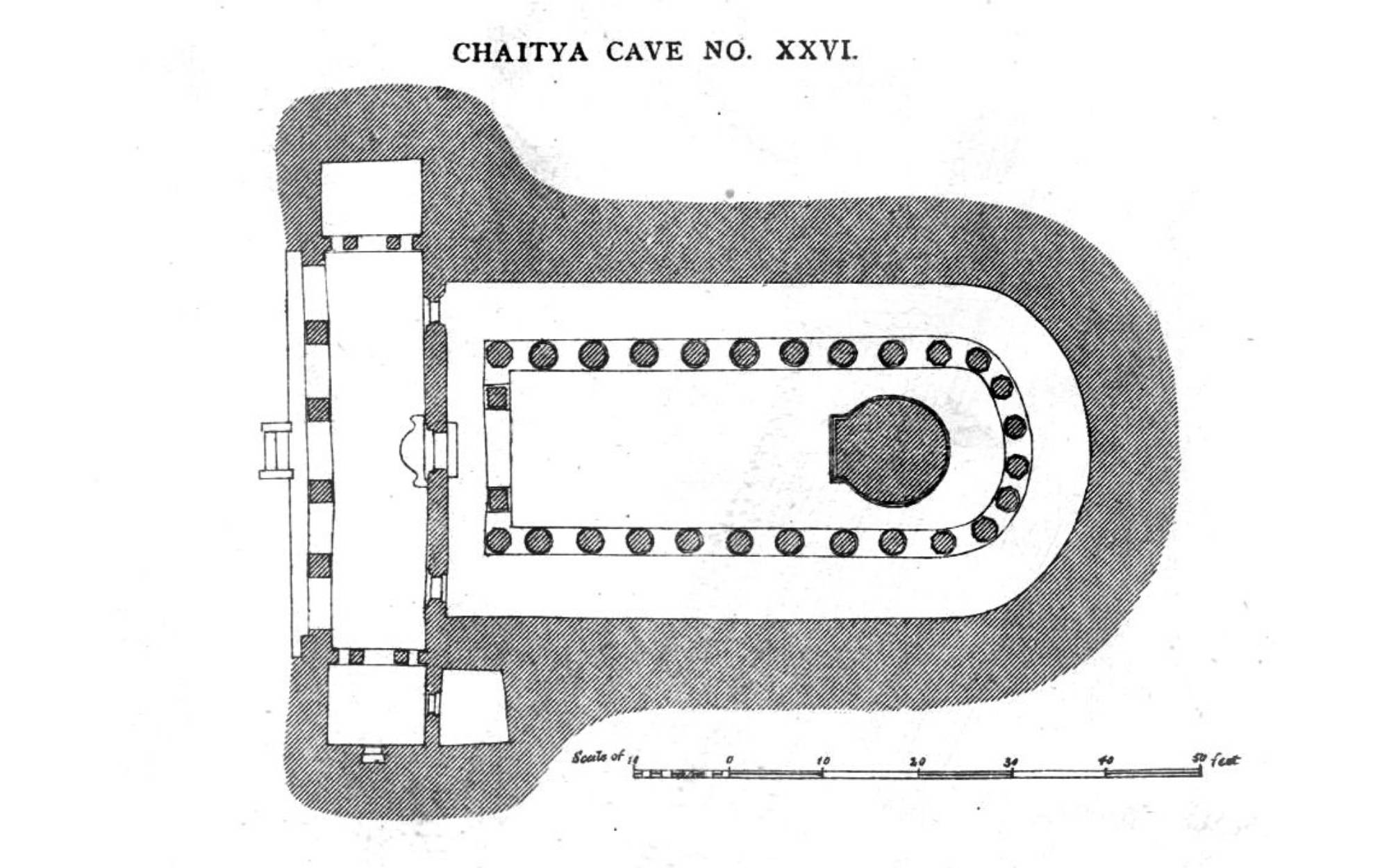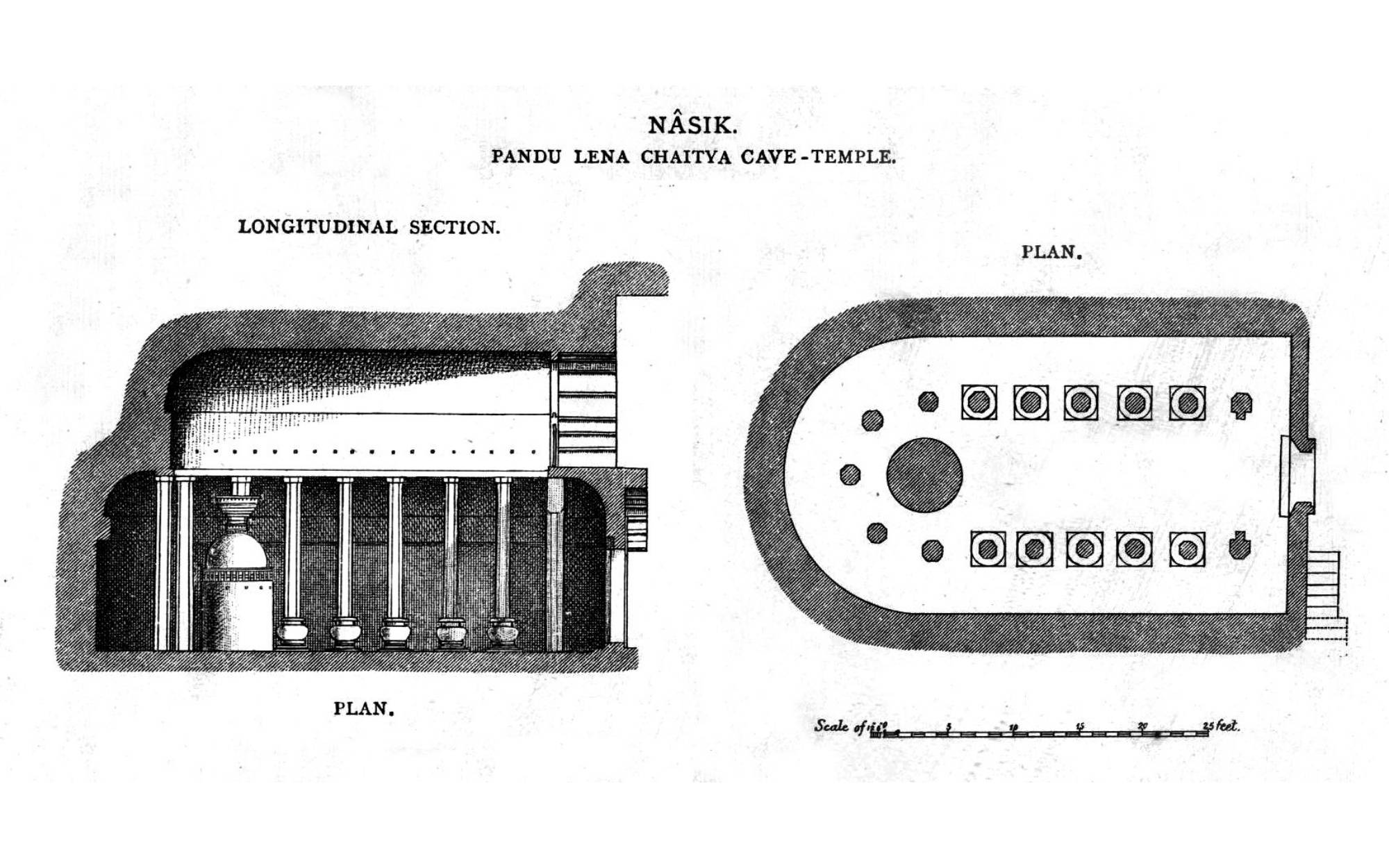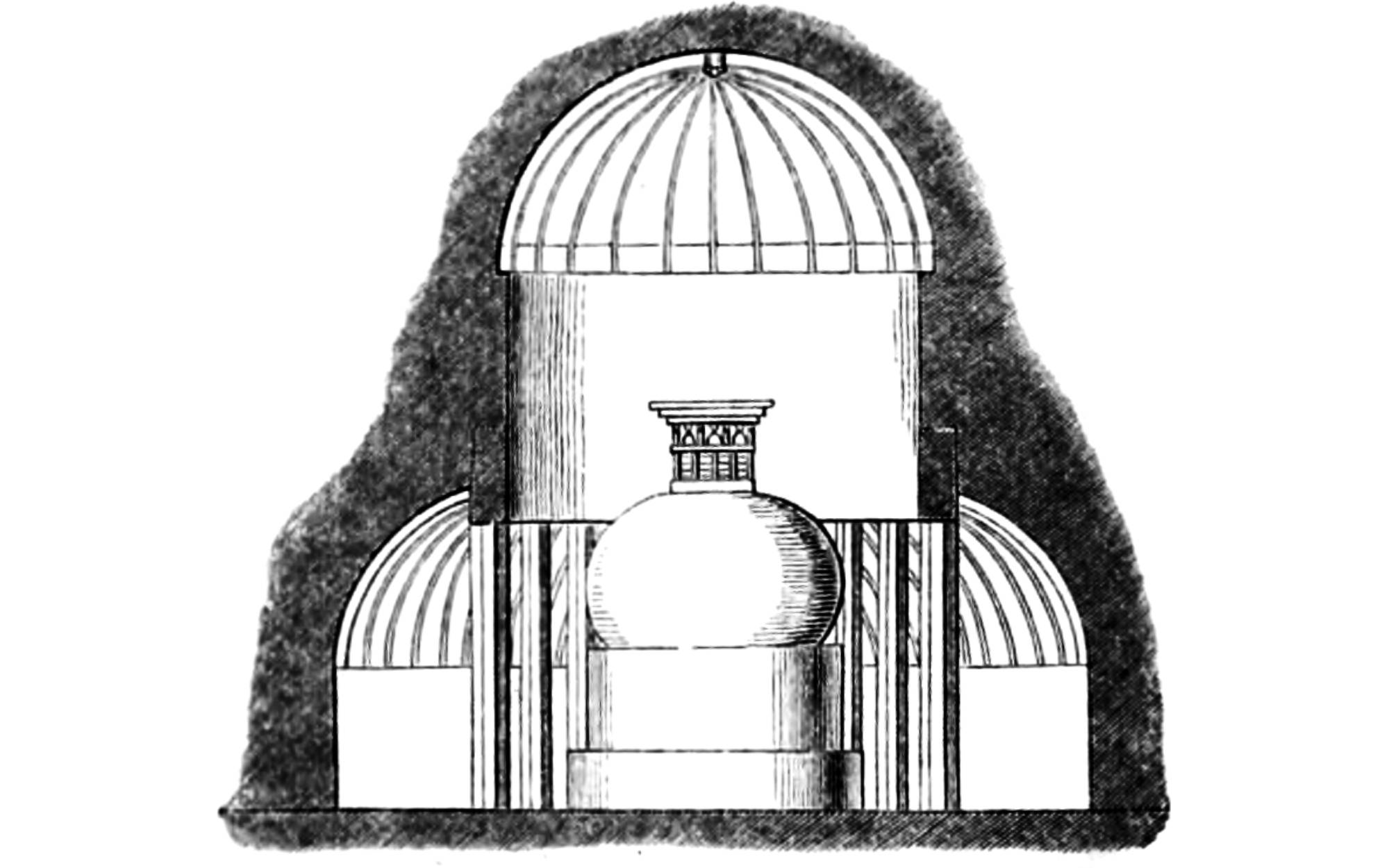Ajanta Caves
Ajanta Caves, Maharashtra ,INDIA
Ajanta Caves: A Timeless Journey Through Ancient Art and Architecture
https://www.p4panorama.com/360-virtual-tour/ajanta-caves (for 360 degree views)
Nestled in the heart of India, the Ajanta Caves stand as an awe-inspiring testament to the brilliance of ancient architecture, art, and spirituality. These rock-cut wonders, carved into the cliffs of the Waghora River gorge, date back to the 2nd century BC and stretch through to the 6th century AD, offering a breathtaking journey through time.The Ajanta Caves are more than just an architectural marvel—they are a spiritual haven and a canvas for ancient artists who poured their creativity and devotion into every inch of these sacred spaces.
A UNESCO World Heritage Site since 1983, the caves continue to mesmerize and inspire millions of visitors from around the world. The 30 caves are a remarkable blend of Buddhist sanctuaries, monastic living quarters, and grand shrines. The caves were primarily used by Buddhist monks as places for meditation and worship. They are divided into two main periods: the earlier Hinayana phase, marked by simplicity and restraint, and the later Mahayana phase, which saw the flourishing of intricate sculptures and vibrant paintings.
The most captivating feature of the Ajanta Caves is their breathtaking murals, which cover the walls of several caves. These paintings depict vivid scenes from the life of the Buddha, the Jataka tales, and the everyday life of the people of ancient India. The detailed depictions, some of which are over 1,500 years old, showcase incredible skill and an understanding of human emotions and expressions that still resonate with viewers today.Equally striking are the statues and sculptures that adorn the interiors of the caves. These include serene depictions of the Buddha in various postures, alongside other divine figures and intricate carvings that narrate religious stories.If you’re an art lover, history enthusiast, or simply curious about the treasures of ancient India, the Ajanta Caves offer an unparalleled glimpse into the artistic and cultural legacy of a bygone era.
History
Quick facts about the Ajanta Caves:
-
Location: Situated in Maharashtra, India, about 104 km from Aurangabad.
-
Time Period: Built between 2nd century BCE and 6th century CE.
-
Number of Caves: 30 caves, including monasteries (viharas) and temples (chaityas).
-
Purpose: Served as Buddhist monasteries, meditation centers, and places for Buddhist worship.
-
Architecture: The caves are carved into a rock cliff, with elaborate sculptures, murals, and architecture.
-
UNESCO World Heritage Site: Designated in 1983 for their historical, artistic, and architectural significance.
-
Murals: The walls are decorated with intricate frescoes depicting Jataka tales, Buddha's life, and various Buddhist themes.
-
Distinctive Features: Features detailed carvings, sculptures, and paintings reflecting the evolution of Buddhist art and architecture.
-
Abandonment: The caves were abandoned in the 7th century and rediscovered by a British officer in 1819.
-
Cultural Significance: Known for their detailed depictions of ancient Indian society and Buddhist culture.
Discovery of the Ajanta Caves
The discovery of the Ajanta Caves is both accidental and serendipitous. In 1819, a British officer named John Smith, who was stationed in India during the colonial period, stumbled upon the caves during a hunting expedition in the forests near the town of Ajanta. While on his hunt, Smith noticed a series of cave entrances concealed by dense jungle growth. After further exploration, he discovered the hidden caves that had been largely forgotten for centuries.
However, even after Smith's discovery, the significance of the caves was not immediately realized. The intricate art and historical context remained largely unexplored for a long time, and it wasn't until later that scholars and archaeologists began to understand the true value of the Ajanta Caves in Indian history and culture.
Historical Context and Origins
The history of the Ajanta Caves stretches back more than 2,000 years. They were created in two distinct periods—the earlier phase between the 2nd century BCE and the 1st century BCE, during the Hinayana Buddhist period, and the later phase between the 5th and 6th centuries CE, during the Mahayana Buddhist period.
Early Phase (2nd Century BCE - 1st Century BCE)
The initial caves were carved during the Satavahana dynasty, a powerful Indian dynasty that flourished in central India during the early centuries of the Common Era. This period marks the introduction of Hinayana Buddhism, which focuses on the personal enlightenment of the individual. The art and architecture of this phase reflect the austere, simple nature of early Buddhist teachings. The caves from this period, such as Cave 10, are primarily used as Viharas (monasteries) and feature plain interiors with minimal decoration.
These early caves were primarily used by Buddhist monks for meditation, study, and shelter. The art from this phase shows very few depictions of the Buddha himself, with the focus instead placed on abstract symbols such as the stupa, representing the Buddha's presence. The narrative paintings and sculptures in these caves were relatively simple, reflecting the early stages of Buddhist iconography.
Later Phase (5th - 6th Century CE)
The second phase of cave construction came during the rule of the Gupta Empire, often called the "Golden Age" of India. This period saw the rise of Mahayana Buddhism, which allowed for more elaborate forms of worship and introduced a more complex, rich iconography. The artists of this period transformed the caves into elaborate temples and shrines, with the walls covered in intricate murals depicting the life of the Buddha and various scenes from the Jataka tales (stories of the Buddha’s previous lives).
The later caves are notably more elaborate, and they represent the flourishing of Buddhist art and architecture. The murals from this period, particularly those in caves 1, 2, 16, 17, and 19, are renowned for their vibrant colors, fine detailing, and storytelling techniques. The depictions of the Buddha in various poses and postures—symbolizing different aspects of his teachings—are some of the most striking features of these caves. The art here is not only a reflection of the religious life of the time but also offers insights into the daily life and customs of ancient India
Architecture
Architectural Features of the Ajanta Caves
https://www.p4panorama.com/360-virtual-tour/ajanta-caves/
The Ajanta Caves, located in Maharashtra, India, are a stunning collection of ancient rock-cut temples, monasteries, and shrines that showcase extraordinary architectural and artistic achievements. These caves were excavated primarily during two distinct phases of Buddhist art and architecture, spanning from the 2nd century BCE to the 6th century CE. Here are the key architectural features of the Ajanta Caves:
Rock-Cut Architecture
The Ajanta Caves are carved into the cliffs along a gorge of the Waghora River. The caves were painstakingly sculpted from a single mass of volcanic basalt rock. This technique is a prime example of rock-cut architecture, where the structures were hollowed out directly from the rock rather than being constructed using bricks or mortar.
The caves are a combination of Chaityas (prayer halls) and Viharas (monasteries), each serving different purposes for Buddhist monks. The Chaityas are places of worship, while the Viharas served as living quarters for the monks.
The caves' facades are often decorated with elaborate sculptures, with some caves having intricate doorways and verandas, demonstrating the technical skill of the artisans.
Chaitya Halls (Prayer Halls)
The Chaitya halls are the most impressive and architecturally significant structures in the caves. These halls are designed for congregational worship and are known for their distinct barrel-vaulted roofs. This vaulted roof was constructed by carving out rock in a way that mimics the wooden roofs of earlier structures, which were built to provide support and aesthetic appeal.
The interiors of the Chaityas contain stupas at the far end, which house relics of the Buddha. These stupas are often surrounded by intricate sculptures and carvings depicting scenes from the life of the Buddha and Buddhist mythology.
Cave 19 is one of the most famous Chaitya halls, known for its large stupa, surrounded by pillars, with an awe-inspiring vaulted ceiling.
Viharas (Monasteries)
The Viharas are residential quarters for the monks and are typically simpler compared to the Chaityas. They include a central hall with a sanctuary, which often houses a Buddha statue or an image of a Bodhisattva. These halls were where monks would meditate, study, and live during their monastic lives.
The Viharas have smaller cells for individual monks, which were meant for living, and they typically have a modest design. The cells are often narrow, and the walls are covered with frescoes or sculptures.
The courtyards of the Viharas are open spaces where communal activities would take place.
Pillars and Columned Porticos
One of the distinguishing features of the Ajanta Caves is the use of columns and pillars. The Chaitya halls feature rows of columns, often intricately designed and arranged symmetrically. These columns are often adorned with sculptures of deities, guardians, and mythological figures.
The columns' capitals feature unique carvings of animals, figures, and decorative motifs that provide structural and aesthetic support for the vaults above.
The pillars not only support the structures but also serve as a canvas for decorative sculptures that depict important figures from Buddhist tradition, including the Buddha.
Sculptures and Carvings
The walls and ceilings of the Ajanta Caves are rich with sculptures and carvings, often depicting the Jataka tales (stories of the Buddha’s previous lives) and scenes from the Buddha’s life. These sculptures are finely detailed and provide insight into the religious and cultural context of the time.
The entrances to the caves are typically adorned with sculpted door guardians and dvarapalas (doorkeepers), who are symbolic of protection. The most significant Buddha figures often occupy central locations within the cave sanctuaries.
The reliefs and frescoes on the walls portray various episodes of the Buddha's life, including his birth, enlightenment, teachings, and nirvana. These are the oldest surviving paintings in India, notable for their vibrant colors and attention to detail.
Fresco Paintings
The Ajanta Caves are famous for their fresco paintings, which are considered one of the greatest achievements in Indian art. These paintings were created by mixing natural pigments with lime and applied onto the plastered walls of the caves.
The frescoes depict scenes from the life of the Buddha, as well as Jataka tales. The colors and iconography used in these paintings were highly symbolic, with specific colors representing different aspects of Buddhist philosophy.
The painting techniques at Ajanta are highly sophisticated, and the quality of the frescoes is regarded as one of the finest examples of ancient Indian painting, particularly in terms of detail, style, and the vibrancy of colors.
Lighting and Ventilation
As the caves were carved into solid rock, their interiors lack natural light. To compensate for this, the architects of Ajanta used clever lighting solutions. Small windows and open spaces were designed to allow natural light into the caves.
The ventilation systems were well thought out, with air shafts and vents carved into the rock to ensure that the spaces within the caves remained breathable and conducive to monastic life.
The lighting inside the caves was critical for the monks during their meditations, as the lighting helped to create the right atmosphere for reflection and religious rituals.
Symbolism and Aesthetics
The architecture of the Ajanta Caves reflects Buddhist philosophy, and much of the design elements are symbolic of various aspects of the Buddha’s teachings.For instance, the circular plan of the caves, with a central stupa, is symbolic of the cycle of life and death and the path toward enlightenment.
The use of carved animals and floral motifs is also significant, representing purity, wisdom, and the natural world.
Chaitya Hall (Cave 19) is one of the most remarkable caves at Ajanta, known for its grandeur and intricate design. Here's a bit more detail about it:
Chaitya Hall (Cave 19) of Ajanta:
Architectural Features:
Stupa: The central feature of this Chaitya Hall is the large stupa, which symbolizes the Buddha's teachings. The stupa in Cave 19 is a prominent element, and it has an aura of serenity and importance, flanked by the beautifully carved pillars.
Pillars and Columns: The hall is surrounded by tall, finely carved stone pillars that support the vaulted ceiling. These pillars are not just structural but are also beautifully adorned with sculptures depicting scenes from the Buddha's life and various Buddhist symbols.
Vaulted Ceiling: The cave’s ceiling is one of its most impressive aspects, with a semi-circular, barrel-vaulted design that creates a sense of openness and tranquility, essential for the spiritual ambiance.
Carvings and Sculptures:
The walls of Cave 19 are adorned with fine reliefs that depict significant Buddhist themes, including stories of the Buddha's past lives (Jataka tales), his teachings, and depictions of various Bodhisattvas.
The sculptures surrounding the stupa are symbolic representations of Buddhist principles and serve as focal points for meditation and worship.
Paintings:
Although many of the paintings at Ajanta have faded over time, the murals here depict scenes of the Buddha’s life and his teachings. The paintings in Cave 19 are some of the best examples of Buddhist narrative art, showcasing vibrant colors and intricate details.
Cave Layout:
This cave features a typical Chaitya Hall layout, with a long hall leading to the central stupa, and it is one of the most celebrated of the Ajanta Caves due to its preservation and artistic significance.
Historical Context:
Cave 19 is thought to have been built during the 5th century CE, during the later phase of the Ajanta Caves when Mahayana Buddhism was prominent. It likely served as a place for Buddhist monks to gather for communal prayer and meditation.
Cave 19 is significant not only for its architectural brilliance but also for its artistic contributions to Buddhist culture and the ancient Indian understanding of spirituality.
Cave 26 of the Ajanta Caves is one of the most remarkable and visually striking caves at the Ajanta site. It stands out due to its grand architecture, impressive sculptures, and intricate artwork, making it a masterpiece of ancient Indian Buddhist art.
Overview of Cave 26:
Location: Cave 26 is situated towards the southern end of the Ajanta caves complex and is one of the larger and more complex caves in the entire site.
Period of Construction: Cave 26 was created during the 5th century CE, which places it during the later phase of the Ajanta Caves when Mahayana Buddhism was gaining prominence.
The Central Buddha Image:
Iconography and Symbolism: The Buddha seated in the central shrine of Cave 26 is depicted in a classic meditative pose (Dhyana Mudra). This pose represents the Buddha’s deep state of meditation, often symbolizing inner peace and wisdom. The serene expression on his face is a hallmark of Buddhist art, conveying tranquility and enlightenment.
The Lotus Position: The Buddha’s posture in the lotus position symbolizes spiritual purity, and his right hand is placed in a gesture of meditation or calling the earth to witness his enlightenment.
Surrounding Bodhisattvas: The Buddha is surrounded by figures of Bodhisattvas, enlightened beings who, according to Mahayana teachings, delay their full enlightenment to assist others in their spiritual journey. This reflects the Mahayana doctrine of compassion and selflessness, emphasizing the importance of aiding others in achieving enlightenment.
The Sculptural Detail of Bodhisattvas:
The Bodhisattvas in Cave 26 are sculpted with graceful postures, often shown holding symbolic items like lotuses or jewel-bearing hands, which denote their enlightened status. The sculptures display the influence of Greco-Buddhist art, evident in the flowing robes and the detailed facial features of these figures.
The Faces of the Bodhisattvas: The faces of the Bodhisattvas in Cave 26 are often serene but expressive, reflecting a deep sense of compassion and wisdom. These figures are shown with elaborate hairstyles and elegant jewelry, symbolizing their higher spiritual stature.
The Bodhisattvas' Garments: Their robes are often flowing and intricately draped, with detailed folds, symbolizing the transcendence of worldly attachments. The robes are a visual representation of their divine nature.
The Decorative Pillars:
The cave’s design includes tall stone pillars that line the hall. These pillars are not only structurally functional, but they also serve as canvases for detailed carvings. Some of the reliefs on these pillars show episodes from the Buddha’s life, like his enlightenment, first sermon, and great death (Mahaparinirvana).
Reliefs and Decorative Art: The carvings on the pillars also depict various mythical creatures, deities, and divine beings from the Buddhist pantheon, which illustrates the celestial realms as envisioned by Mahayana Buddhism. The lotus motifs are particularly prevalent on these pillars, symbolizing purity and spiritual growth.
The Ceiling Artwork:
The ceiling of Cave 26 features fresco-style paintings, which have significantly deteriorated over time but can still reveal much about the cave's original design.
The ceiling paintings depict heavenly beings, divine figures, and gods associated with Buddhist cosmology. Celestial beings like Devas and Bodhisattvas are often seen in the upper sections of the paintings, floating gracefully in the heavenly realms.
These figures are depicted in aura-like halos, often surrounded by clouds or lotus motifs, indicating their divine status.
Jataka Tales Carvings:
The Jataka Tales are stories of the Buddha’s previous lives in various animal and human forms, illustrating his journey to enlightenment. These tales are a key component of Buddhist teachings, emphasizing values such as compassion, self-sacrifice, and moral virtue.
The carvings in Cave 26 depicting these tales feature vibrant narrative reliefs that show the Buddha in his former lives performing acts of kindness, charity, and wisdom. These reliefs are meant to inspire the viewer to practice similar virtues in their own life.
Some Jataka stories in Cave 26 include episodes where the Buddha, in his previous forms, demonstrated selflessness, such as offering his life to feed a hungry tiger or sacrificing himself for the welfare of others.
Narrative Artwork and Symbolism:
The narrative reliefs in Cave 26 also depict scenes of Buddhist cosmology—the cycles of life, death, and rebirth. The wheel of life (Bhavachakra) is a central theme in these depictions, representing the cycle of samsara (the continuous cycle of life, death, and rebirth) and the importance of escaping it through the path of enlightenment.
Mythical Symbolism: Beyond the Jataka tales, the reliefs include mythical creatures such as elephants, horses, and lions, which symbolize strength and nobility, and nagarajas (serpent kings) representing the protection of the Buddha’s teachings.
The Vihara Function and Use:
Cave 26 serves as a monastic retreat or Vihara, a place where monks would have lived, meditated, and studied Buddhist scriptures. The presence of multiple cells (small rooms) along the sidewalls of the cave suggests that it was a self-contained monastery, designed to support the lifestyle of monks.
Meditative Space: The Vihara layout, with its central hall and sanctum, would have provided a space for silent meditation, chanting, and study, crucial activities in the daily life of Buddhist monks.
Architectural Innovation:
Rock-Cutting Technique: The construction of Cave 26, like the other Ajanta caves, demonstrates an advanced rock-cut architecture technique where the cave was hollowed out directly from the hillside. The artistry and precision in carving the detailed pillars, ceilings, and walls are remarkable given the technology of the time.
Acoustic Design: The cave’s layout was likely designed to amplify sound during prayers and chants, with the vaulted ceiling and open hall helping to project sound in a sacred and reverberating manner.
Conclusion:
Cave 26 of Ajanta is a grand masterpiece of Buddhist art and architecture. Its detailed sculptures, paintings, and architectural features reflect the depth of spiritual teachings during the Mahayana Buddhist period. The craftsmanship, iconography, and symbolism within this cave not only convey religious messages but also showcase the incredible skill and artistry of ancient Indian craftsmen. It offers a profound insight into the Buddhist monastic life, the Bodhisattva ideal, and the transcendence of human suffering through enlightenment.

